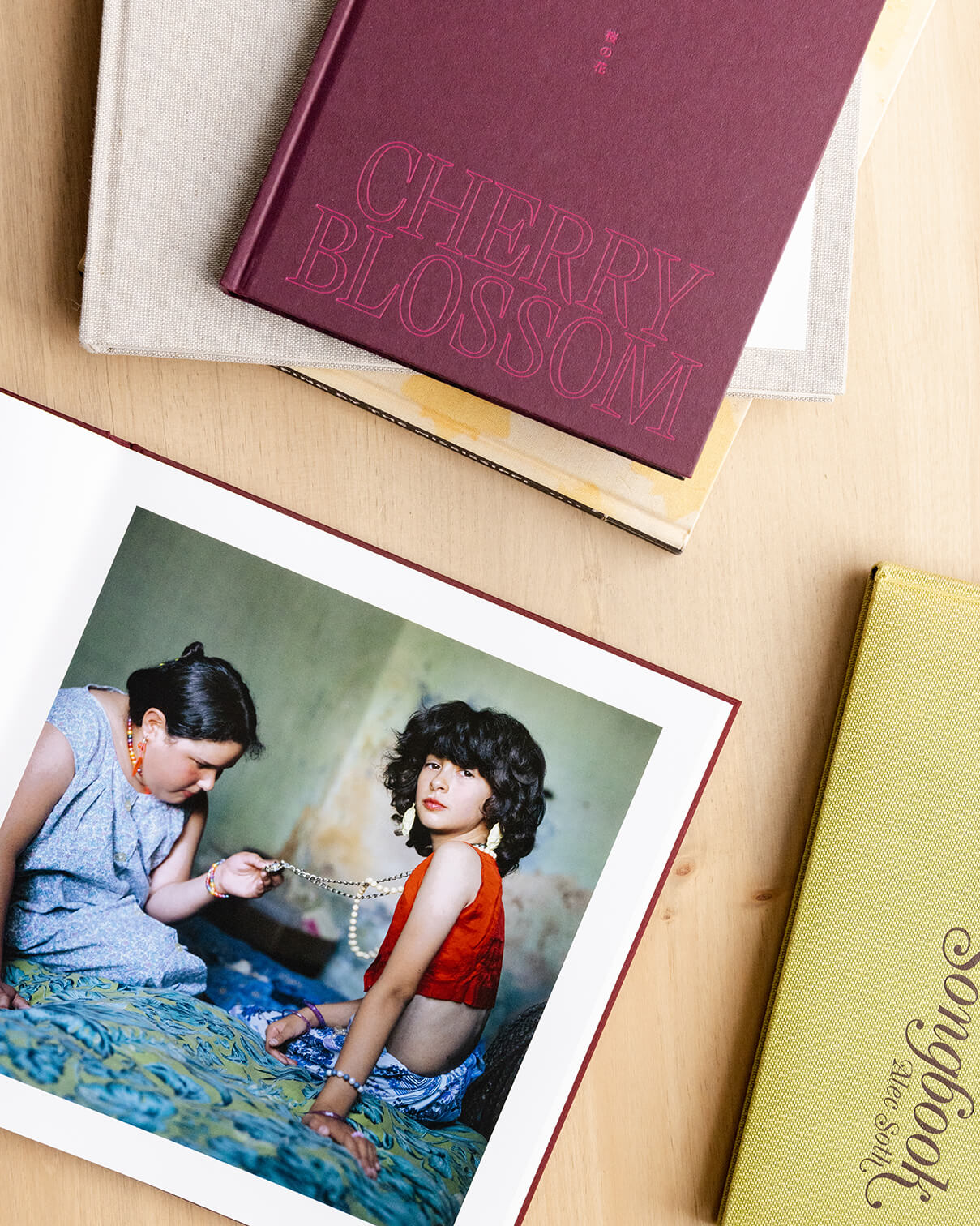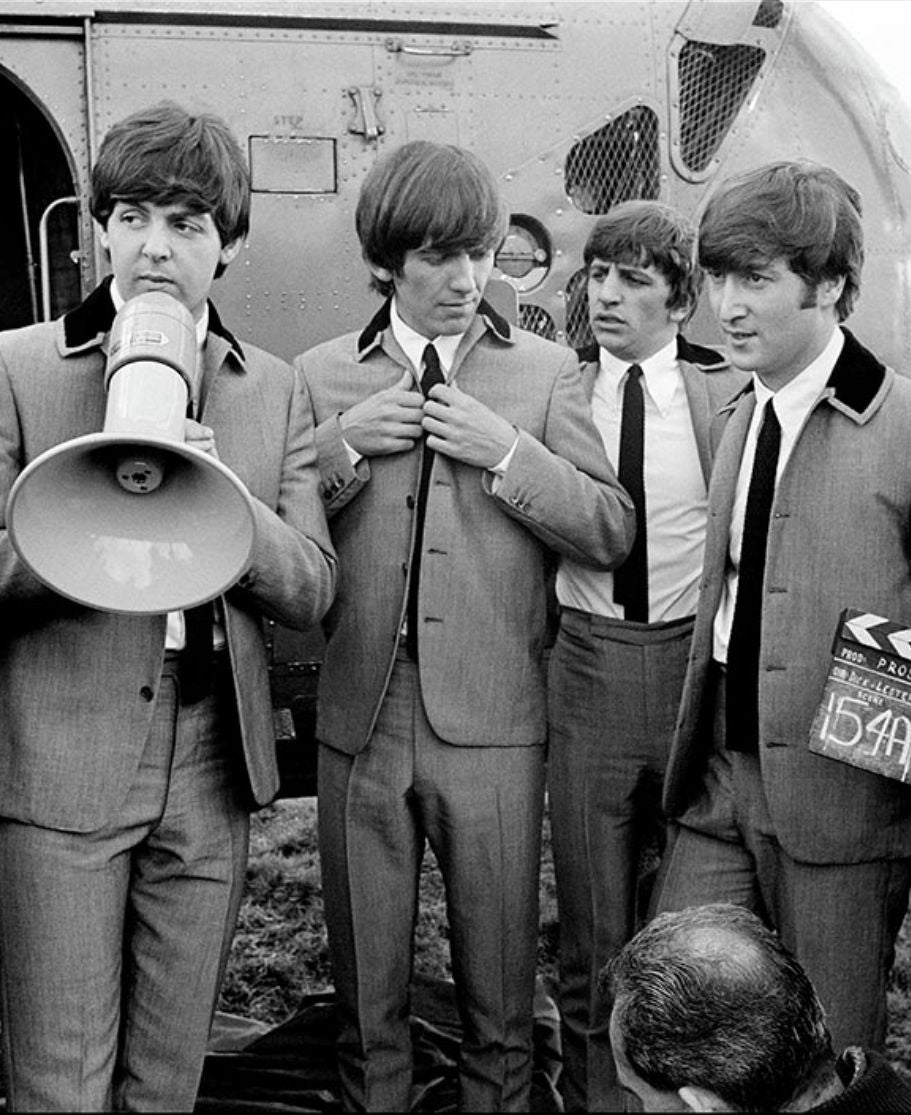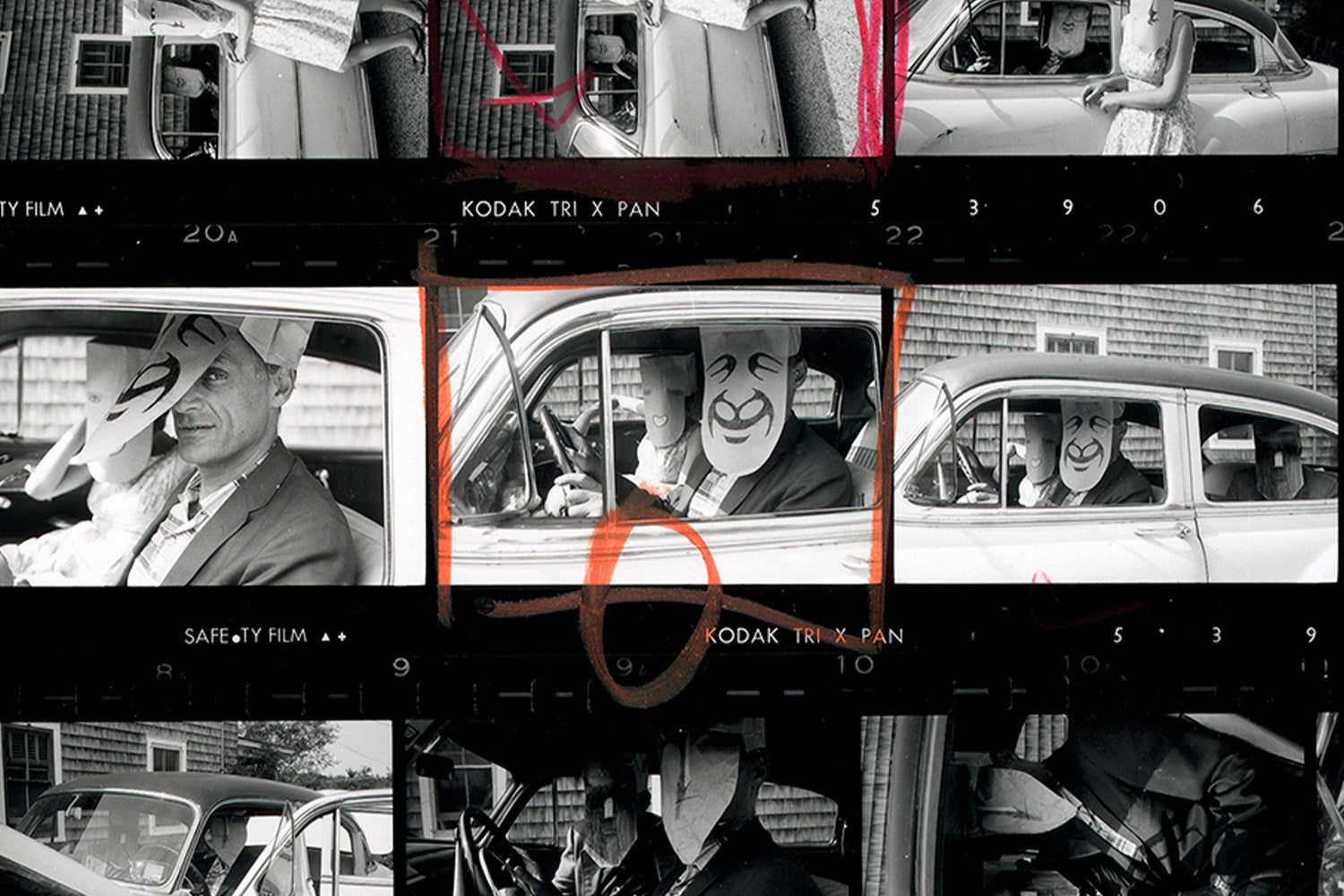Don't miss out on our collection posters of iconic images from the Magnum archive, or our selection of limited edition posters, signed by the photographers themselves.
-
Magnum Exhibition Poster: But Seriously
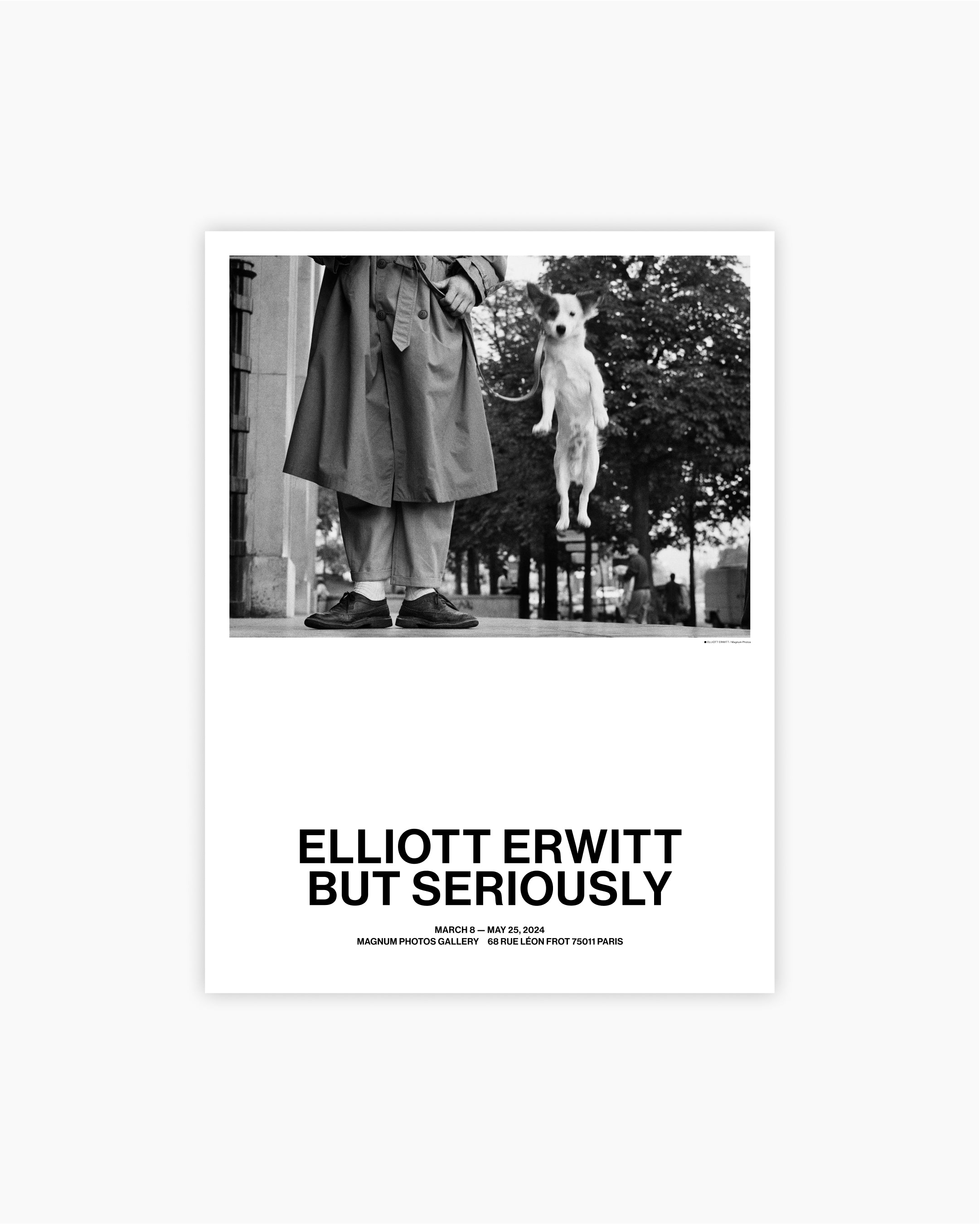 Vendor:Elliott Erwitt
Vendor:Elliott ErwittMagnum Exhibition Poster: But Seriously
- Regular price
- $35.00
- Sale price
- $35.00
- Regular price
-
-
Magnum Poster: New Brighton, UK, 1983–85
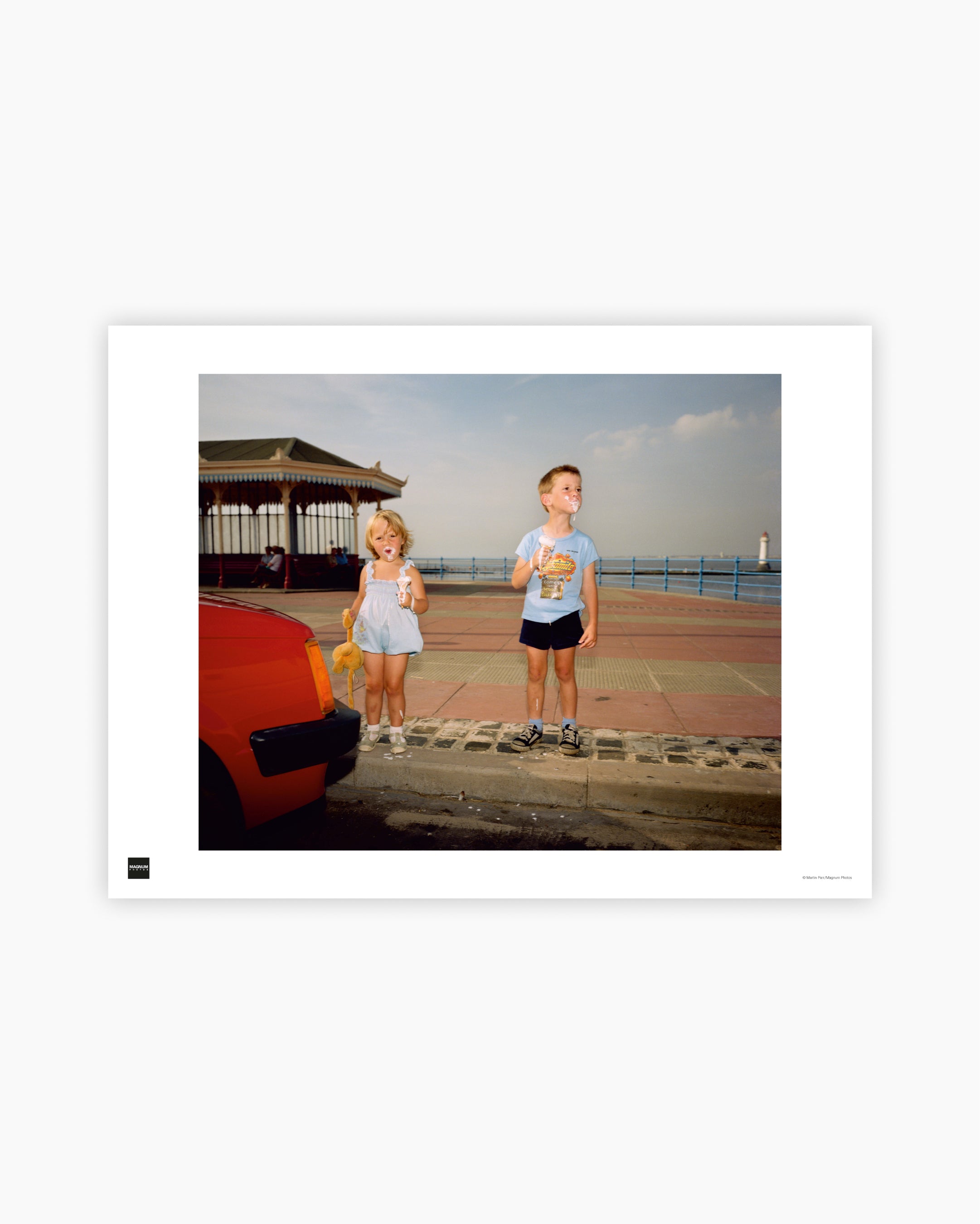
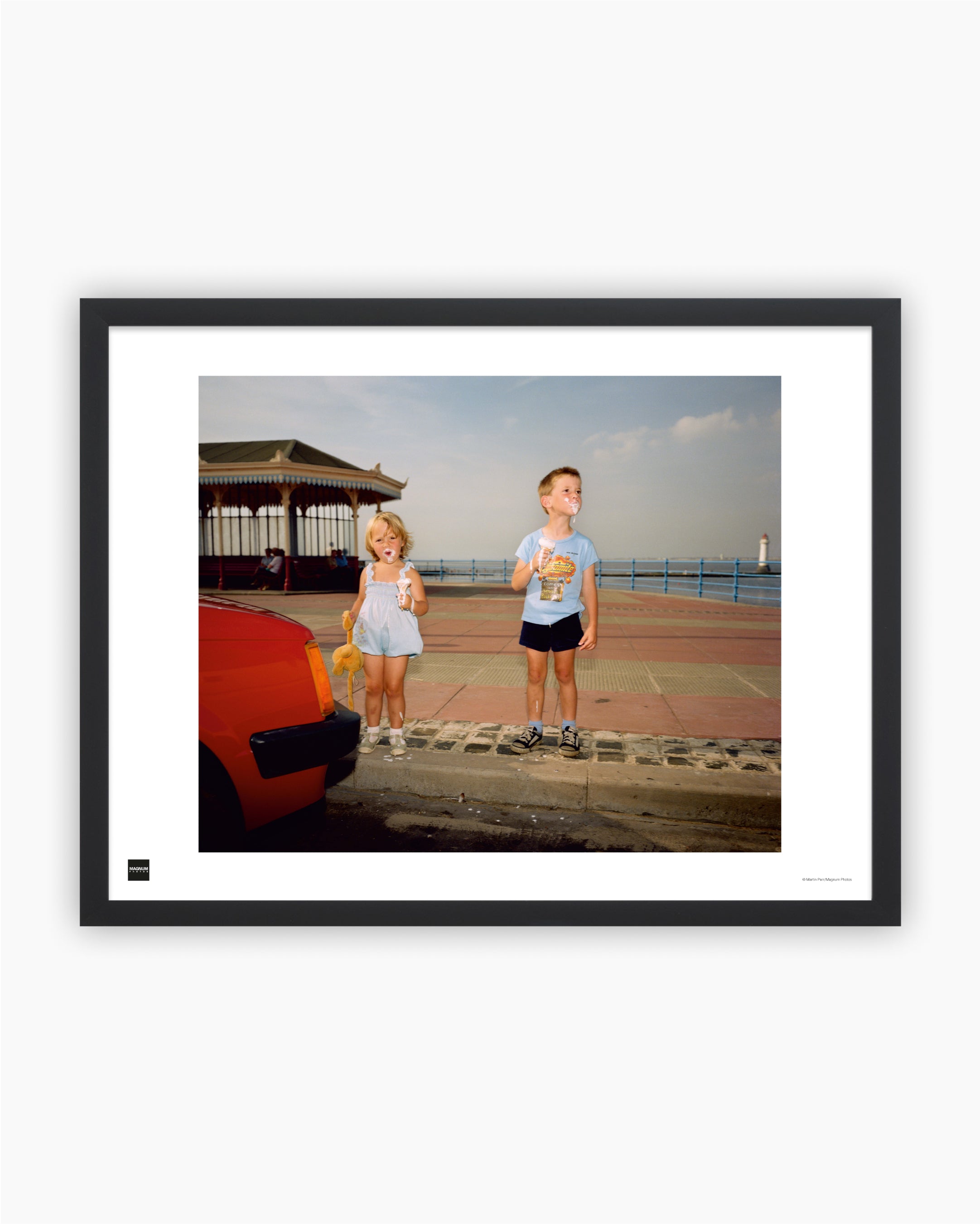 Vendor:Martin Parr
Vendor:Martin ParrMagnum Poster: New Brighton, UK, 1983–85
- Regular price
- $60.00 - $180.00
- Sale price
- $60.00 - $180.00
- Regular price
-
-
Magnum Poster: Venice Beach Rock Festival, 1968
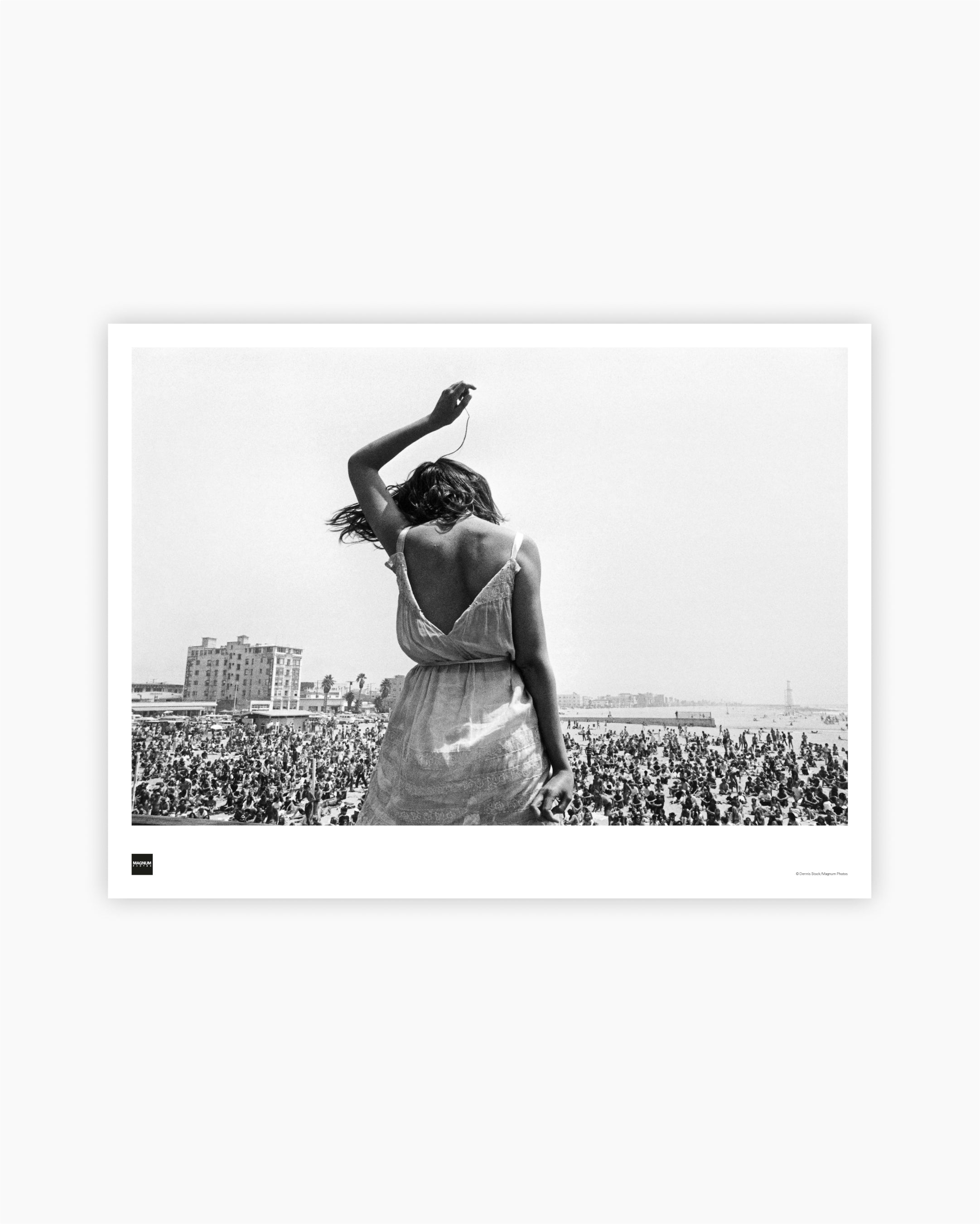
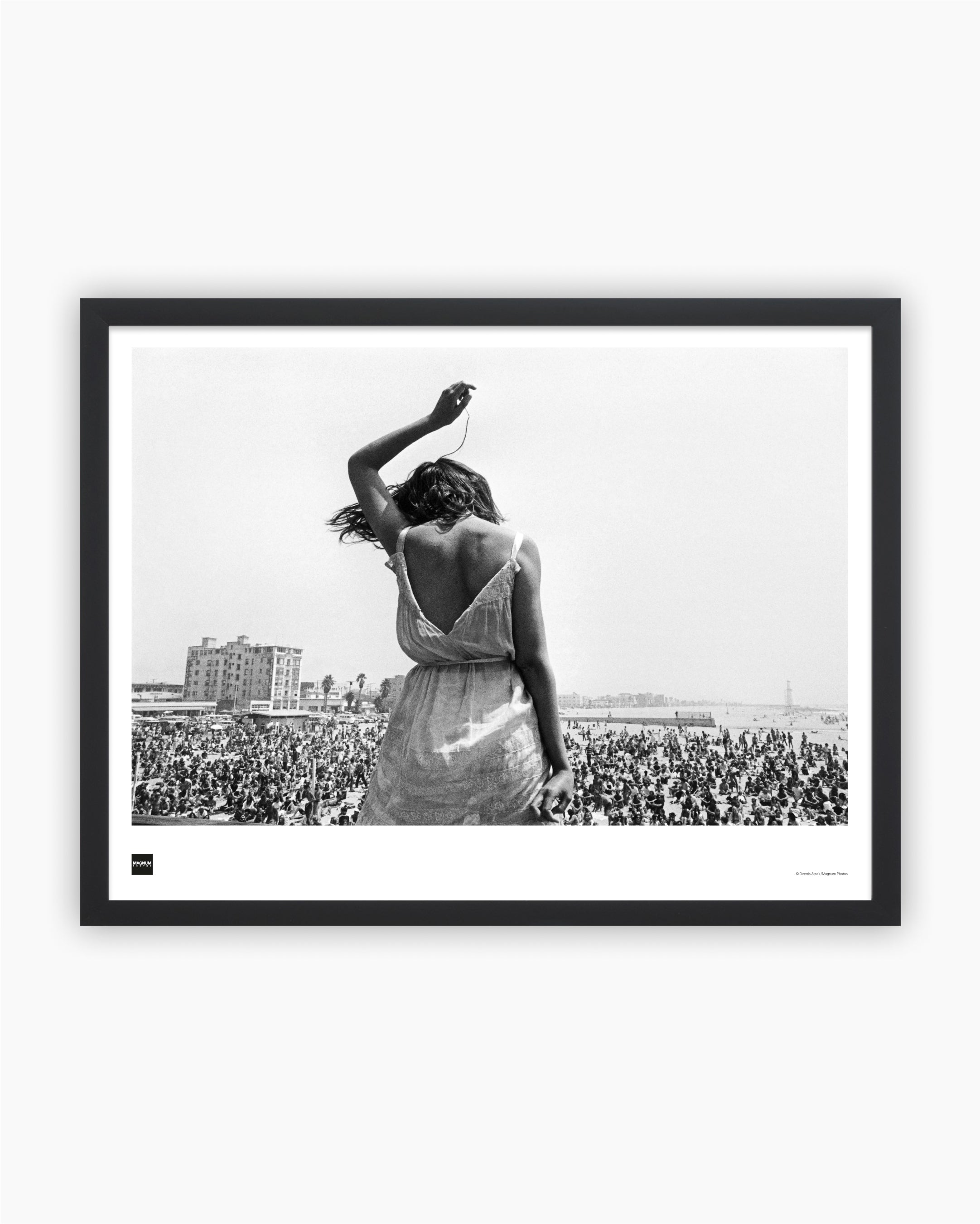 Vendor:Dennis Stock
Vendor:Dennis StockMagnum Poster: Venice Beach Rock Festival, 1968
- Regular price
- $60.00 - $180.00
- Sale price
- $60.00 - $180.00
- Regular price
-
-
Magnum Poster: Gourock Lido, Scotland, 2004
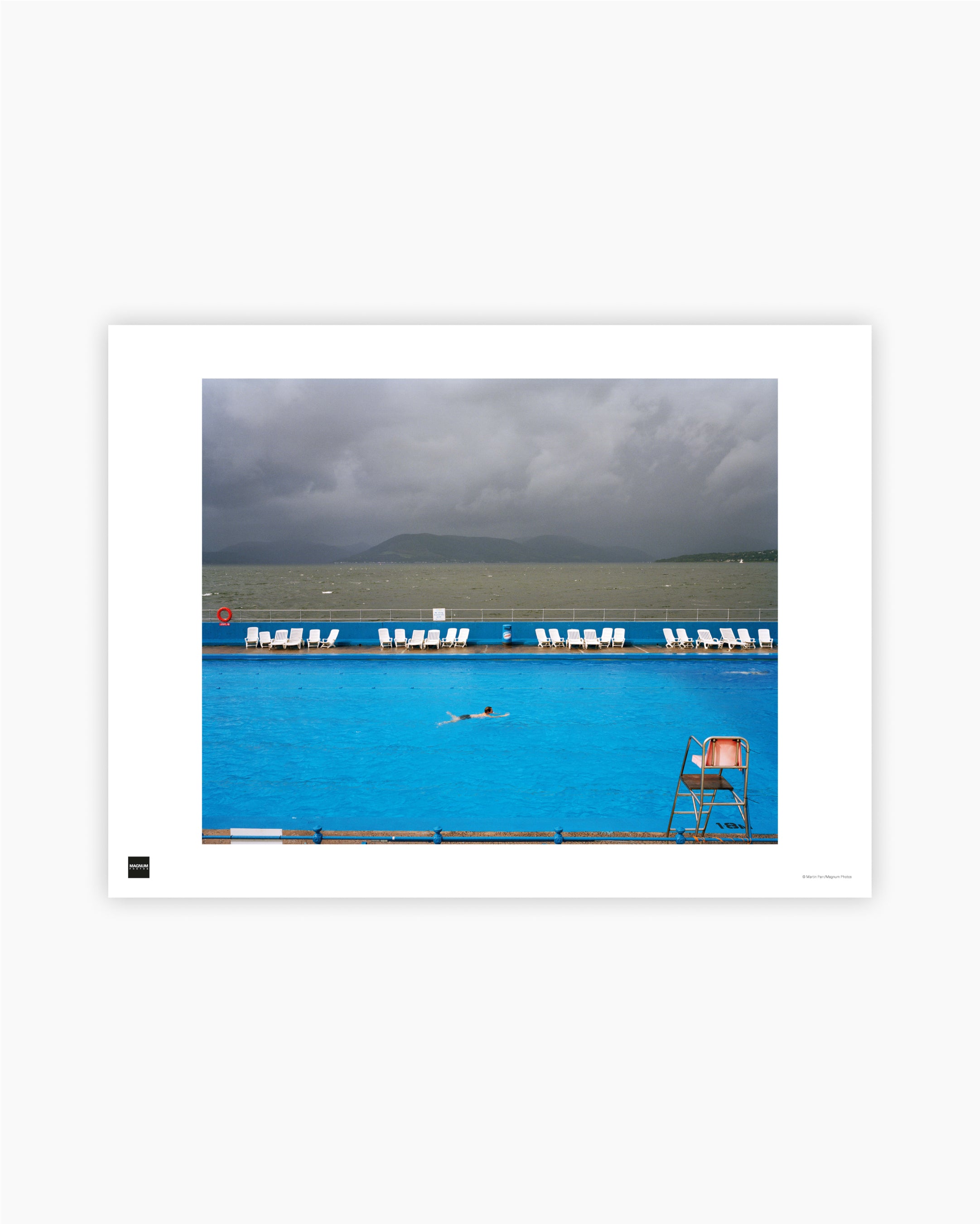
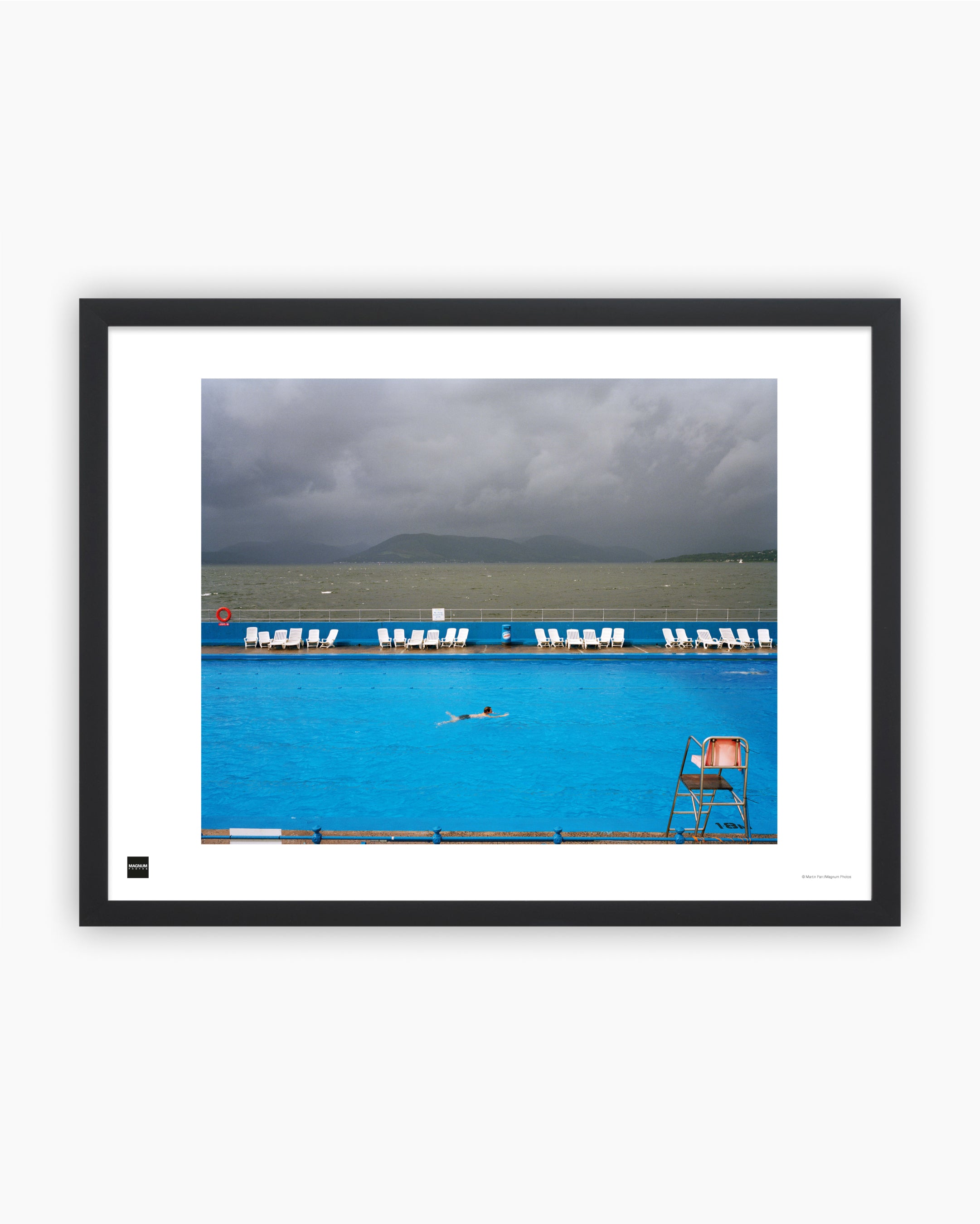 Vendor:Martin Parr
Vendor:Martin ParrMagnum Poster: Gourock Lido, Scotland, 2004
- Regular price
- $60.00 - $180.00
- Sale price
- $60.00 - $180.00
- Regular price
-
-
Magnum Editions Poster: Farewell ceremony. Spain, 1938
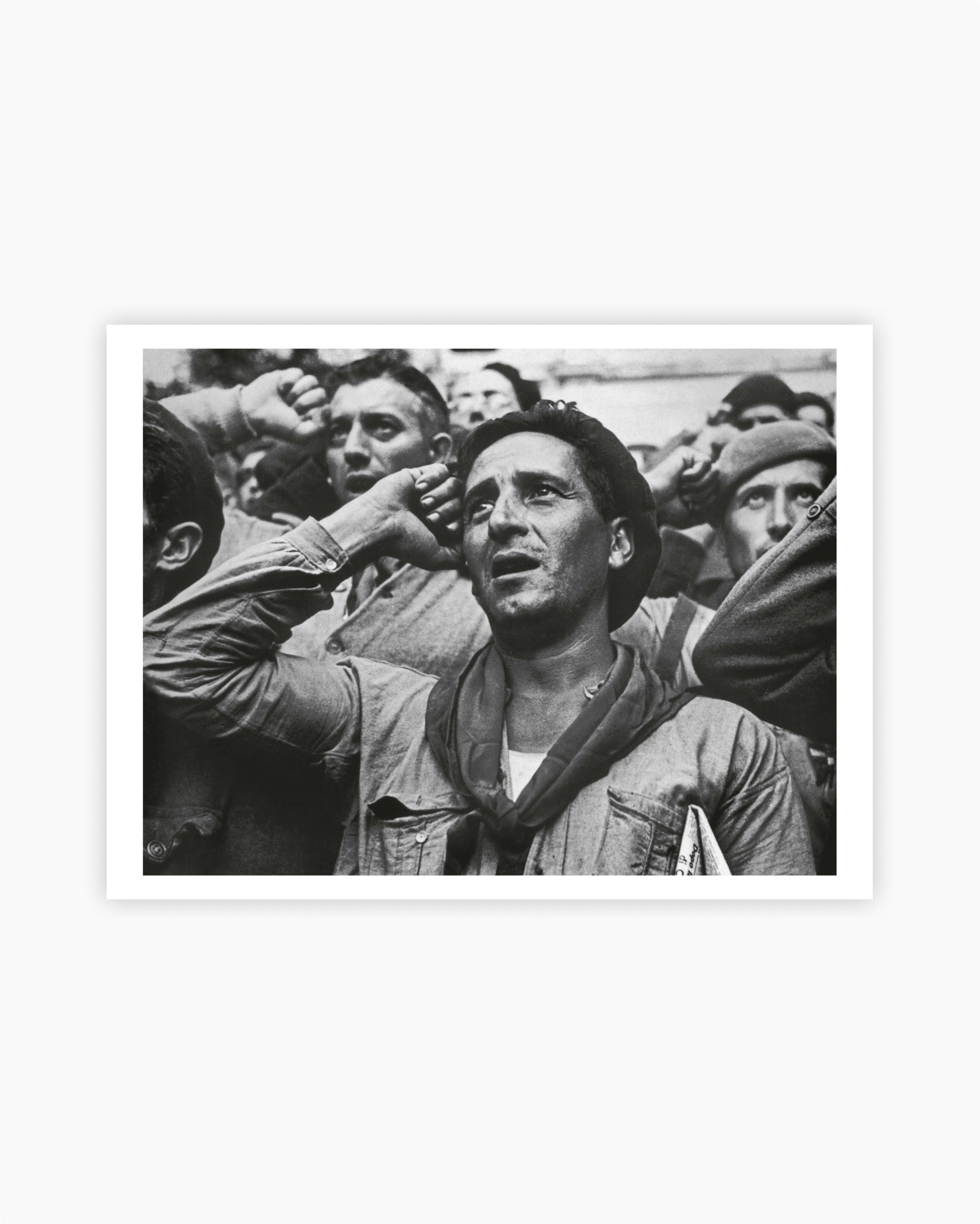
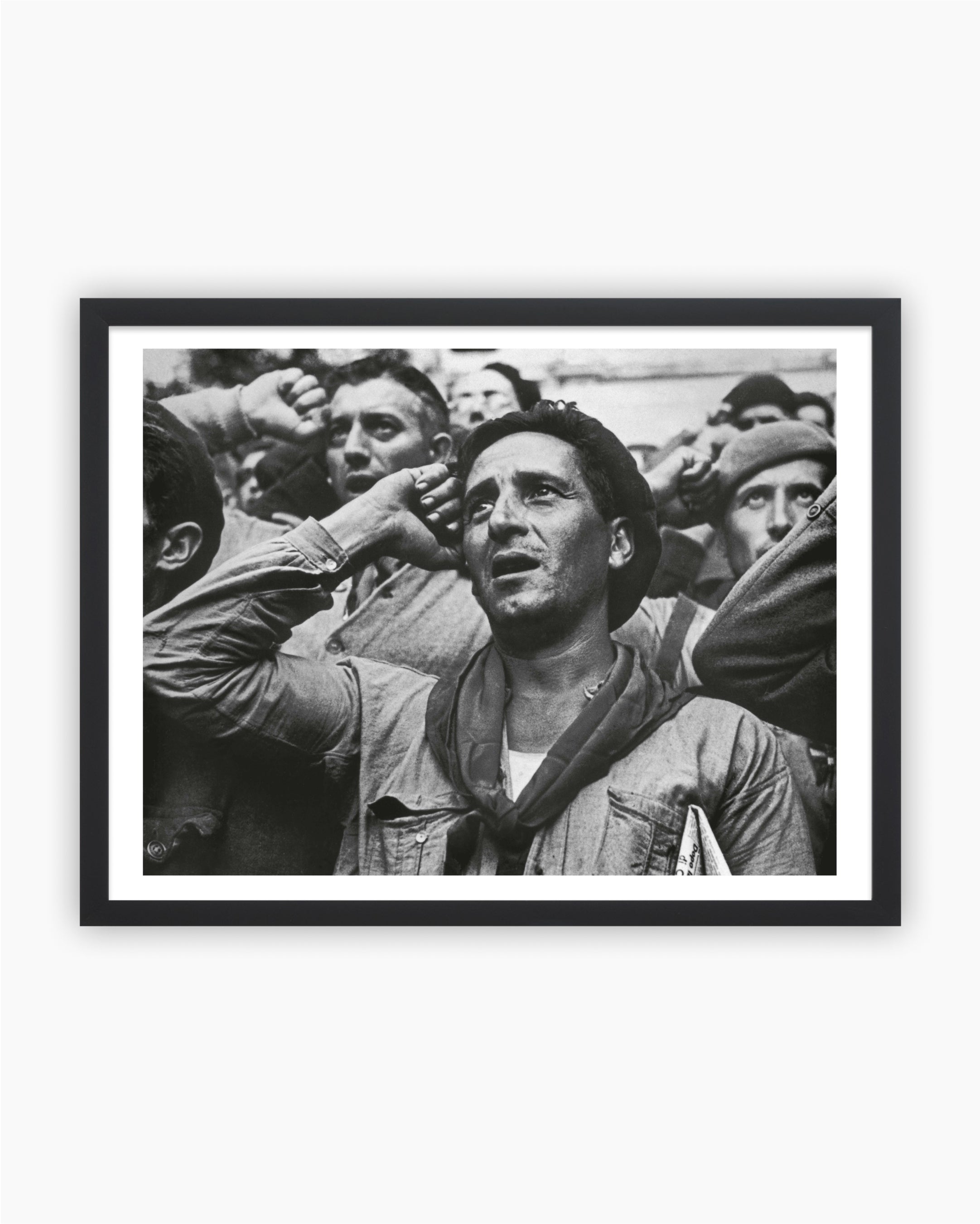 Vendor:Robert Capa
Vendor:Robert CapaMagnum Editions Poster: Farewell ceremony. Spain, 1938
- Regular price
- $100.00 - $300.00
- Sale price
- $100.00 - $300.00
- Regular price
-
-
Magnum Editions Poster: Andy Warhol with Edie Sedgwick and Chuck Wein, New York City, 1965
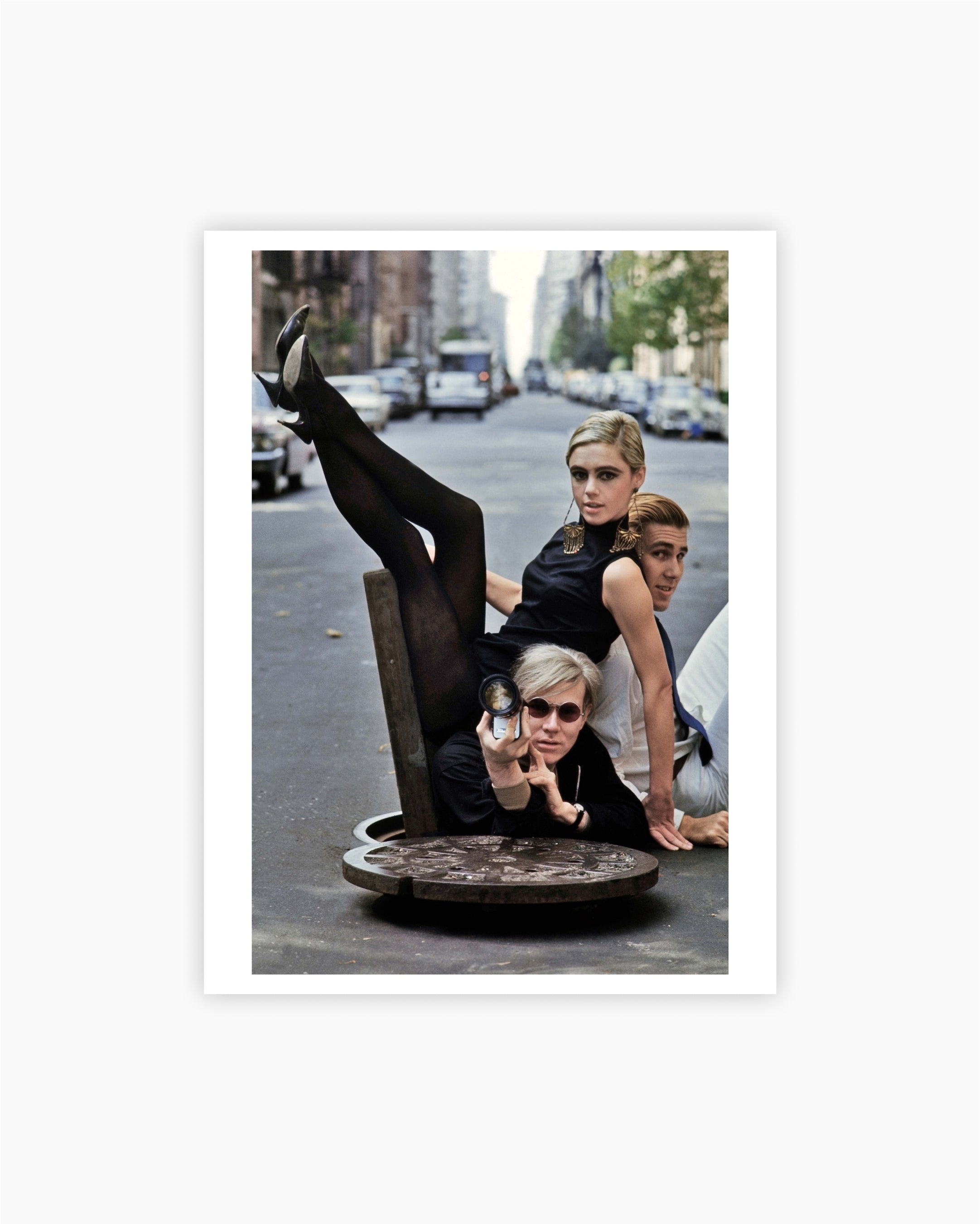
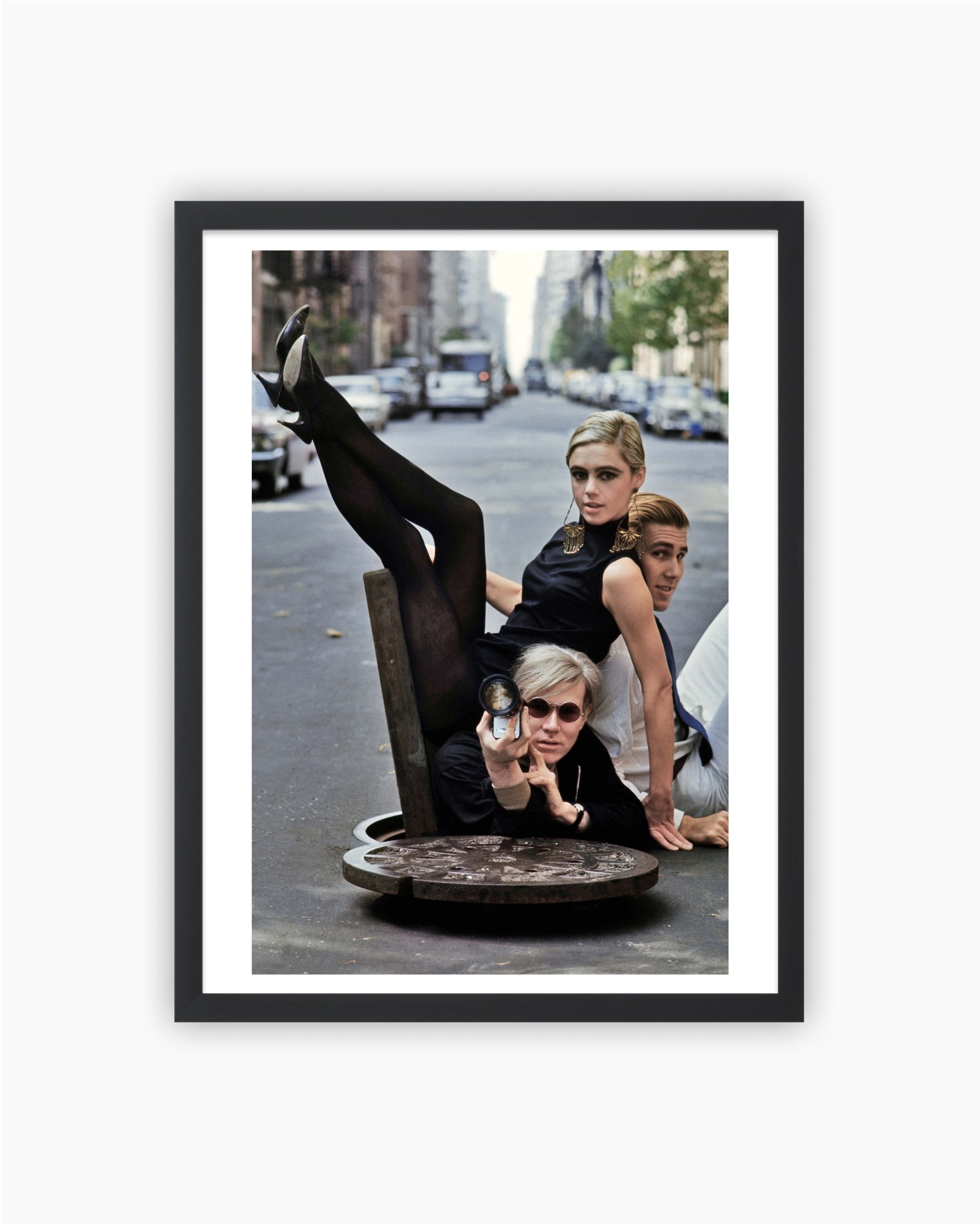 Vendor:Burt Glinn
Vendor:Burt GlinnMagnum Editions Poster: Andy Warhol with Edie Sedgwick and Chuck Wein, New York City, 1965
- Regular price
- $100.00 - $300.00
- Sale price
- $100.00 - $300.00
- Regular price
-
-
Vintage Poster: Henri Cartier-Bresson Europeans – Hayward Gallery, 1998
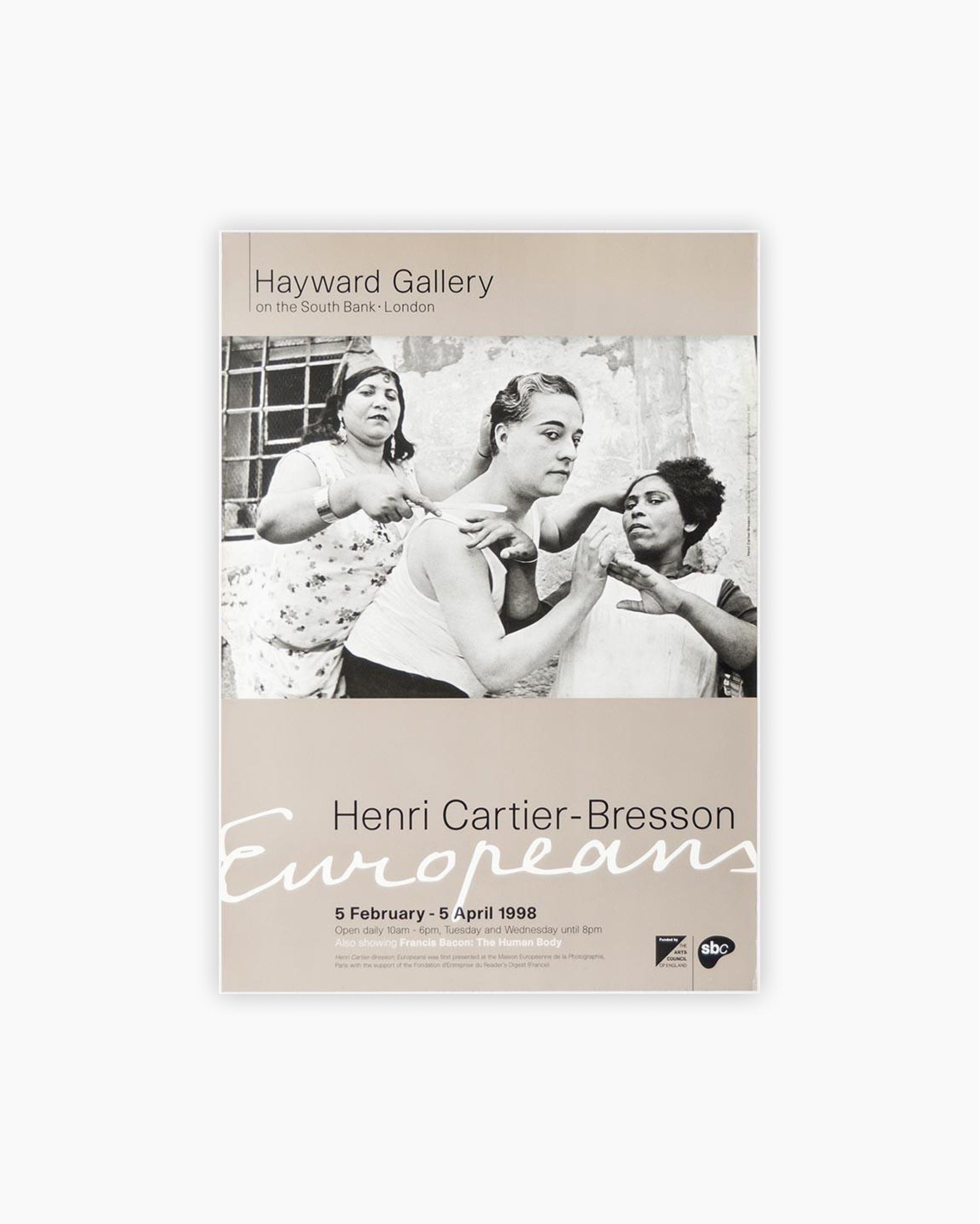 Vendor:Henri Cartier-Bresson
Vendor:Henri Cartier-BressonVintage Poster: Henri Cartier-Bresson Europeans – Hayward Gallery, 1998
- Regular price
- $100.00
- Sale price
- $100.00
- Regular price
-
-
Magnum Poster: Horse training for the militia, 1979
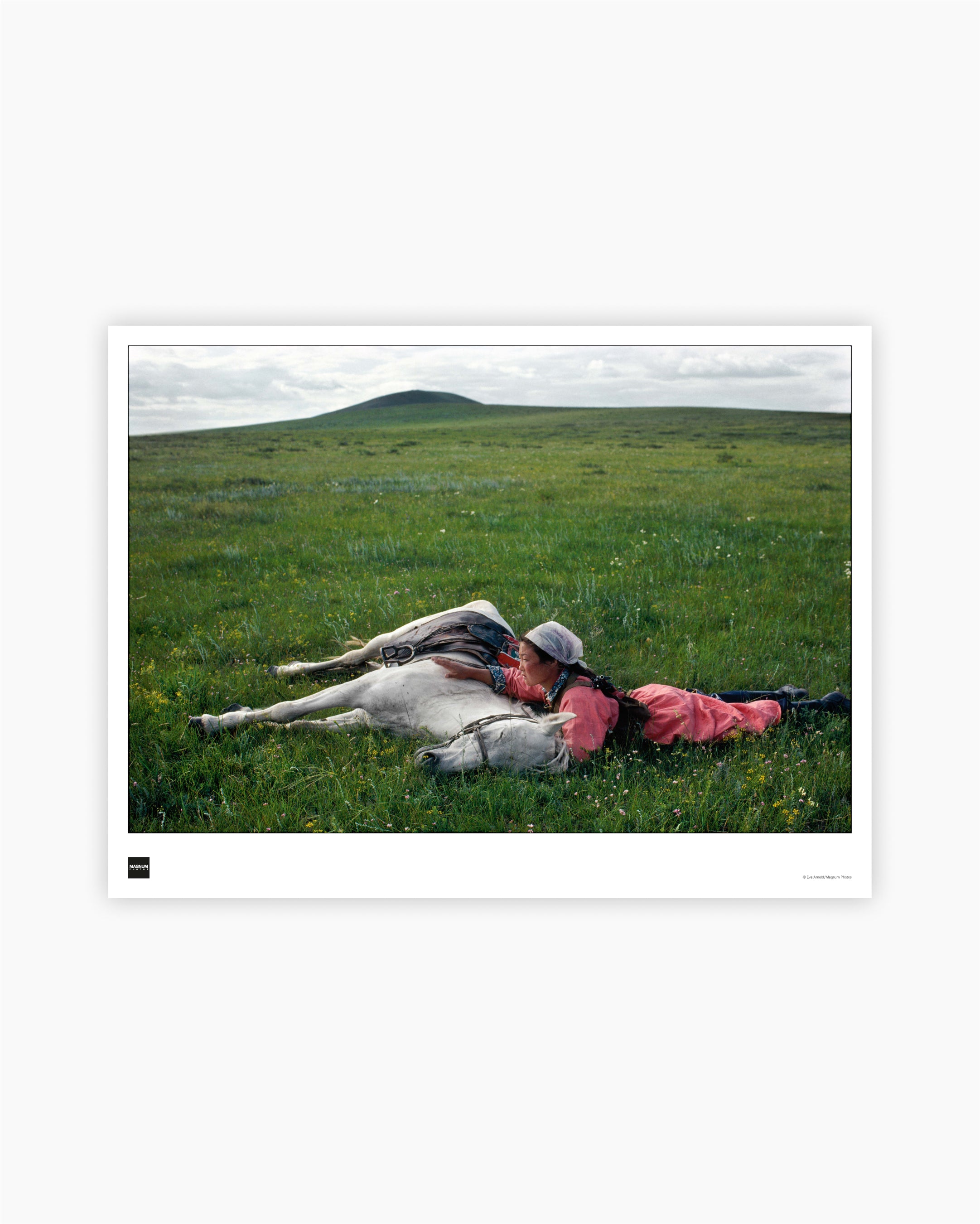
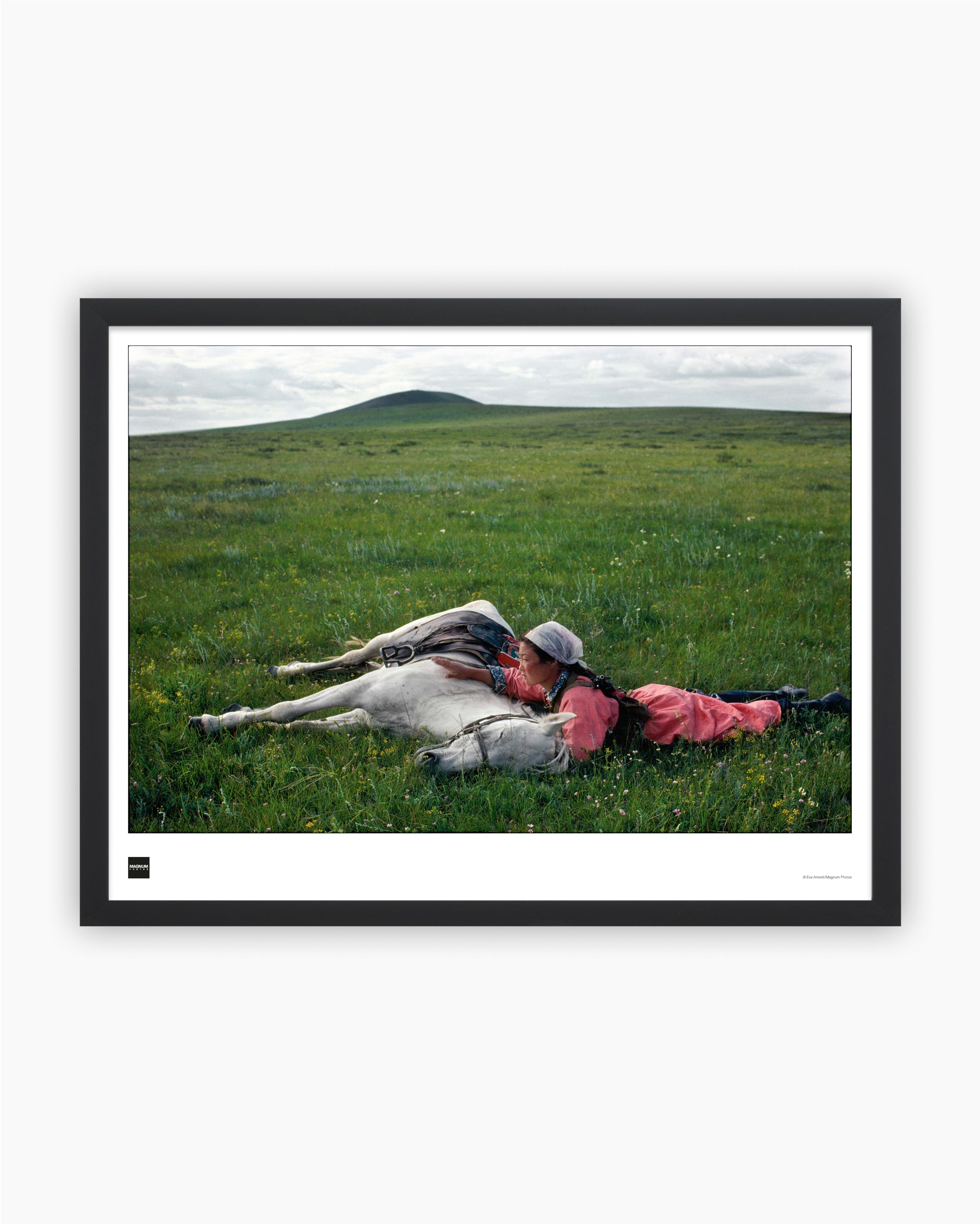 Vendor:Eve Arnold
Vendor:Eve ArnoldMagnum Poster: Horse training for the militia, 1979
- Regular price
- $60.00 - $180.00
- Sale price
- $60.00 - $180.00
- Regular price
-
-
Magnum Poster: Szechenyi thermal baths. Budapest, Hungary, 2000
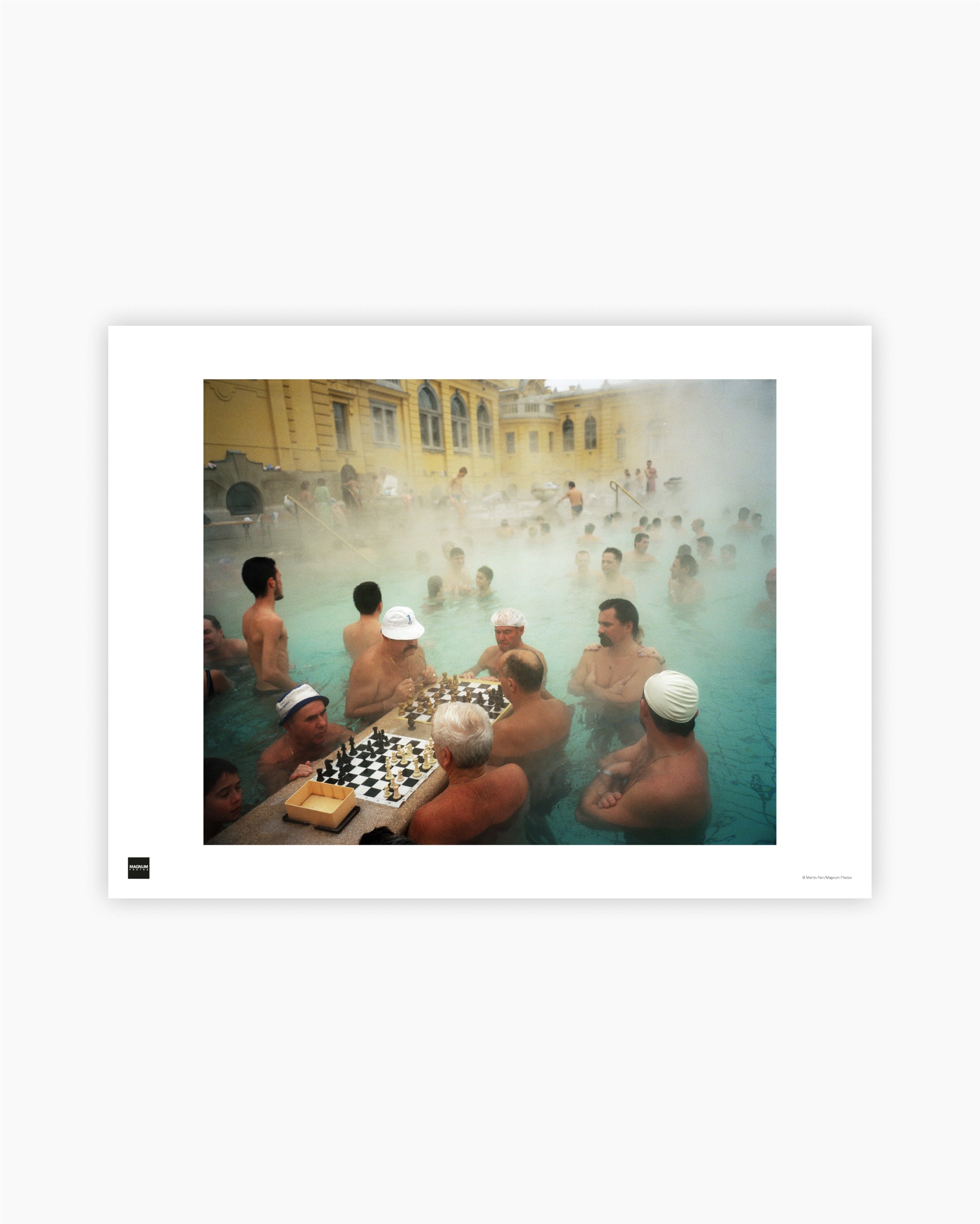
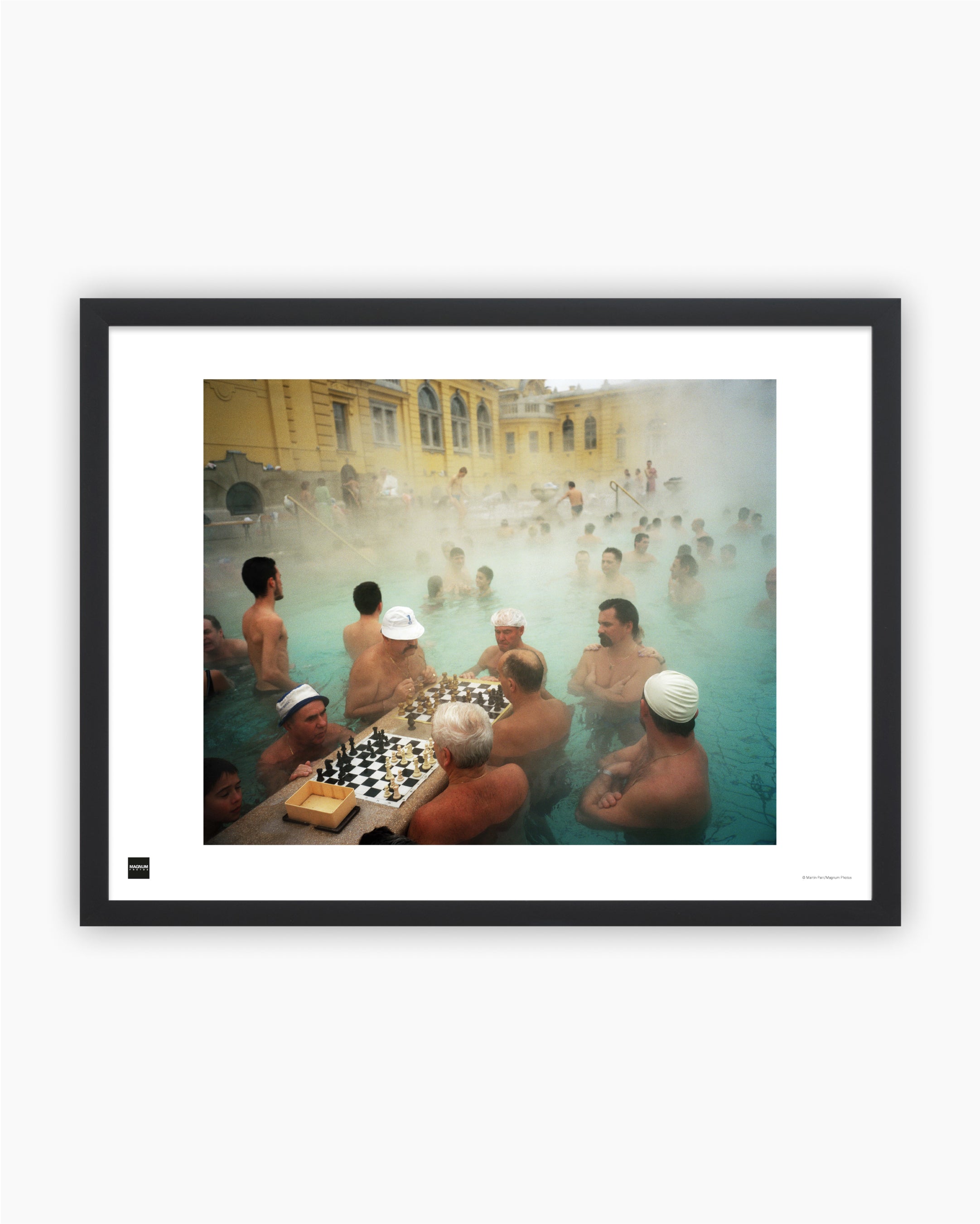 Vendor:Martin Parr
Vendor:Martin ParrMagnum Poster: Szechenyi thermal baths. Budapest, Hungary, 2000
- Regular price
- $60.00 - $180.00
- Sale price
- $60.00 - $180.00
- Regular price
-
-
Magnum Poster: Wyoming, 1954
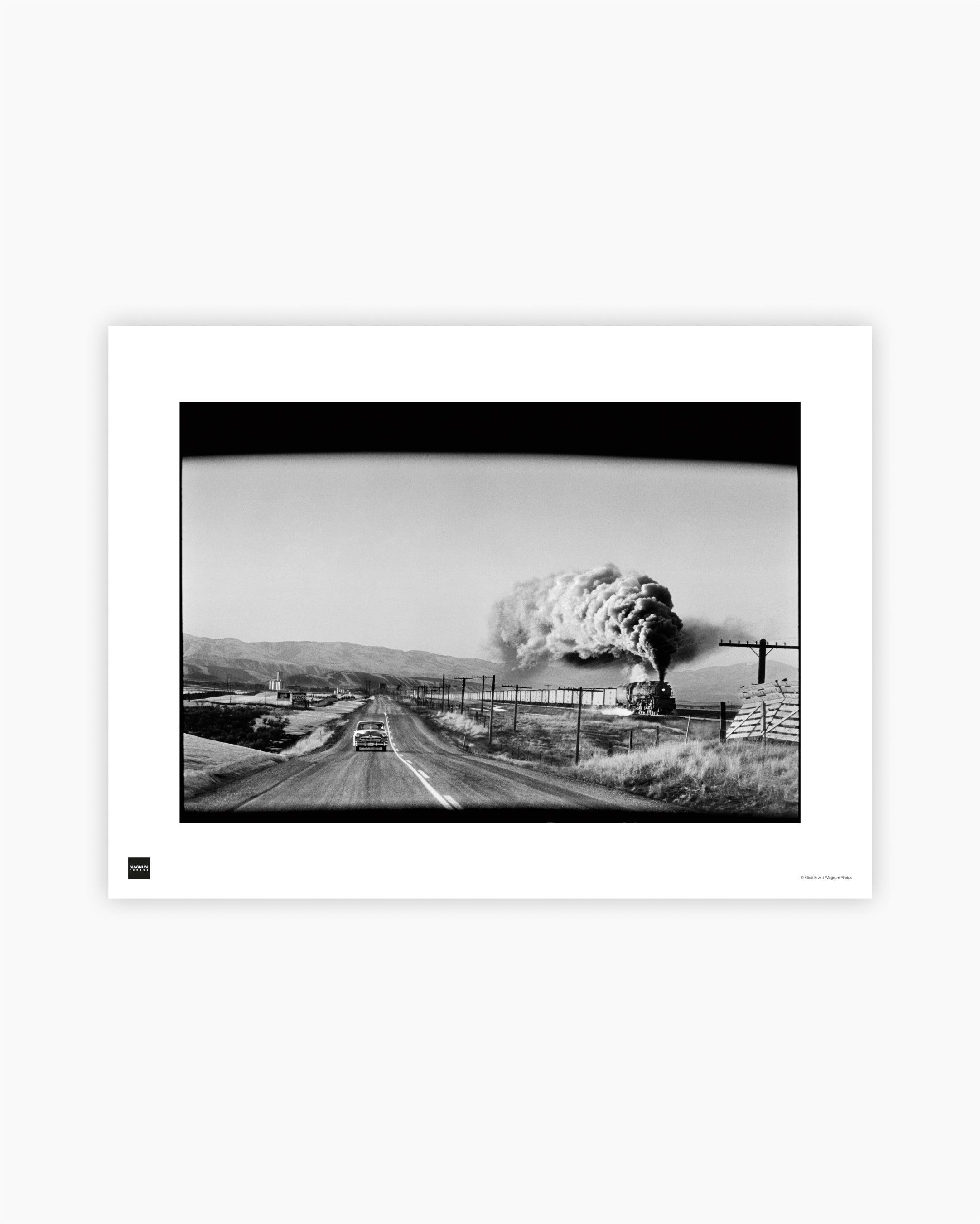
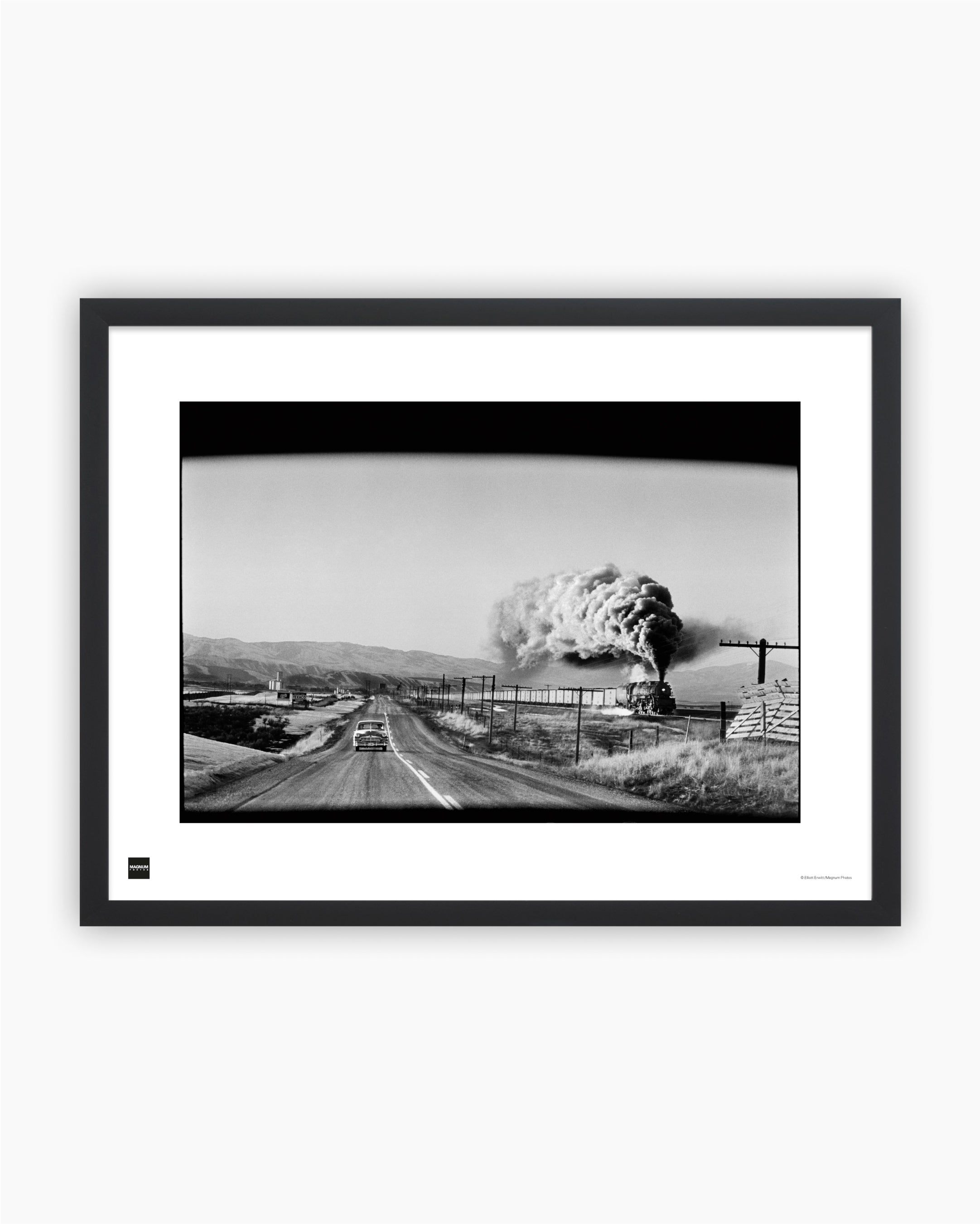 Vendor:Elliott Erwitt
Vendor:Elliott ErwittMagnum Poster: Wyoming, 1954
- Regular price
- $60.00 - $180.00
- Sale price
- $60.00 - $180.00
- Regular price
-
-
Magnum Poster: Riders. South Dakota, 2016
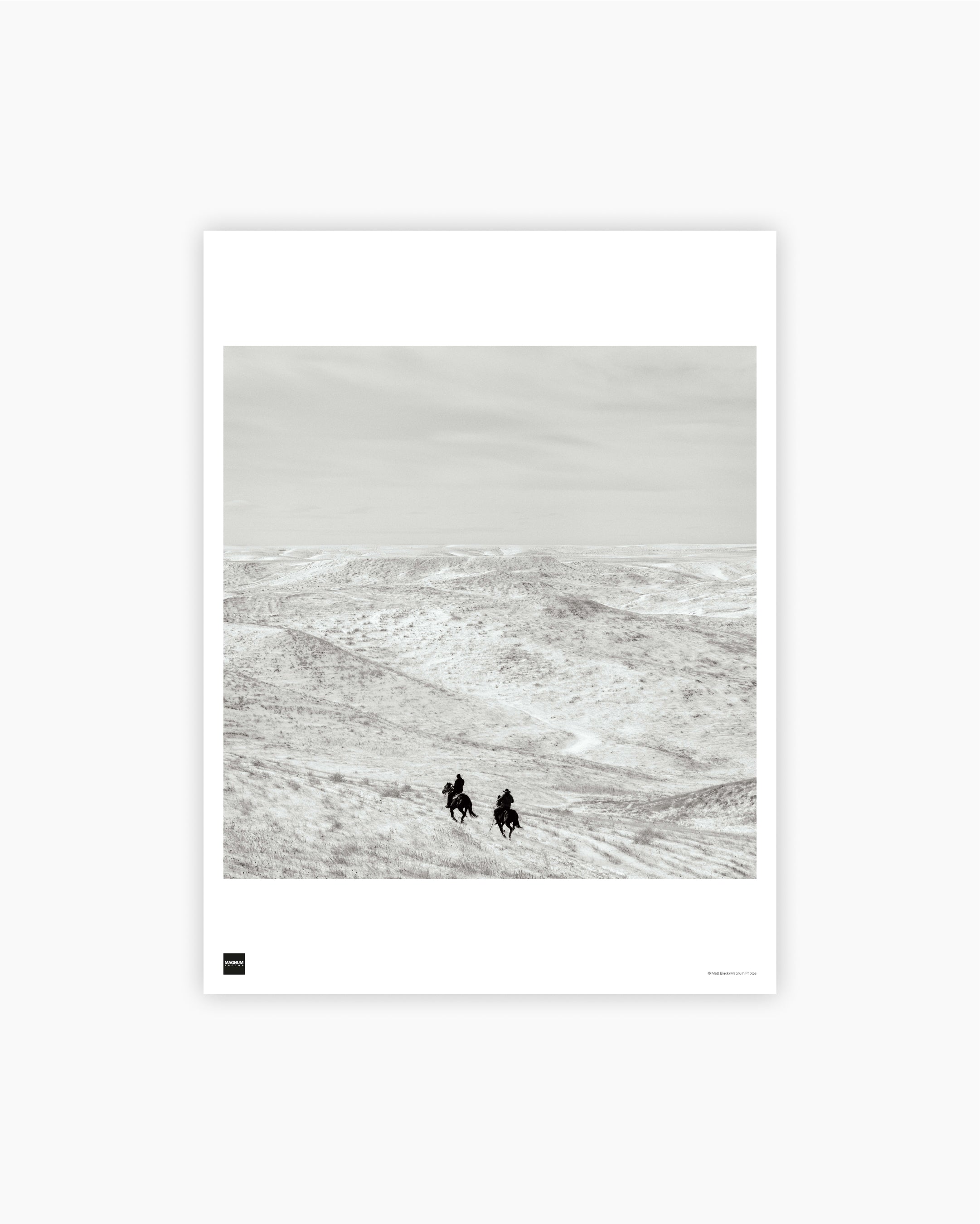
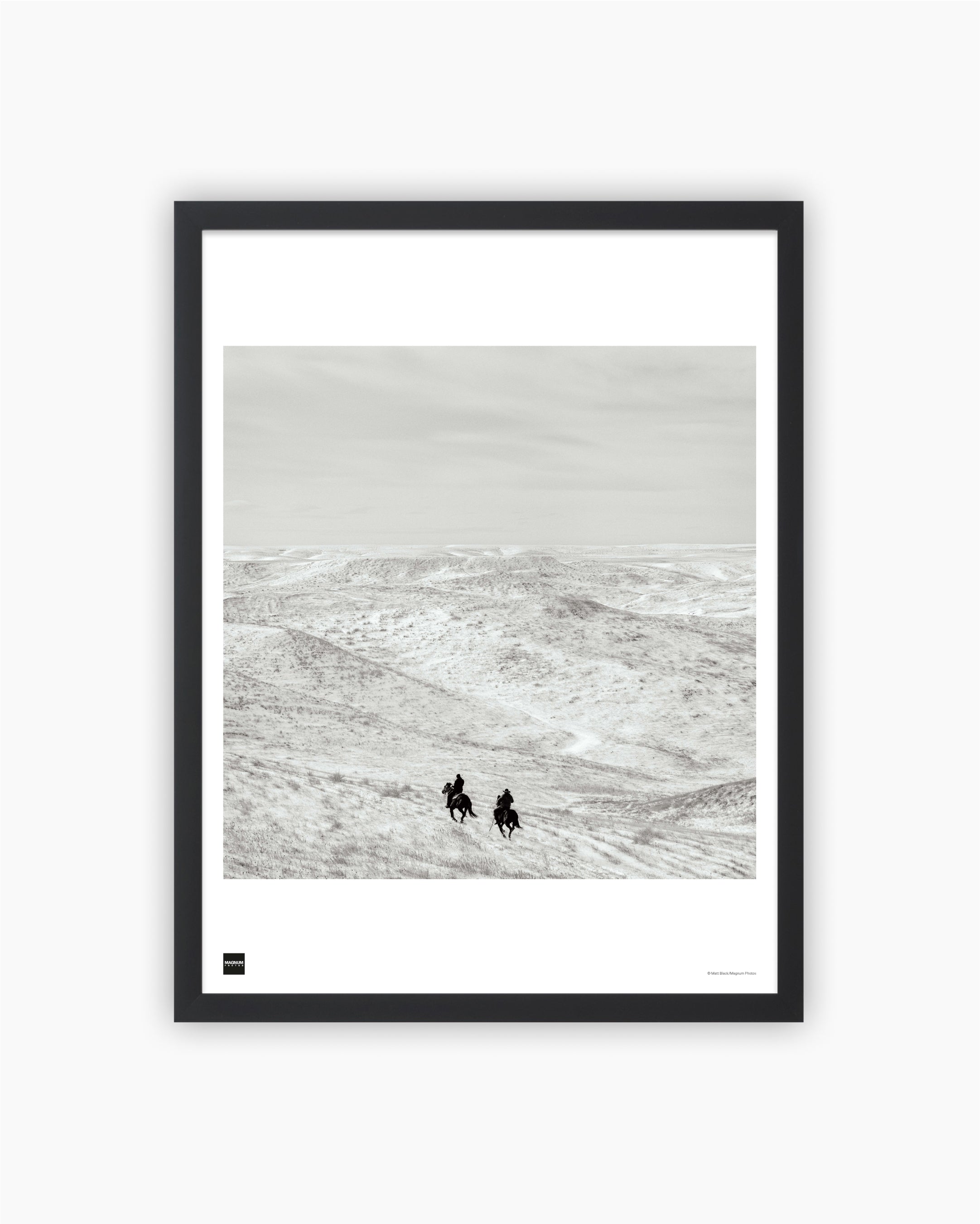 Vendor:Matt Black
Vendor:Matt BlackMagnum Poster: Riders. South Dakota, 2016
- Regular price
- $60.00 - $180.00
- Sale price
- $60.00 - $180.00
- Regular price
-
-
Magnum Poster: White Sands National Park. New Mexico, USA, 1990
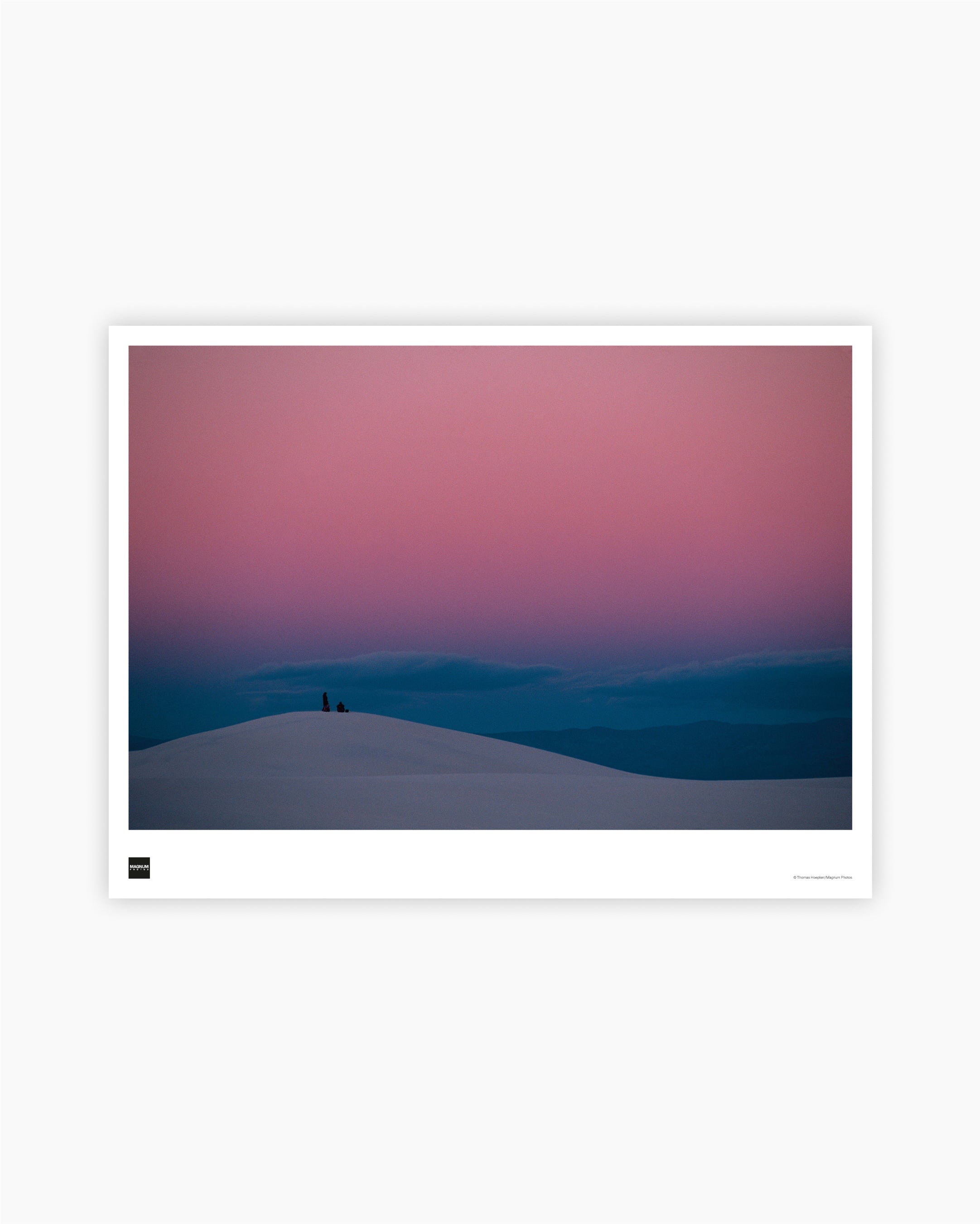
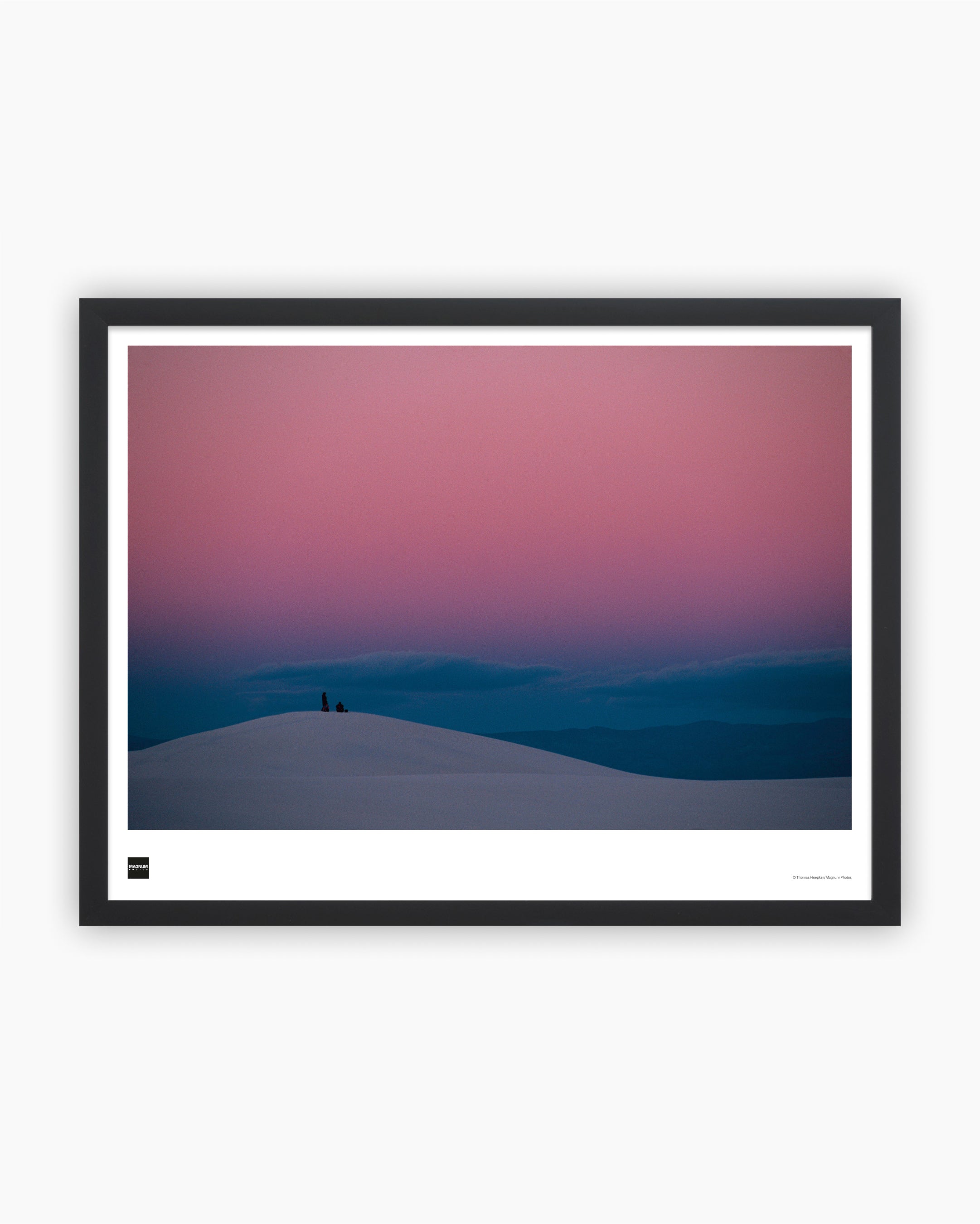 Vendor:Thomas Hoepker
Vendor:Thomas HoepkerMagnum Poster: White Sands National Park. New Mexico, USA, 1990
- Regular price
- $60.00 - $180.00
- Sale price
- $60.00 - $180.00
- Regular price
-
-
Magnum Poster: New Brighton, England, 1983-85
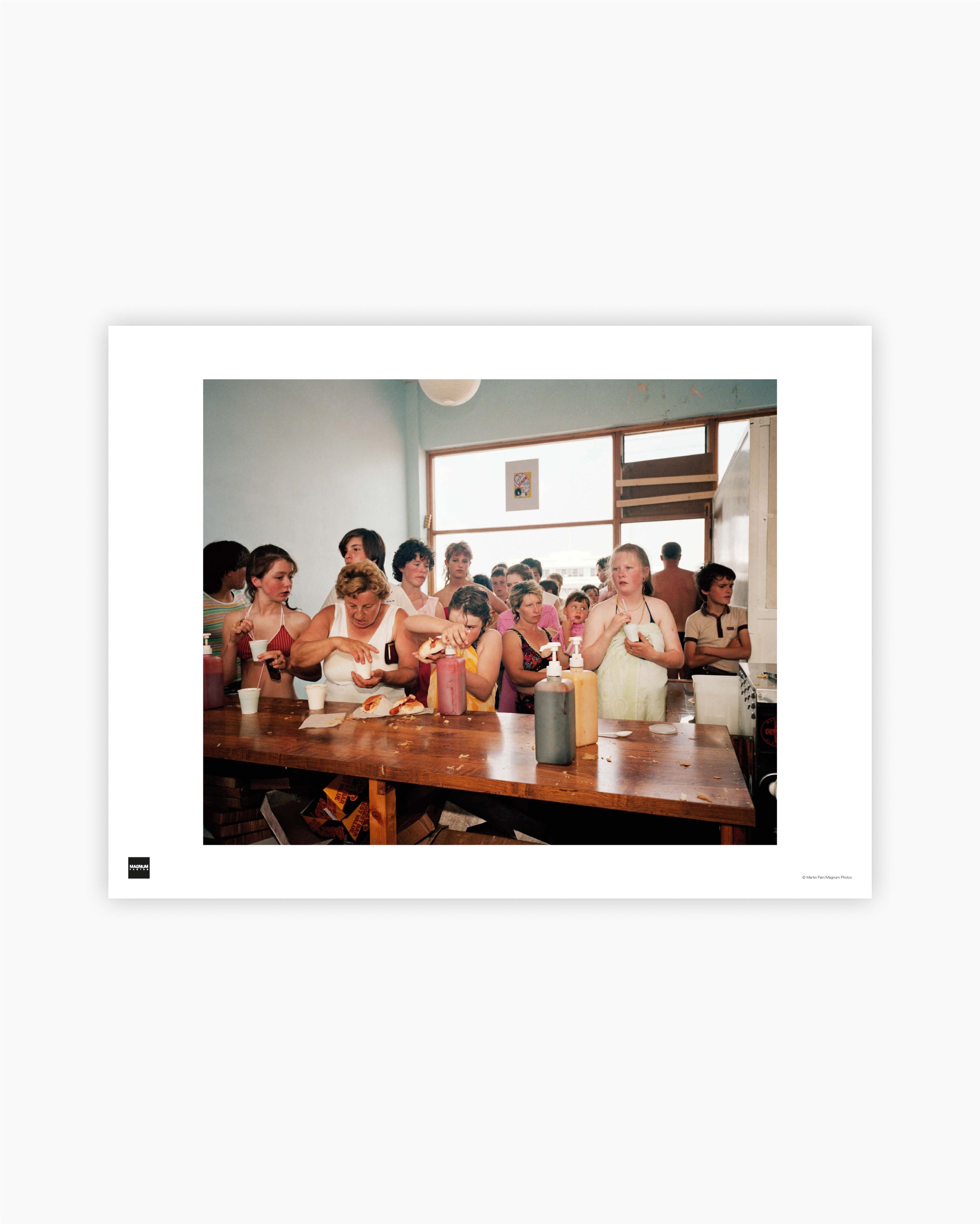
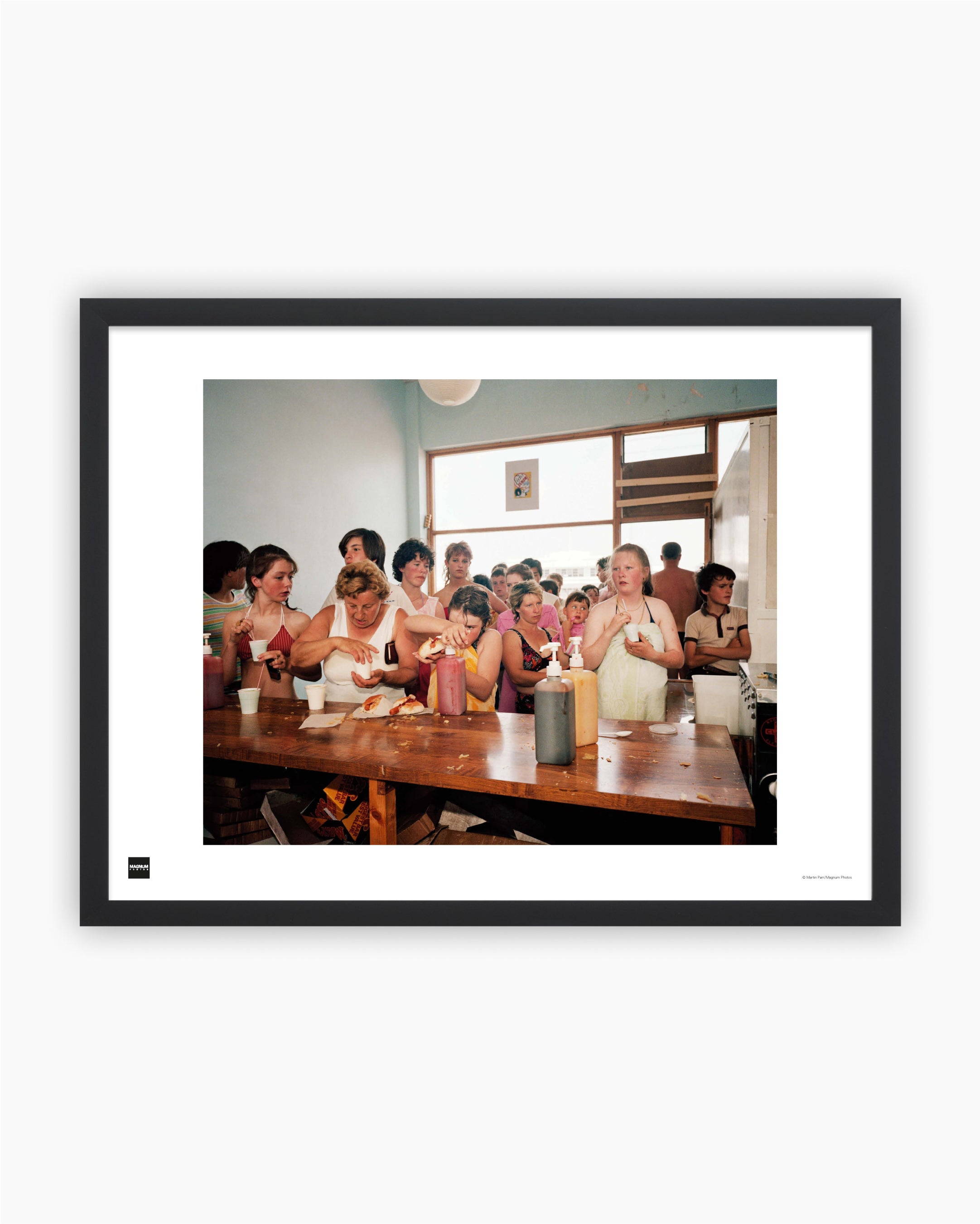 Vendor:Martin Parr
Vendor:Martin ParrMagnum Poster: New Brighton, England, 1983-85
- Regular price
- $60.00 - $180.00
- Sale price
- $60.00 - $180.00
- Regular price
-
-
Magnum Editions Poster: John Steinbeck and Robert Capa. Moscow, 1947
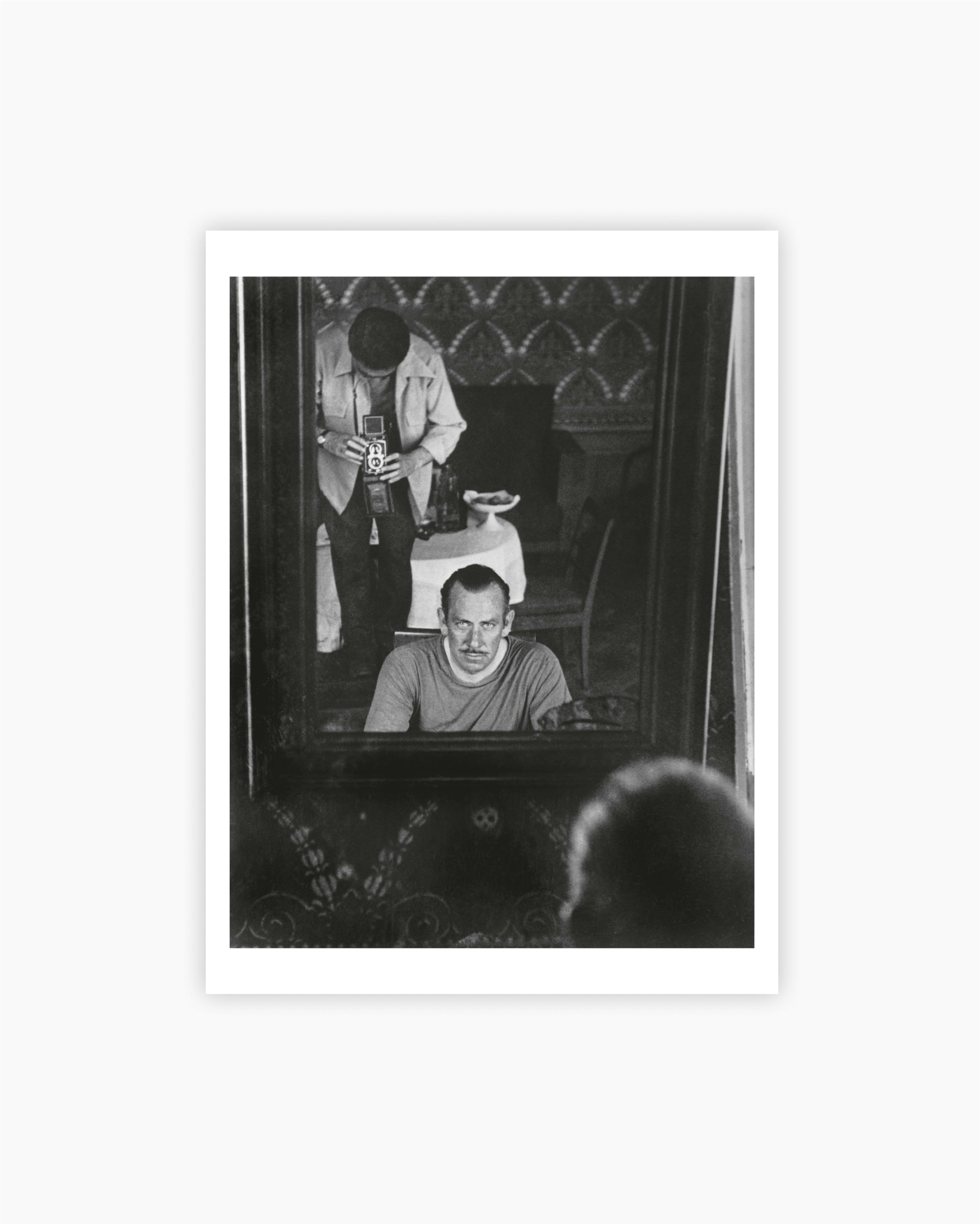
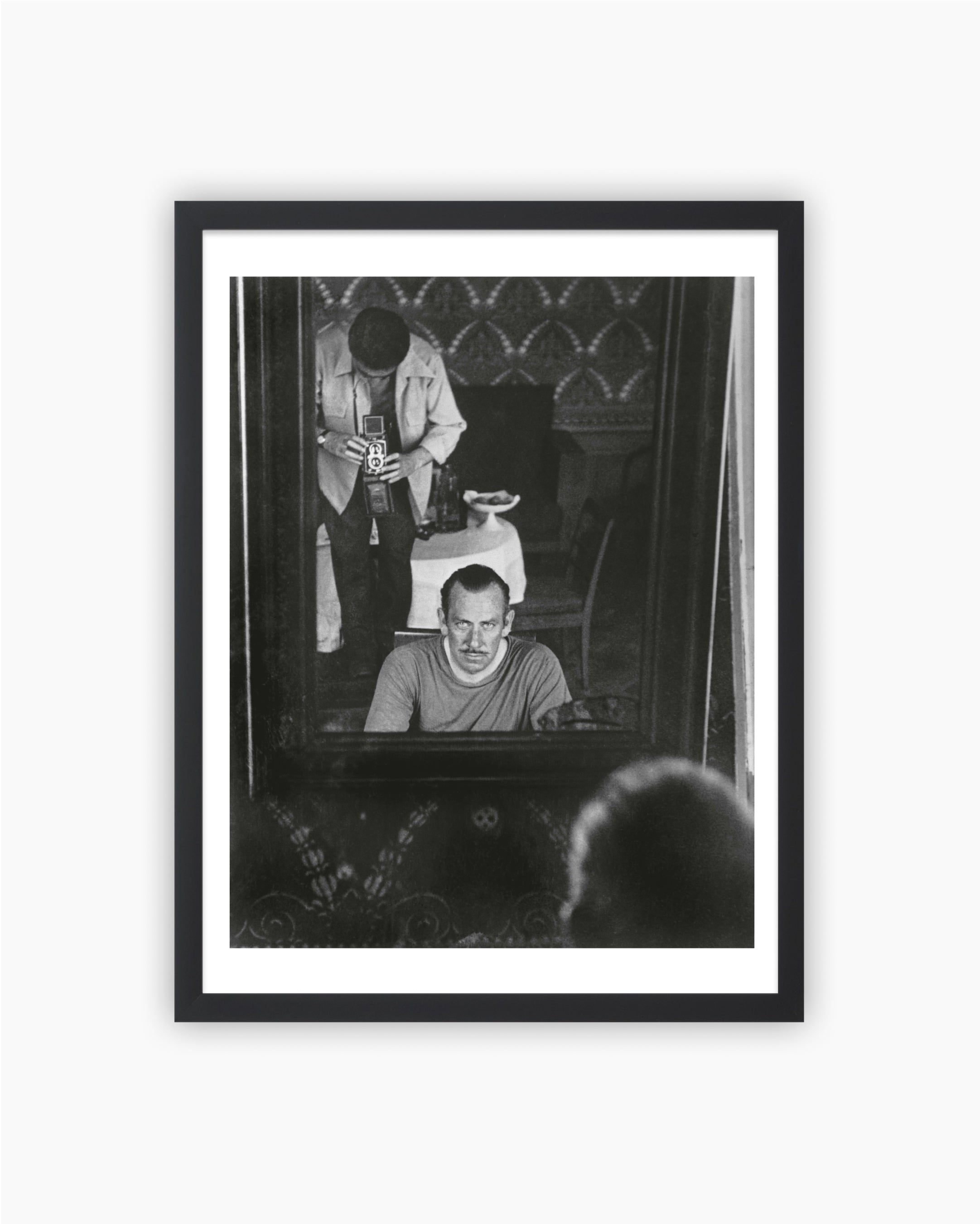 Vendor:Robert Capa
Vendor:Robert CapaMagnum Editions Poster: John Steinbeck and Robert Capa. Moscow, 1947
- Regular price
- $100.00 - $300.00
- Sale price
- $100.00 - $300.00
- Regular price
-
-
Magnum Editions Poster: Jetty. Biarritz, France, 1951
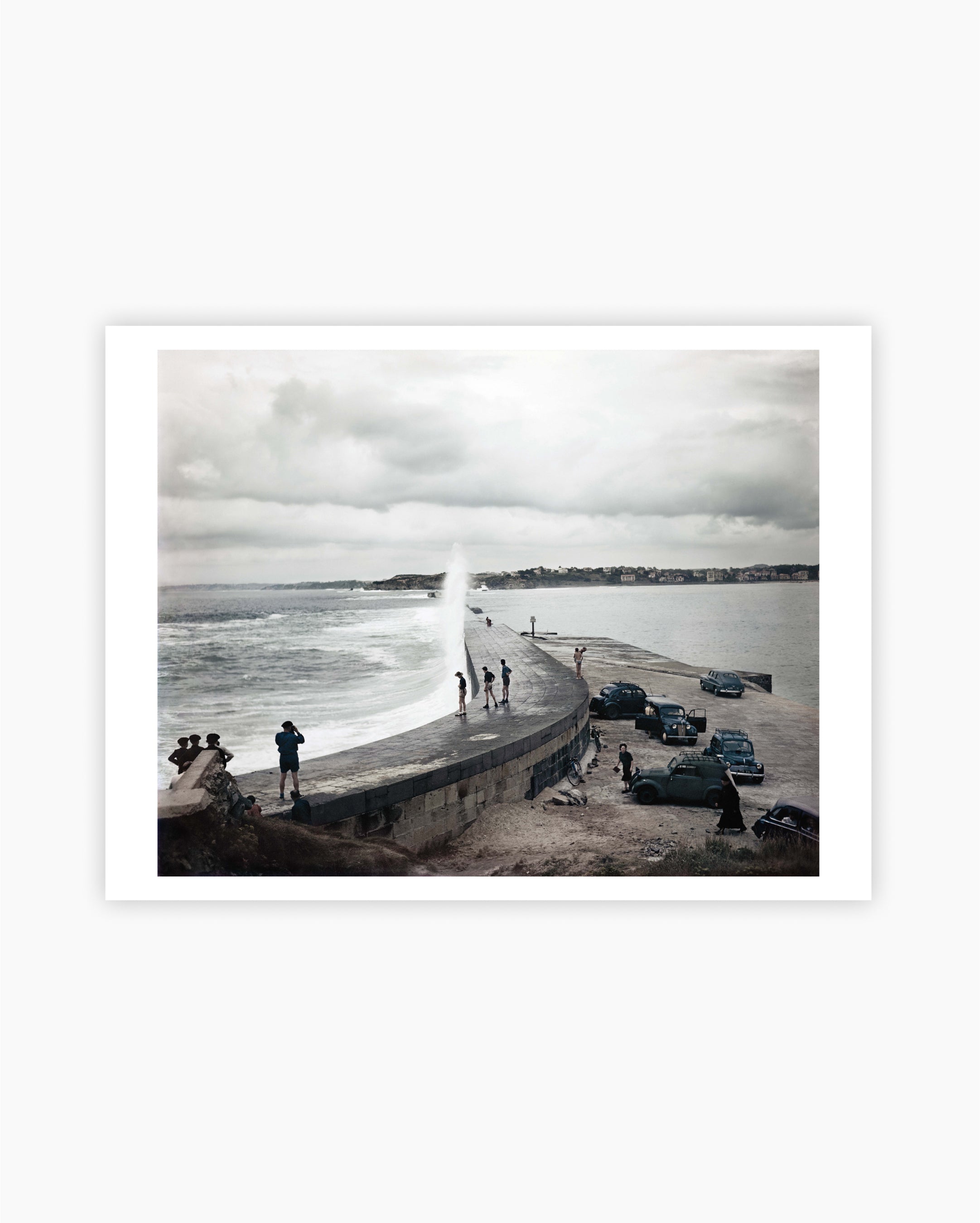
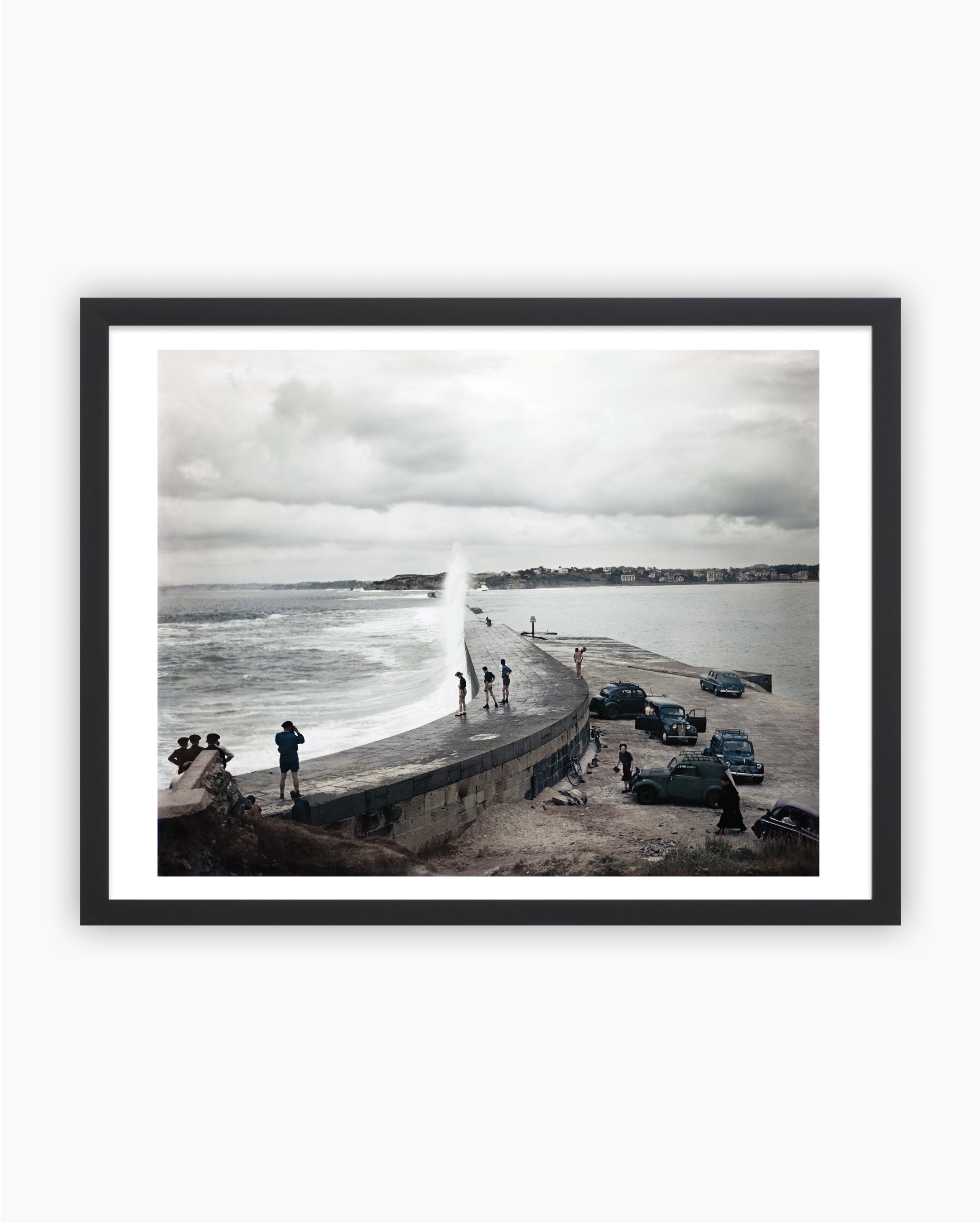 Vendor:Robert Capa
Vendor:Robert CapaMagnum Editions Poster: Jetty. Biarritz, France, 1951
- Regular price
- $100.00 - $300.00
- Sale price
- $100.00 - $300.00
- Regular price
-
-
After Dark Posters: Mumbai, India, 2006
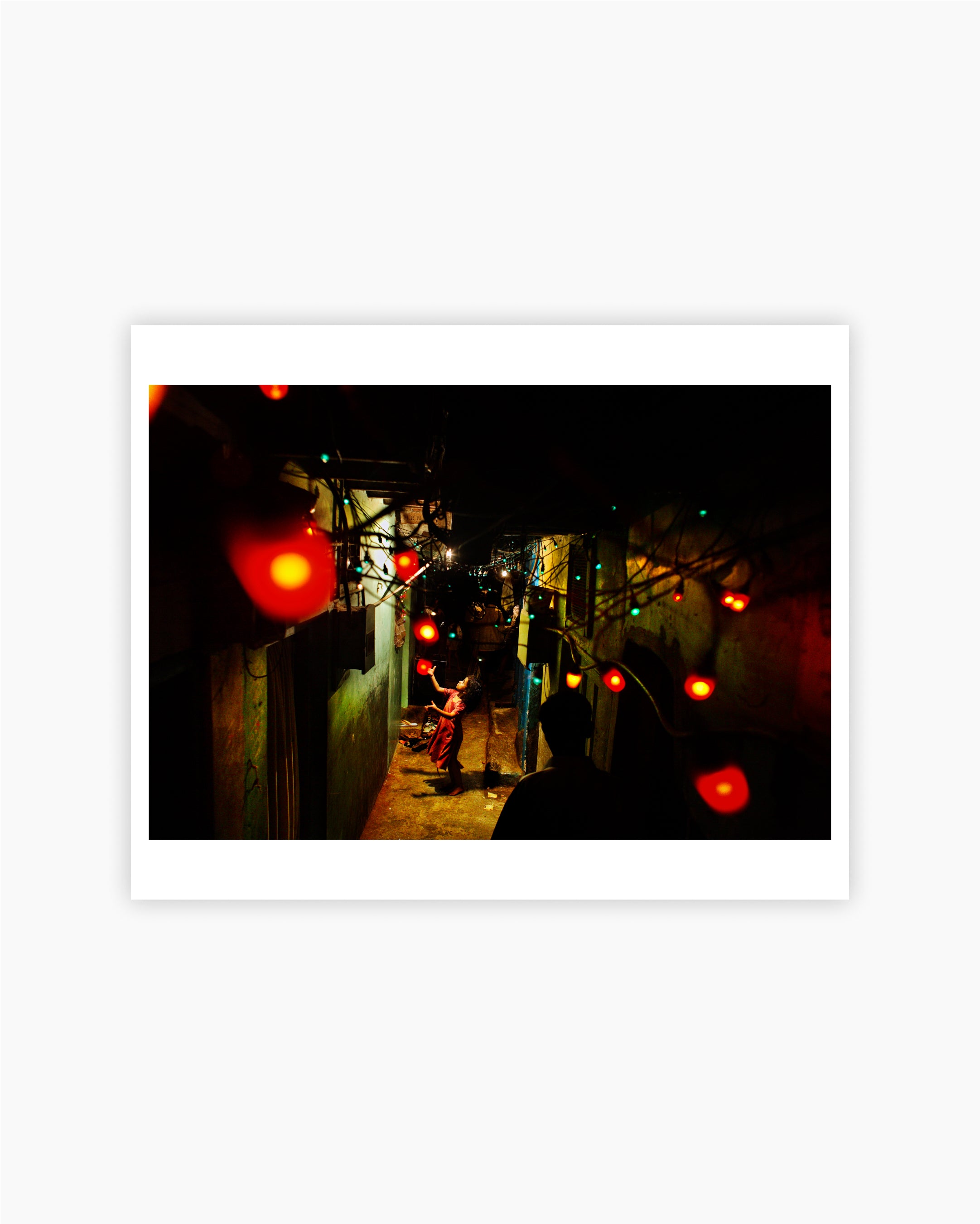
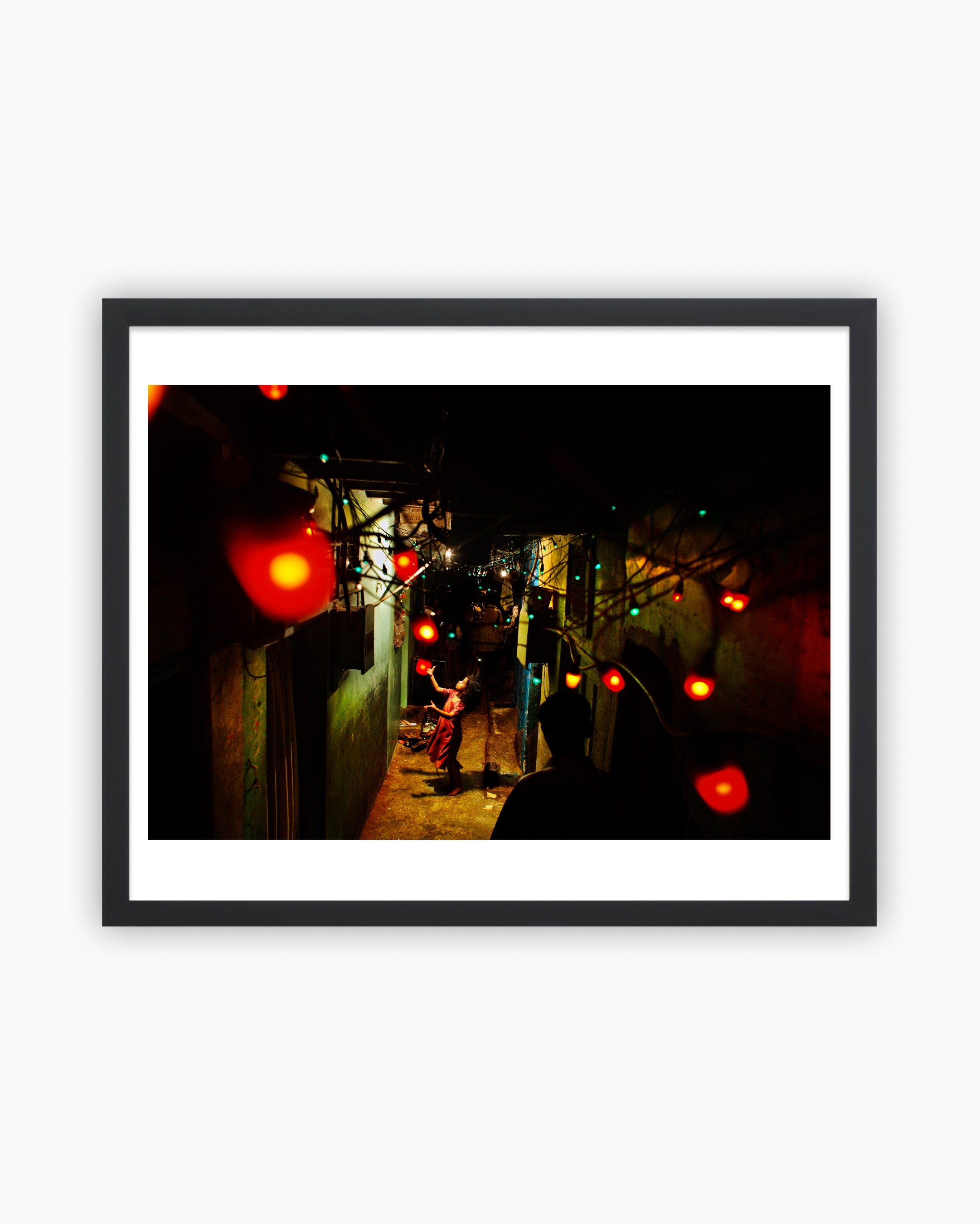 Vendor:Jonas Bendiksen
Vendor:Jonas BendiksenAfter Dark Posters: Mumbai, India, 2006
- Regular price
- $125.00 - $315.00
- Sale price
- $125.00 - $315.00
- Regular price
-
-
Magnum Exhibition Poster: Chris Killip, An Anthology
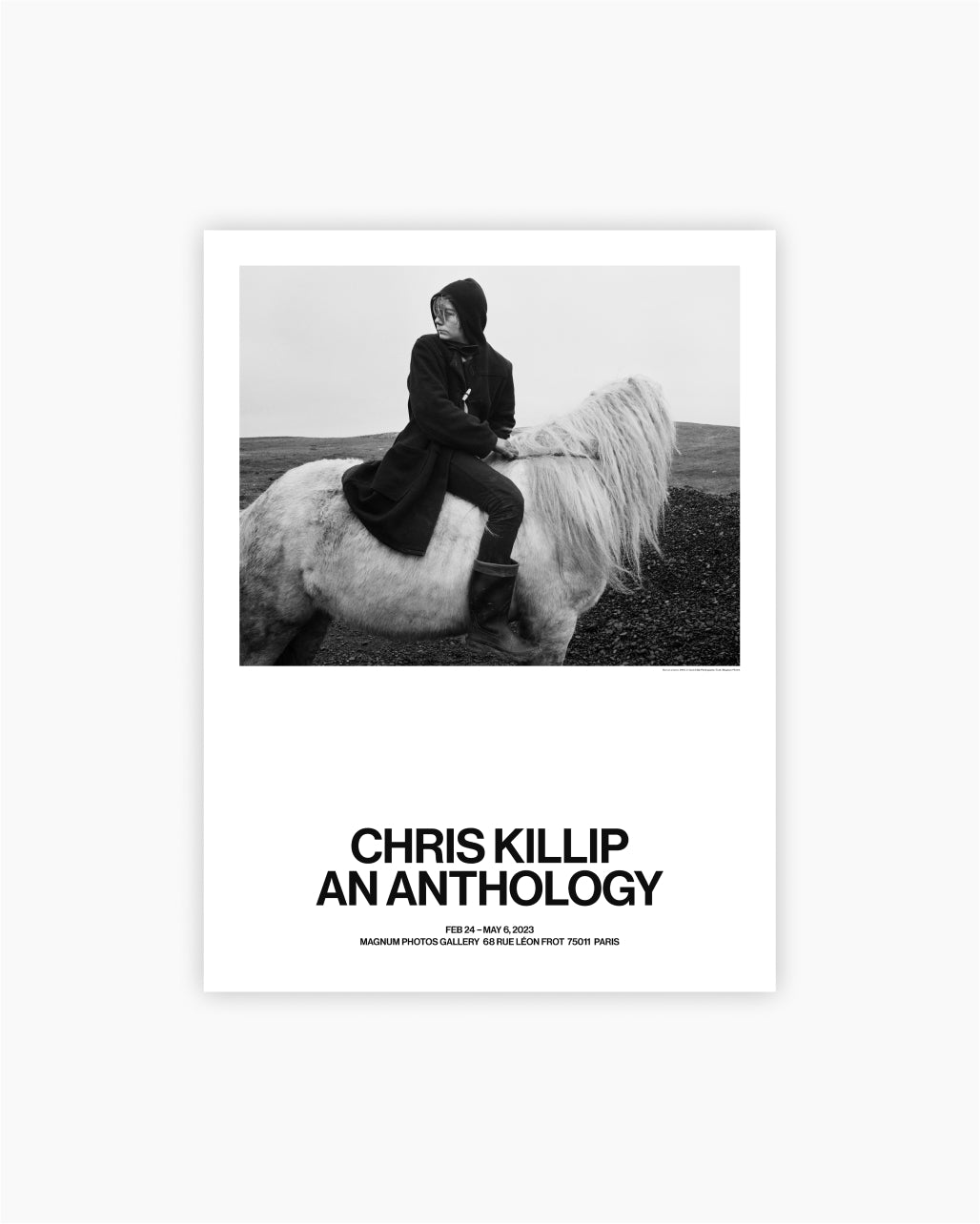
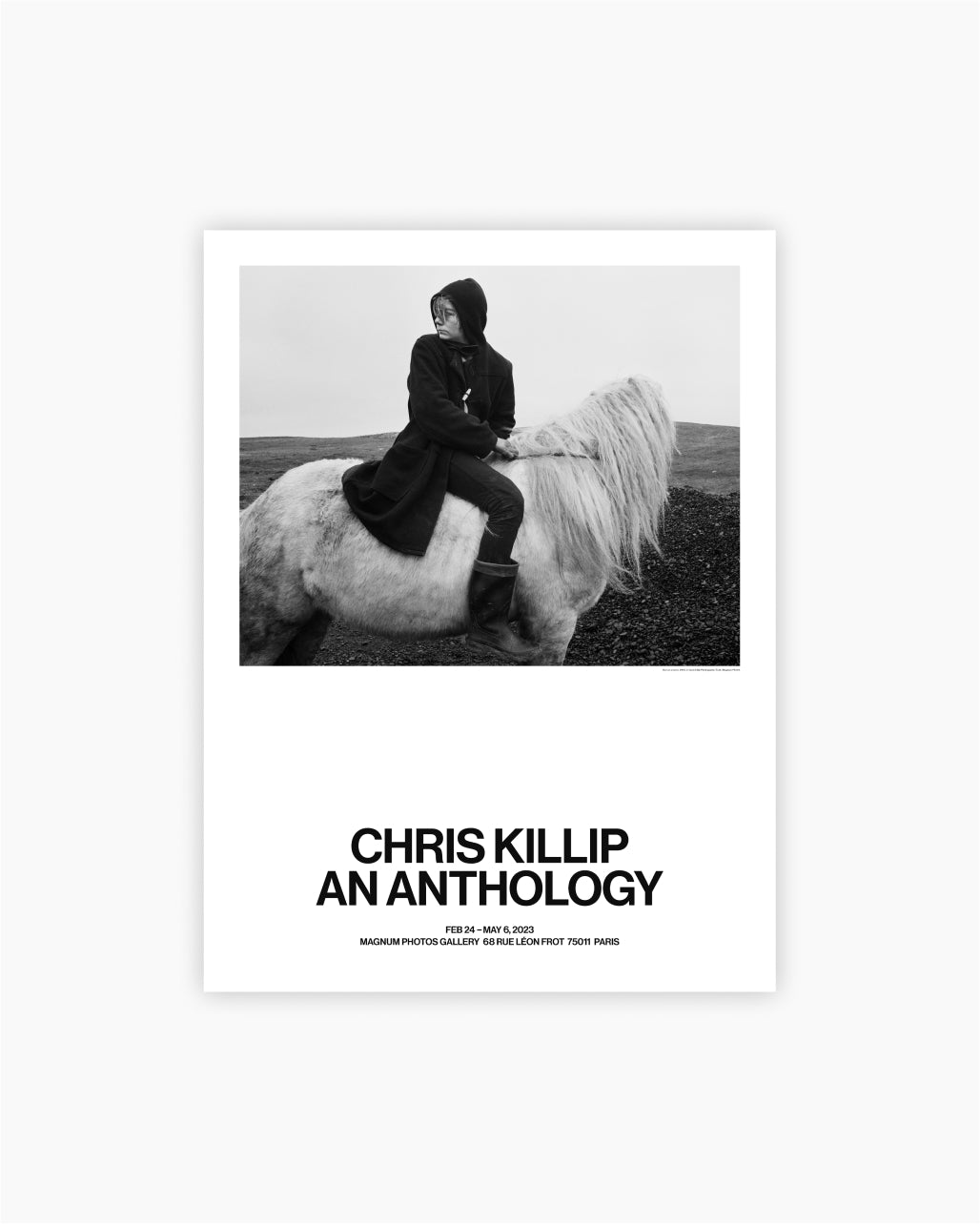 Vendor:Chris Killip
Vendor:Chris KillipMagnum Exhibition Poster: Chris Killip, An Anthology
- Regular price
- $35.00
- Sale price
- $35.00
- Regular price
-
-
Magnum Exhibition Poster: Early Color
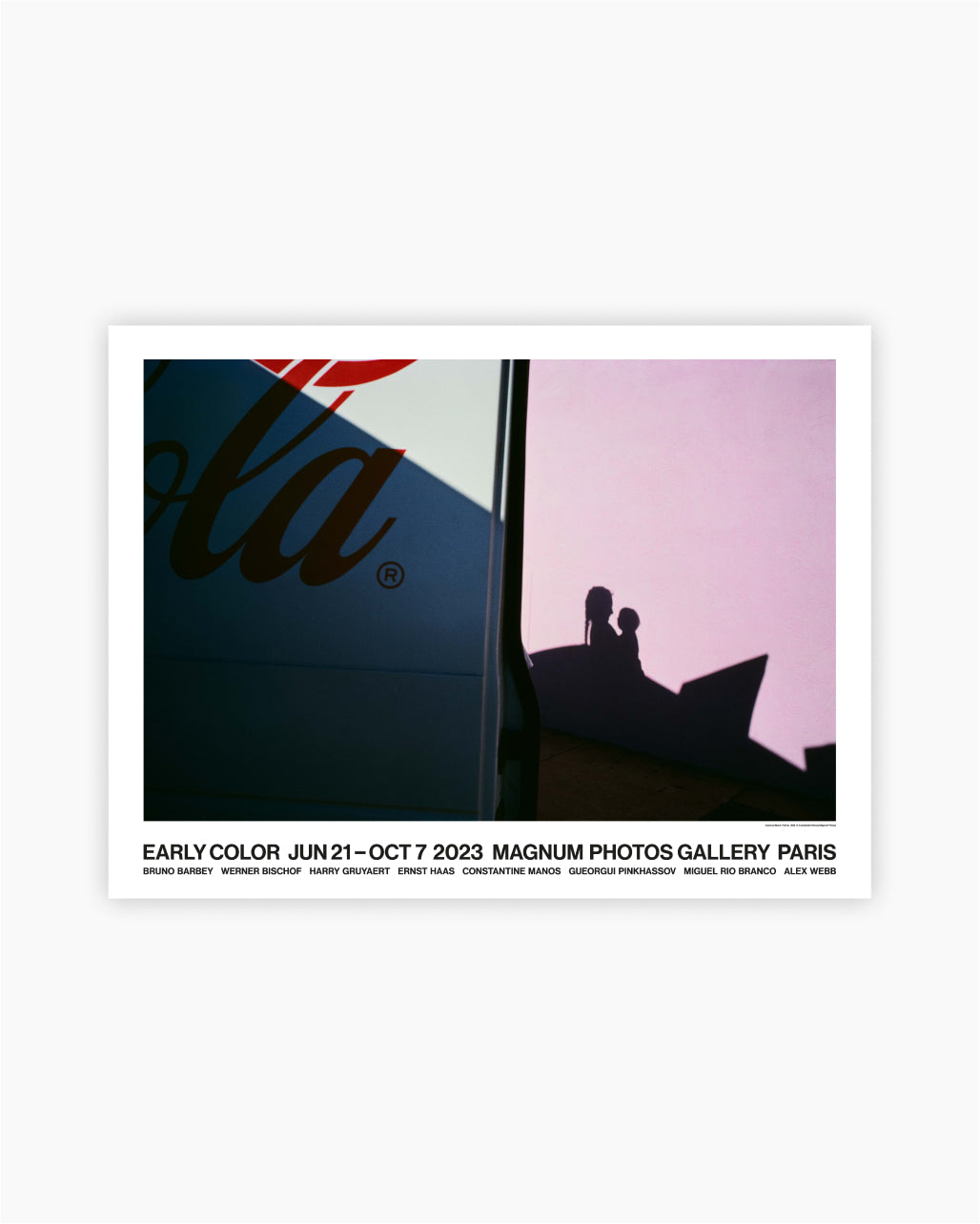 Vendor:Constantine Manos
Vendor:Constantine ManosMagnum Exhibition Poster: Early Color
- Regular price
- $35.00
- Sale price
- $35.00
- Regular price
-
-
Magnum Exhibition Poster: Ukuzilanda, Homegoing
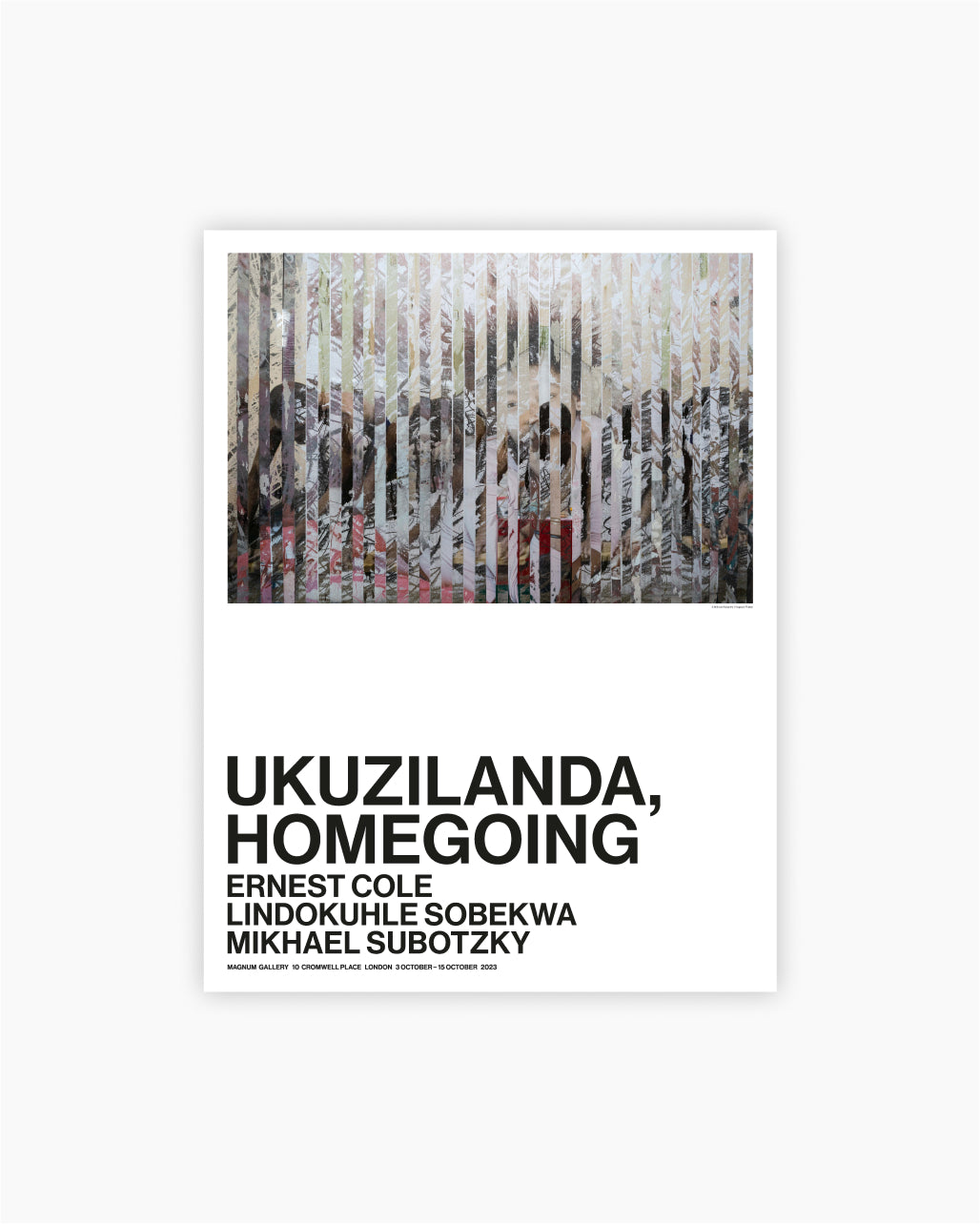 Vendor:Mikhael Subotzky
Vendor:Mikhael SubotzkyMagnum Exhibition Poster: Ukuzilanda, Homegoing
- Regular price
- $35.00
- Sale price
- $35.00
- Regular price
-
-
Magnum Editions Poster: Pablo Picasso with his wife and nephew. Golfe-Juan, France, 1948
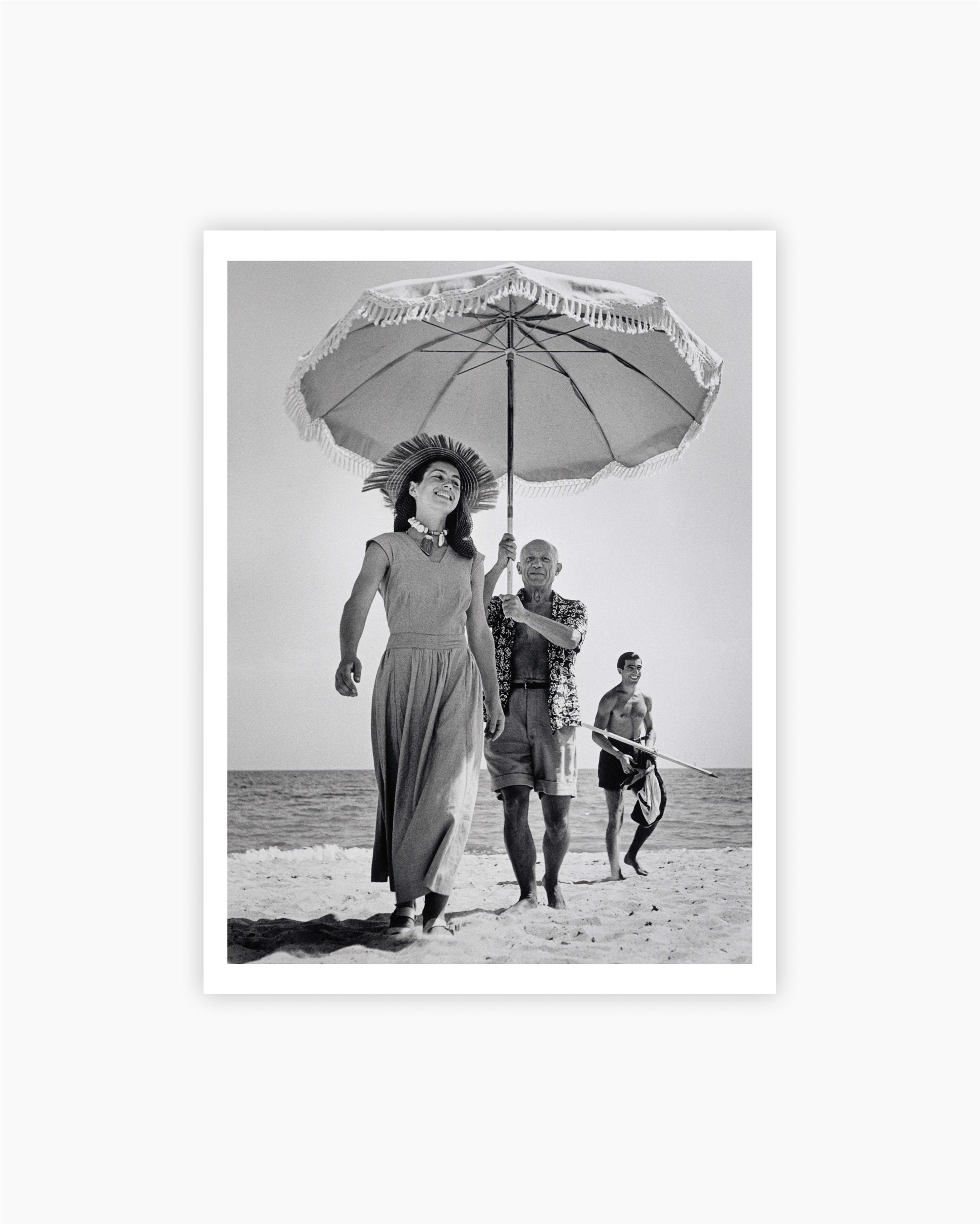
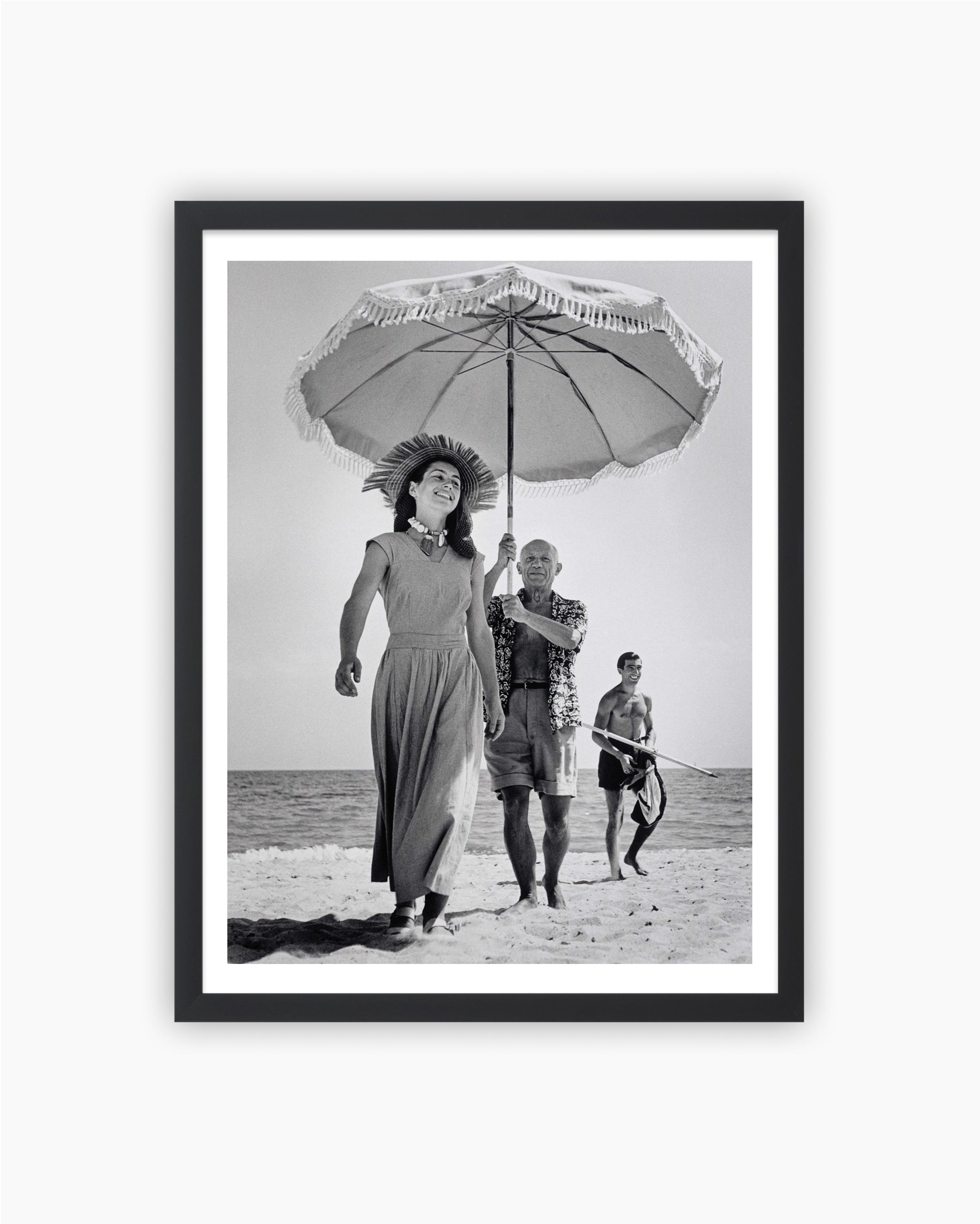 Vendor:Robert Capa
Vendor:Robert CapaMagnum Editions Poster: Pablo Picasso with his wife and nephew. Golfe-Juan, France, 1948
- Regular price
- $100.00 - $300.00
- Sale price
- $100.00 - $300.00
- Regular price
-
-
Magnum Editions Poster: Champs-Élysées. Paris, 1944
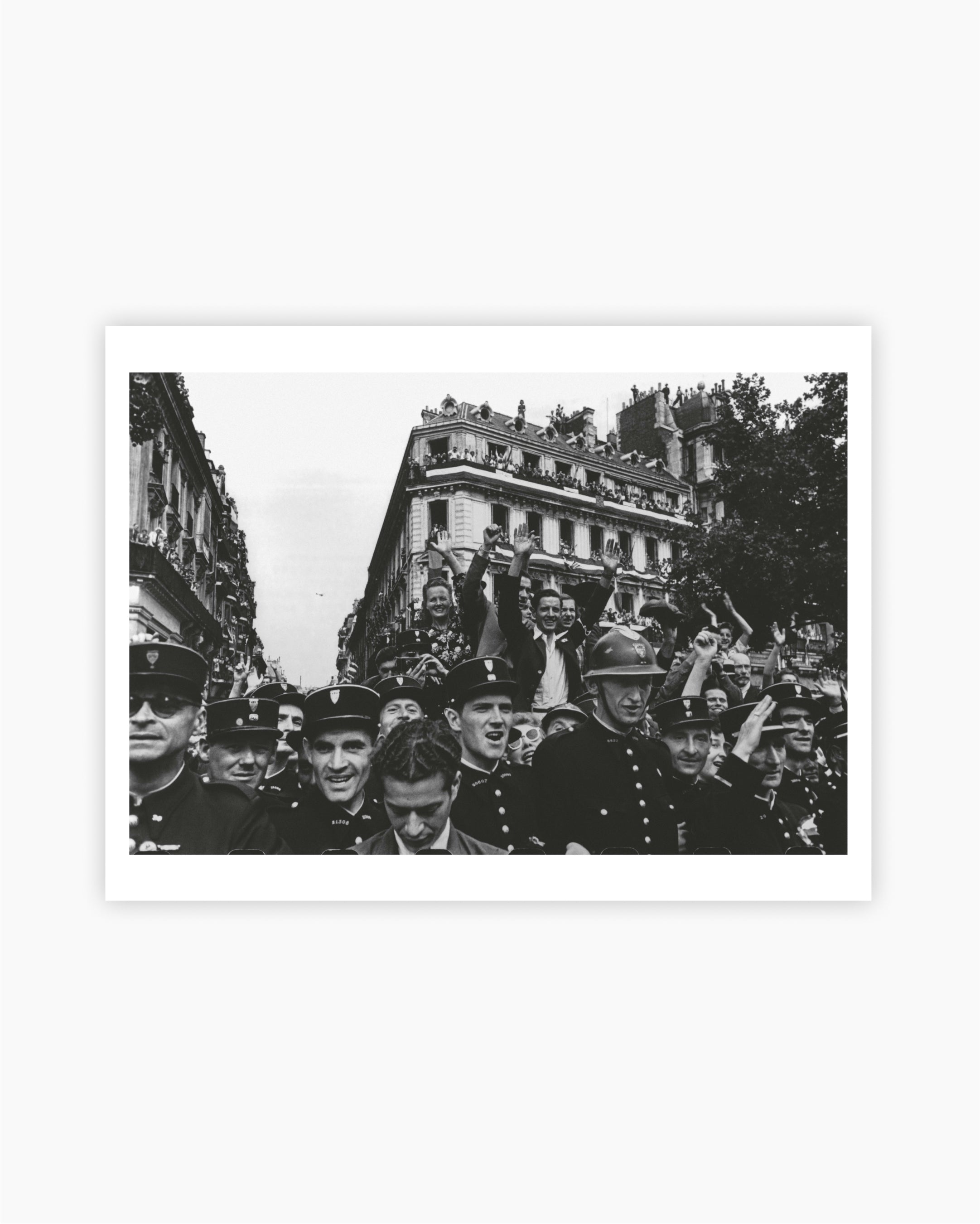
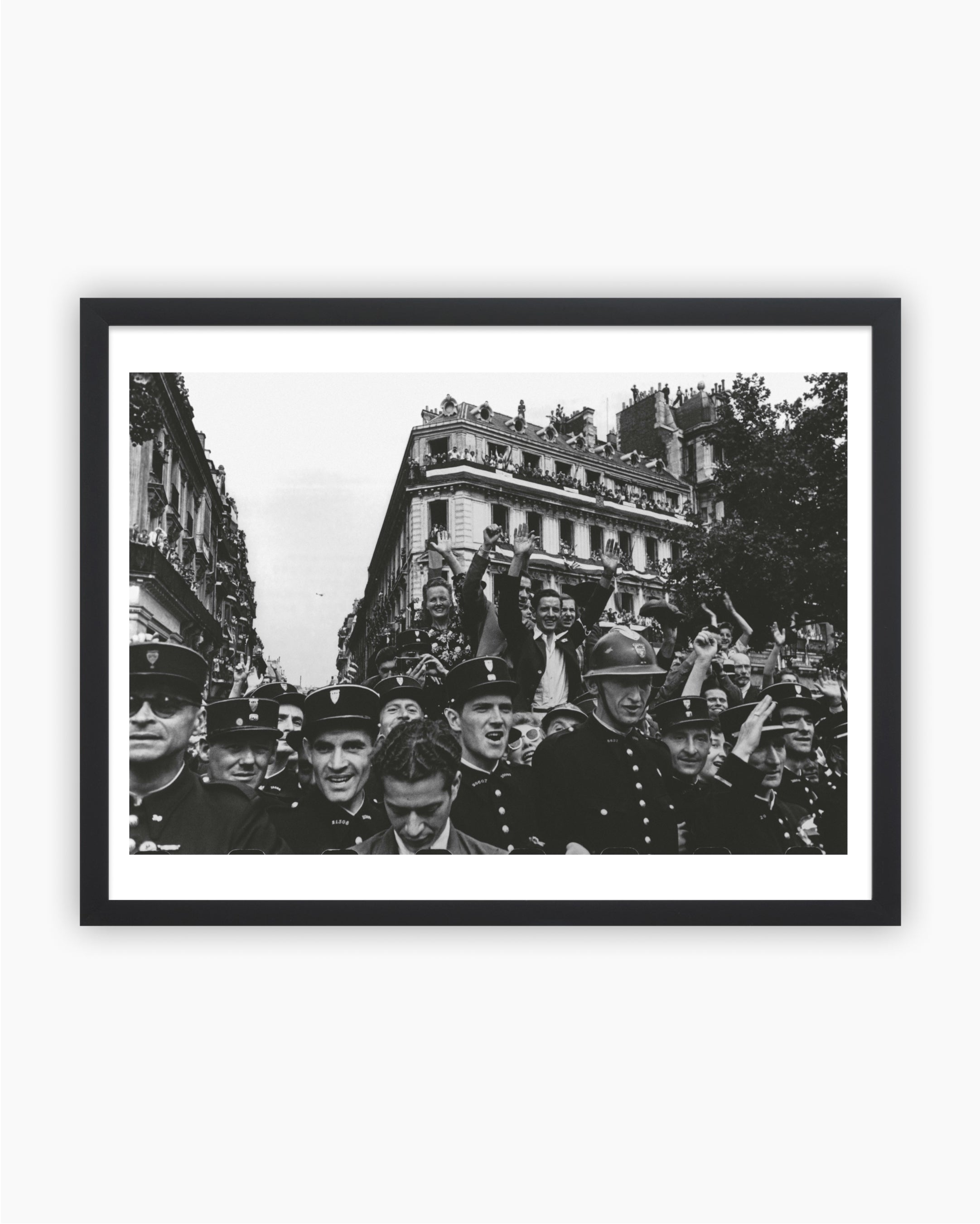 Vendor:Robert Capa
Vendor:Robert CapaMagnum Editions Poster: Champs-Élysées. Paris, 1944
- Regular price
- $100.00 - $300.00
- Sale price
- $100.00 - $300.00
- Regular price
-
-
Magnum Editions Poster: US troops. Omaha Beach, France, 1944
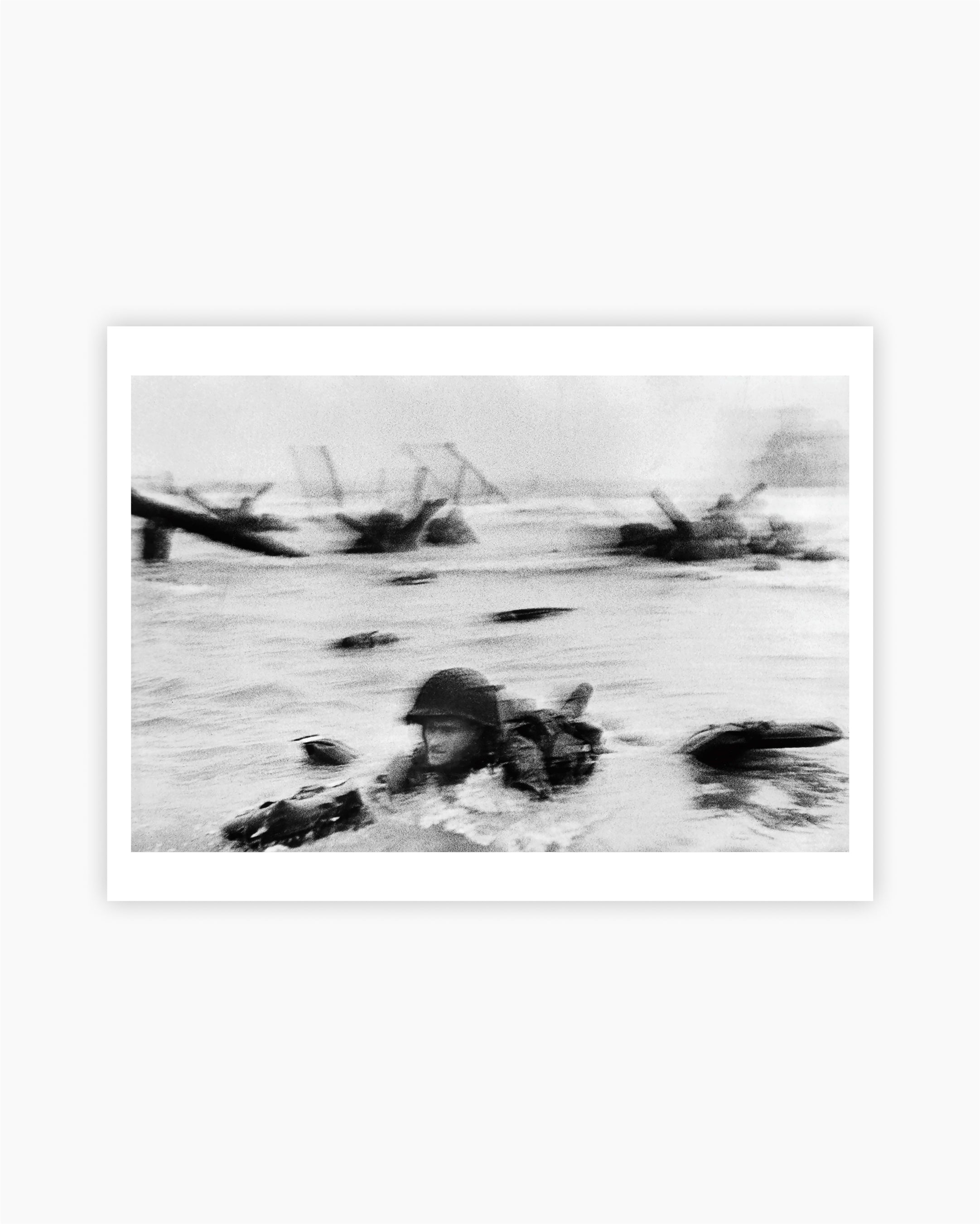
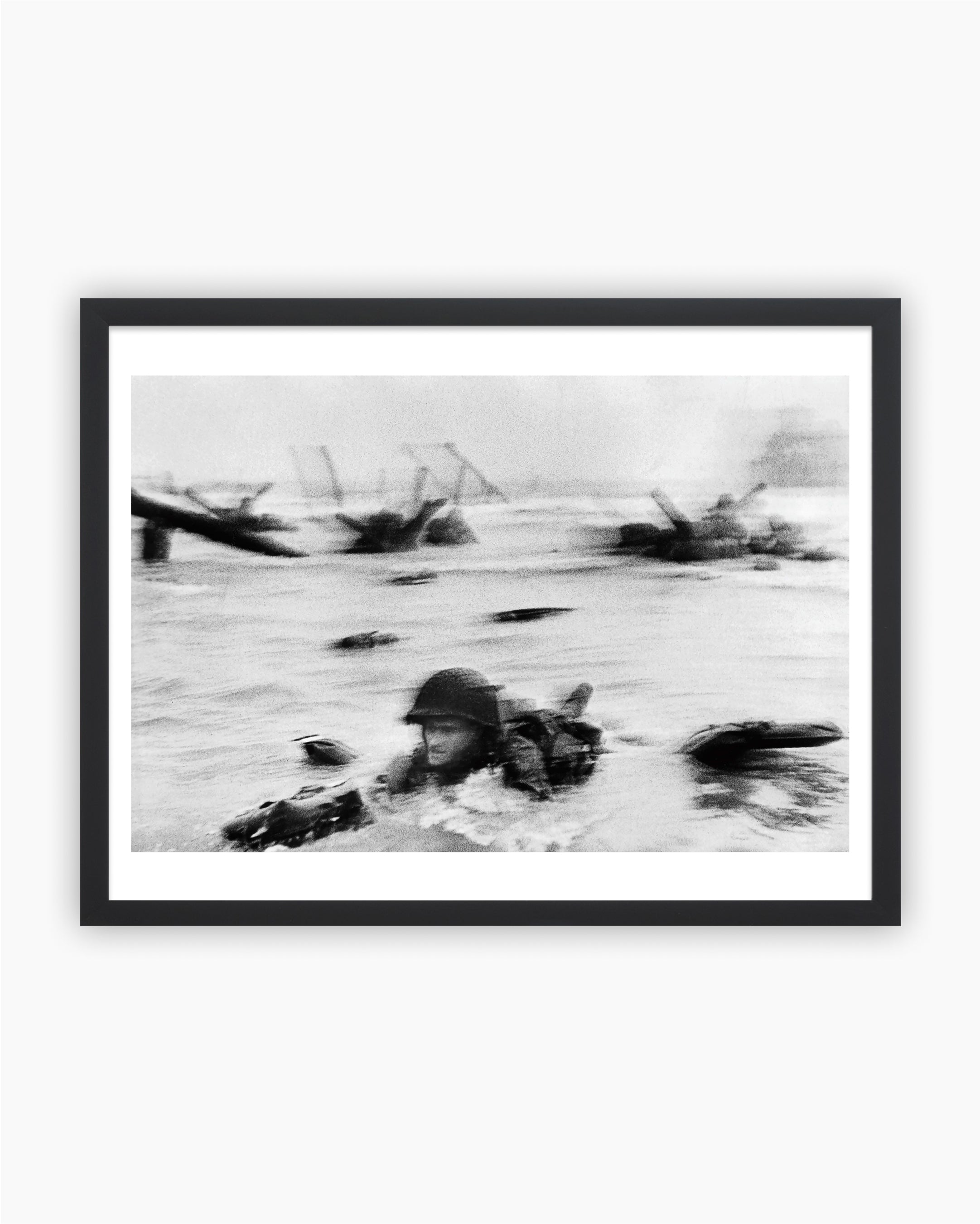 Vendor:Robert Capa
Vendor:Robert CapaMagnum Editions Poster: US troops. Omaha Beach, France, 1944
- Regular price
- $100.00 - $300.00
- Sale price
- $100.00 - $300.00
- Regular price
-
-
Magnum Editions Poster: US troops. Omaha Beach, France, 1944
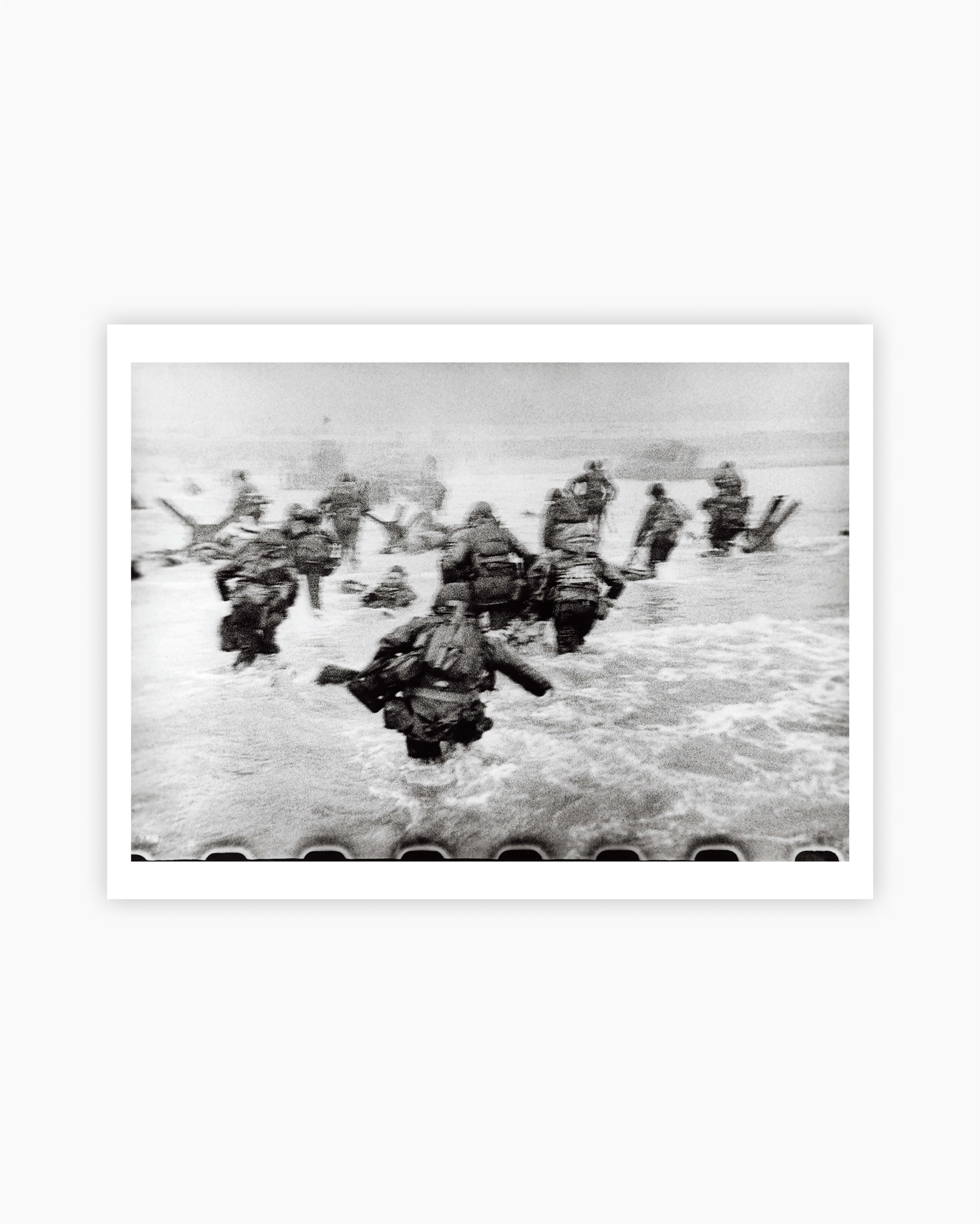
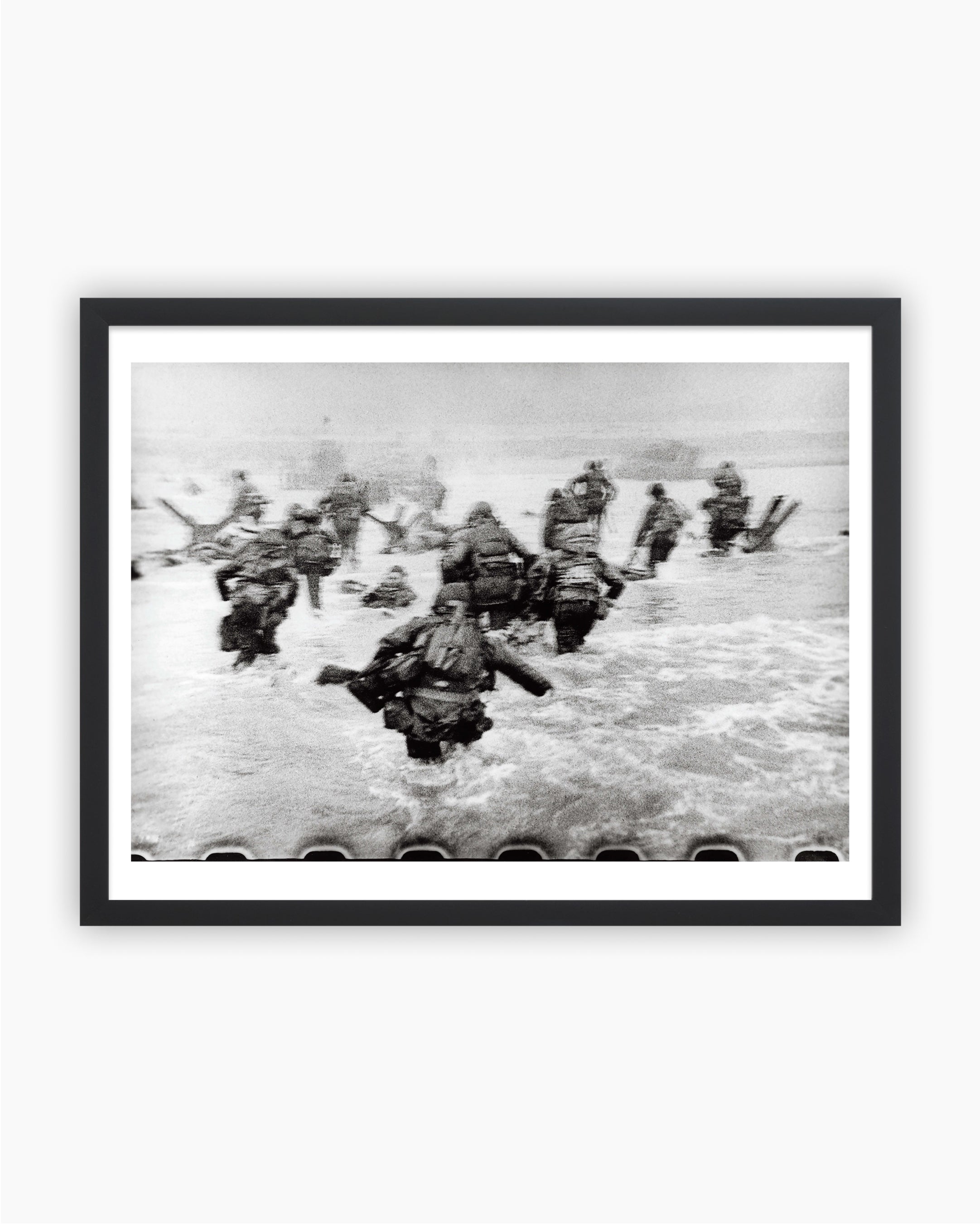 Vendor:Robert Capa
Vendor:Robert CapaMagnum Editions Poster: US troops. Omaha Beach, France, 1944
- Regular price
- $100.00 - $300.00
- Sale price
- $100.00 - $300.00
- Regular price
-
-
Magnum Editions Poster: Henri Matisse. Nice, France, 1949
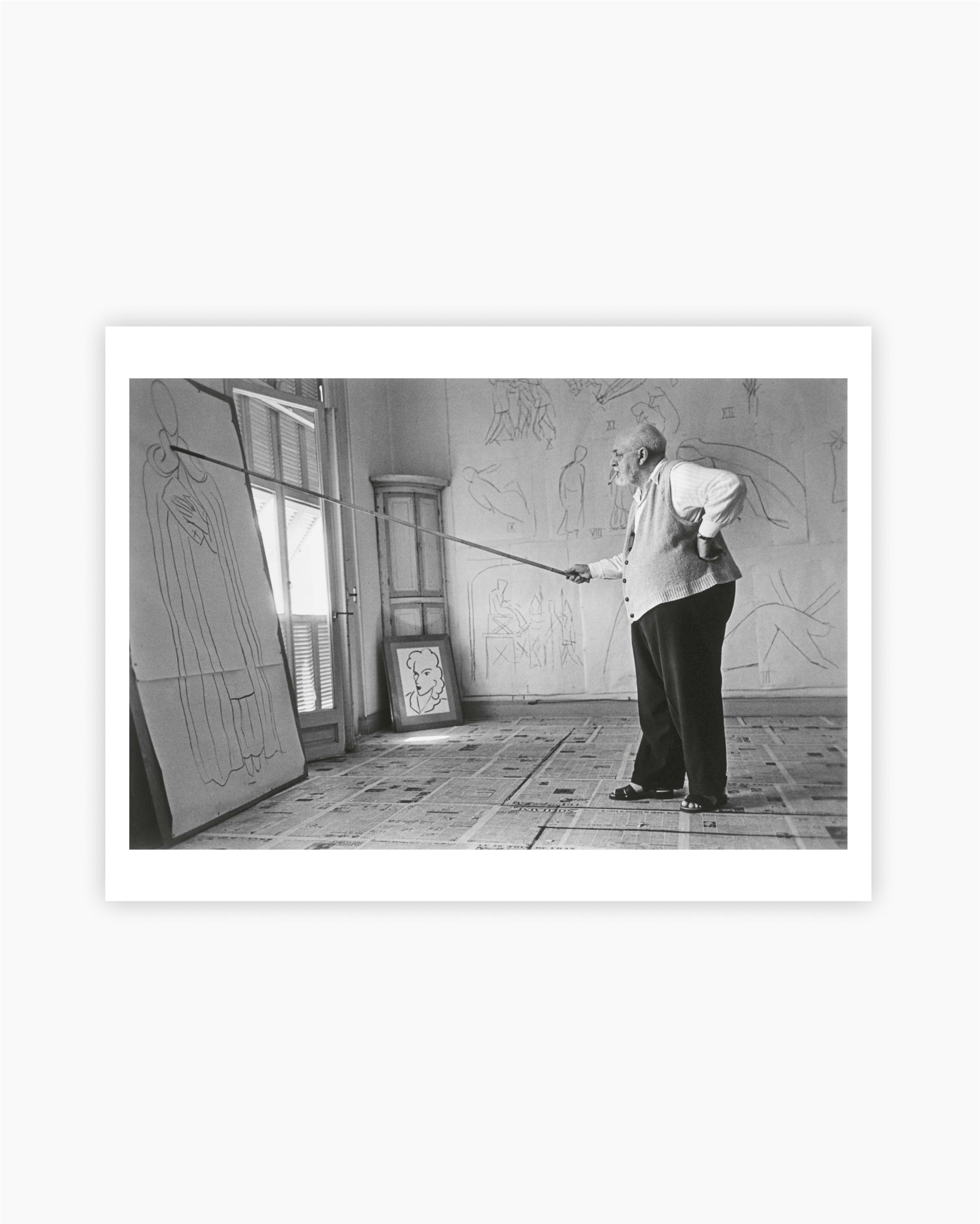
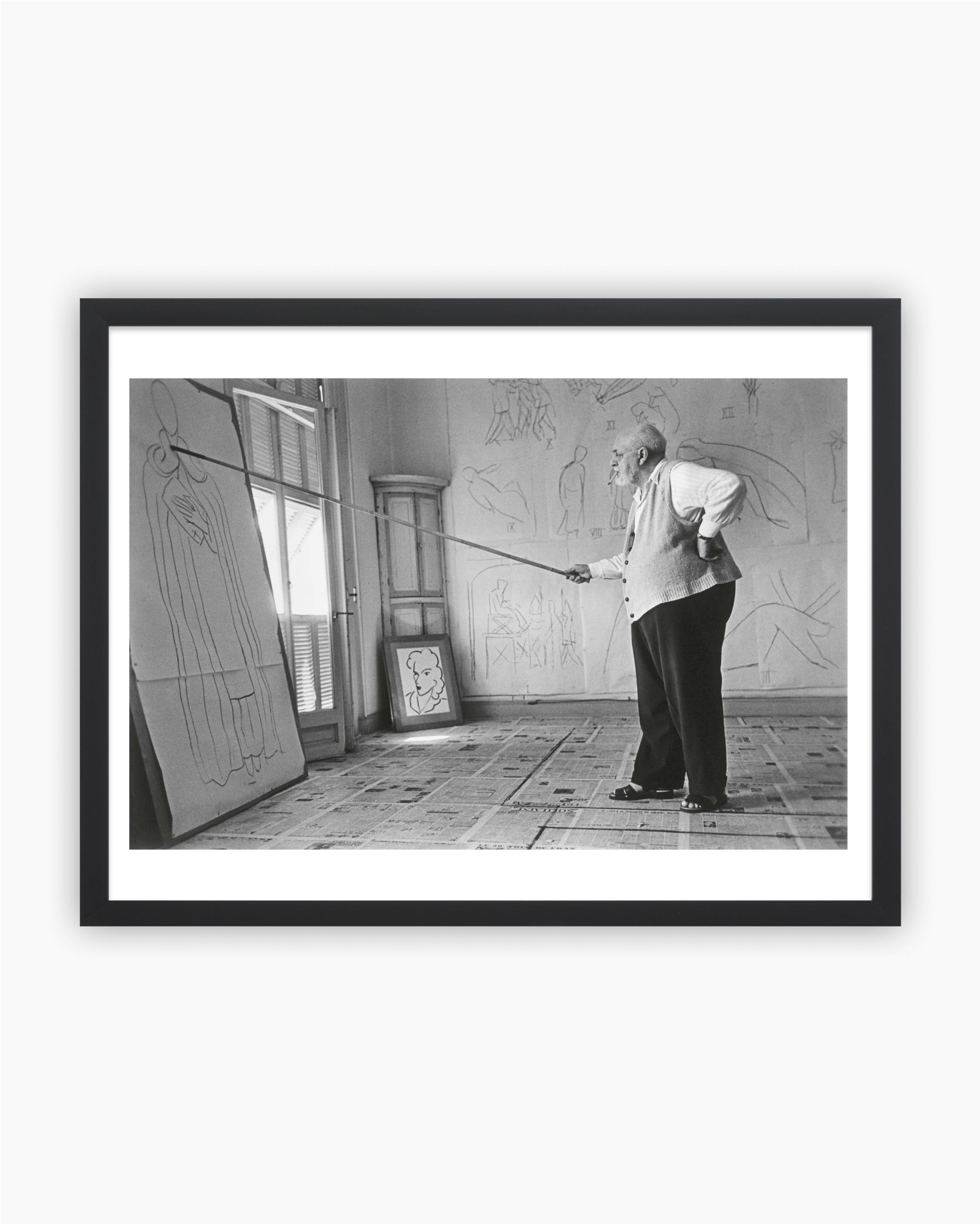 Vendor:Robert Capa
Vendor:Robert CapaMagnum Editions Poster: Henri Matisse. Nice, France, 1949
- Regular price
- $100.00 - $300.00
- Sale price
- $100.00 - $300.00
- Regular price
-
-
Magnum Editions Poster: Freighter crewman. Atlantic Ocean, 1941
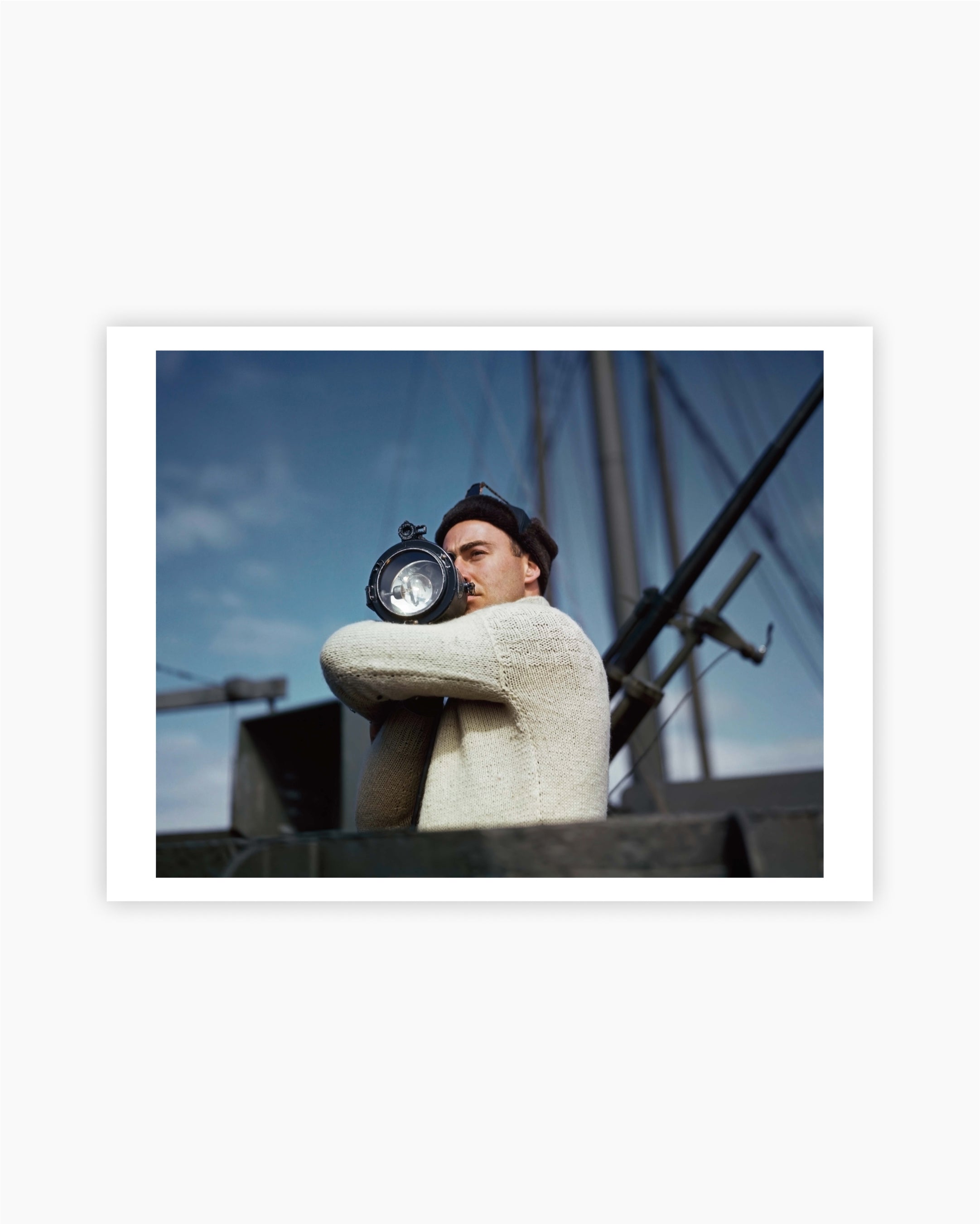
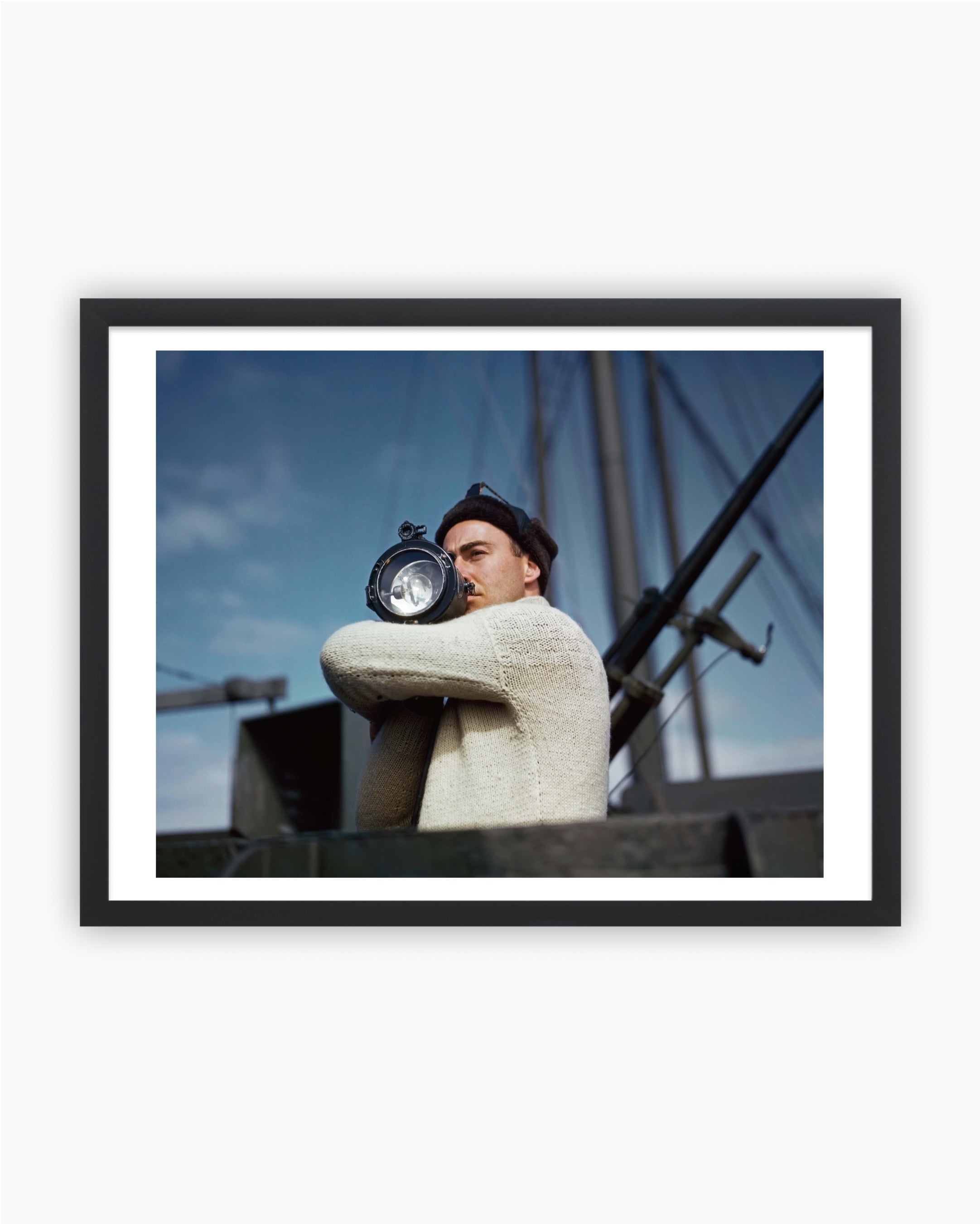 Vendor:Robert Capa
Vendor:Robert CapaMagnum Editions Poster: Freighter crewman. Atlantic Ocean, 1941
- Regular price
- $100.00 - $300.00
- Sale price
- $100.00 - $300.00
- Regular price
-
-
Magnum Editions Poster: Longchamp Racecourse. Paris, 1952
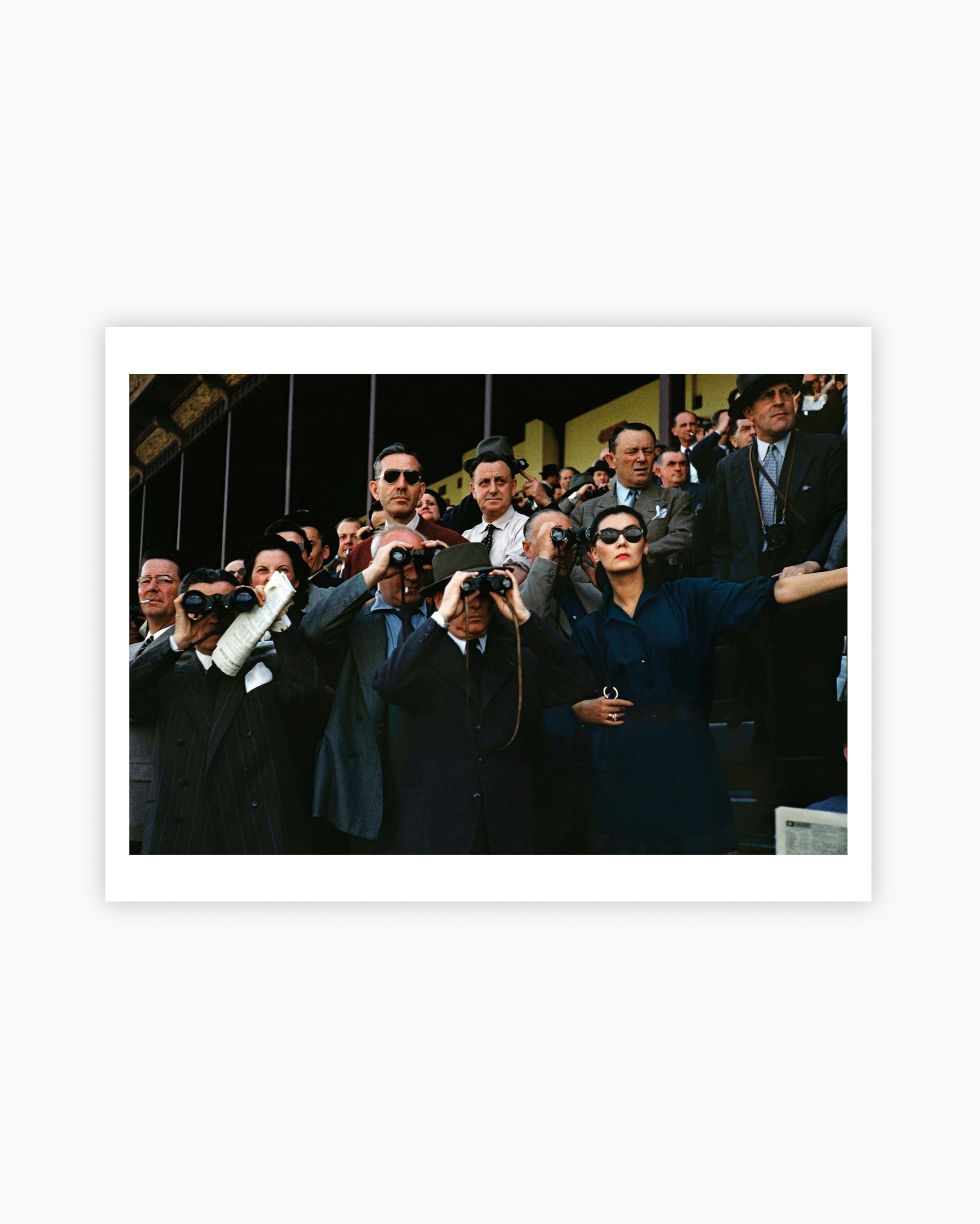
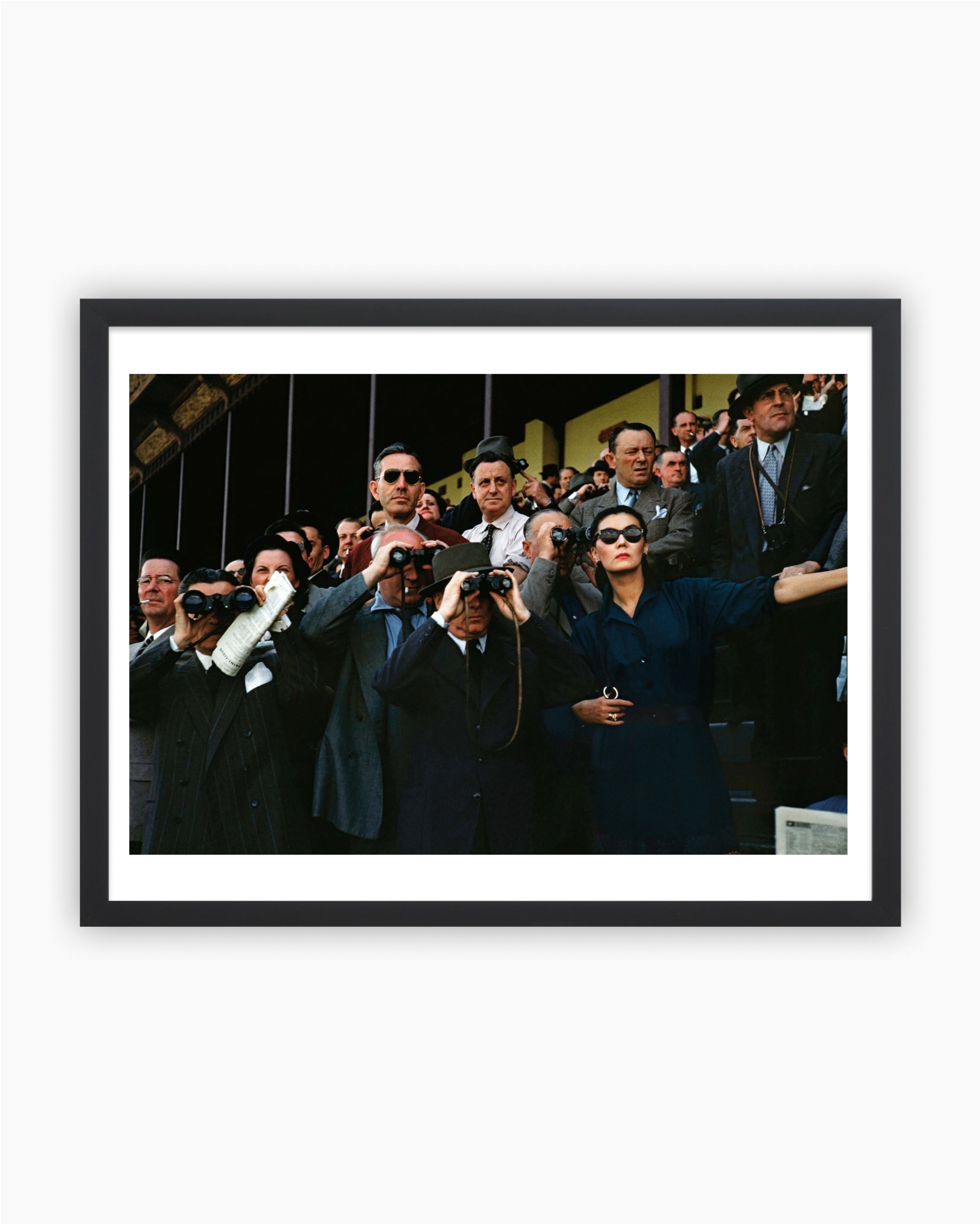 Vendor:Robert Capa
Vendor:Robert CapaMagnum Editions Poster: Longchamp Racecourse. Paris, 1952
- Regular price
- $100.00 - $300.00
- Sale price
- $100.00 - $300.00
- Regular price
-
-
Magnum Editions Poster: Pablo Picasso playing with his son. Vallauris, France, 1948
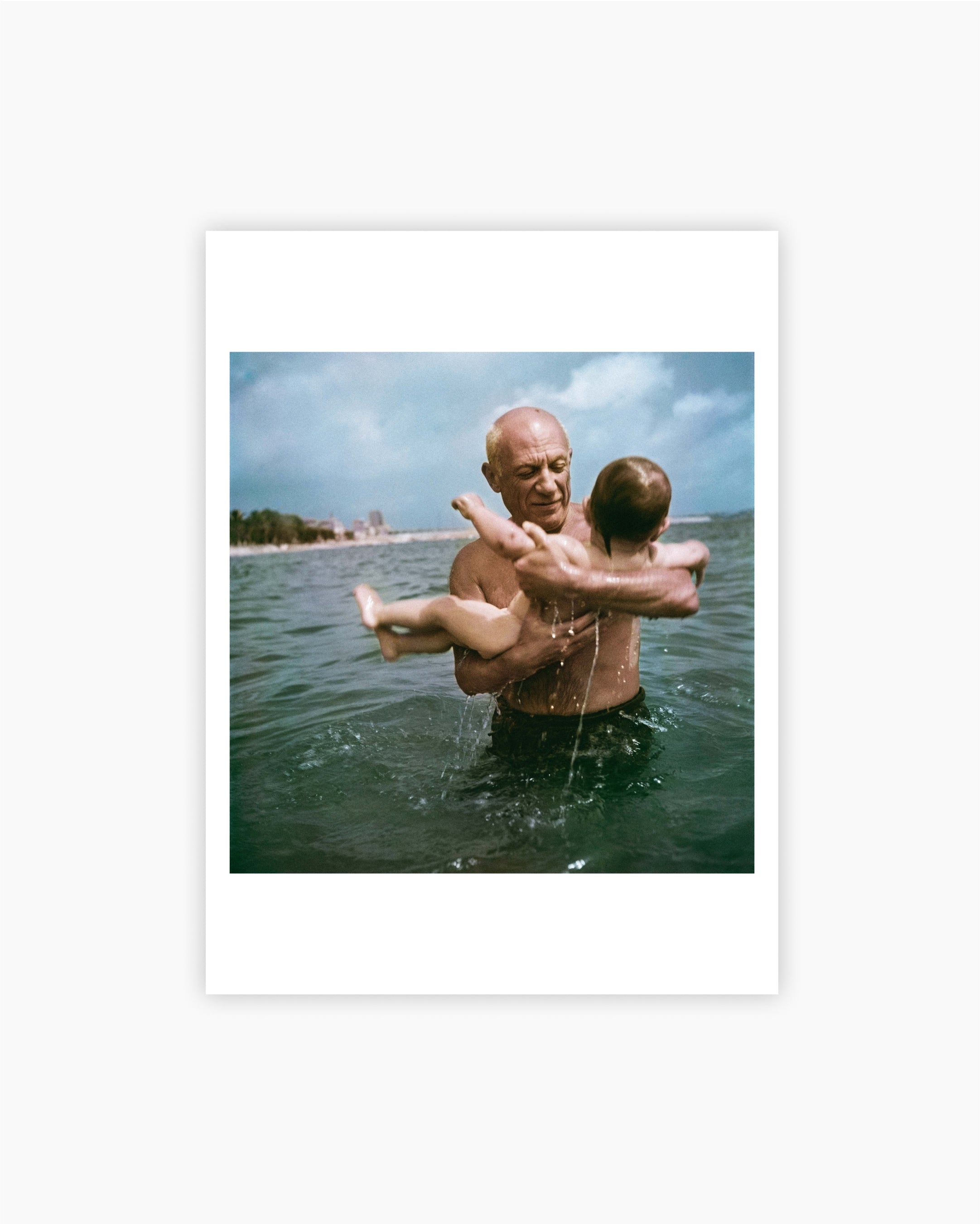
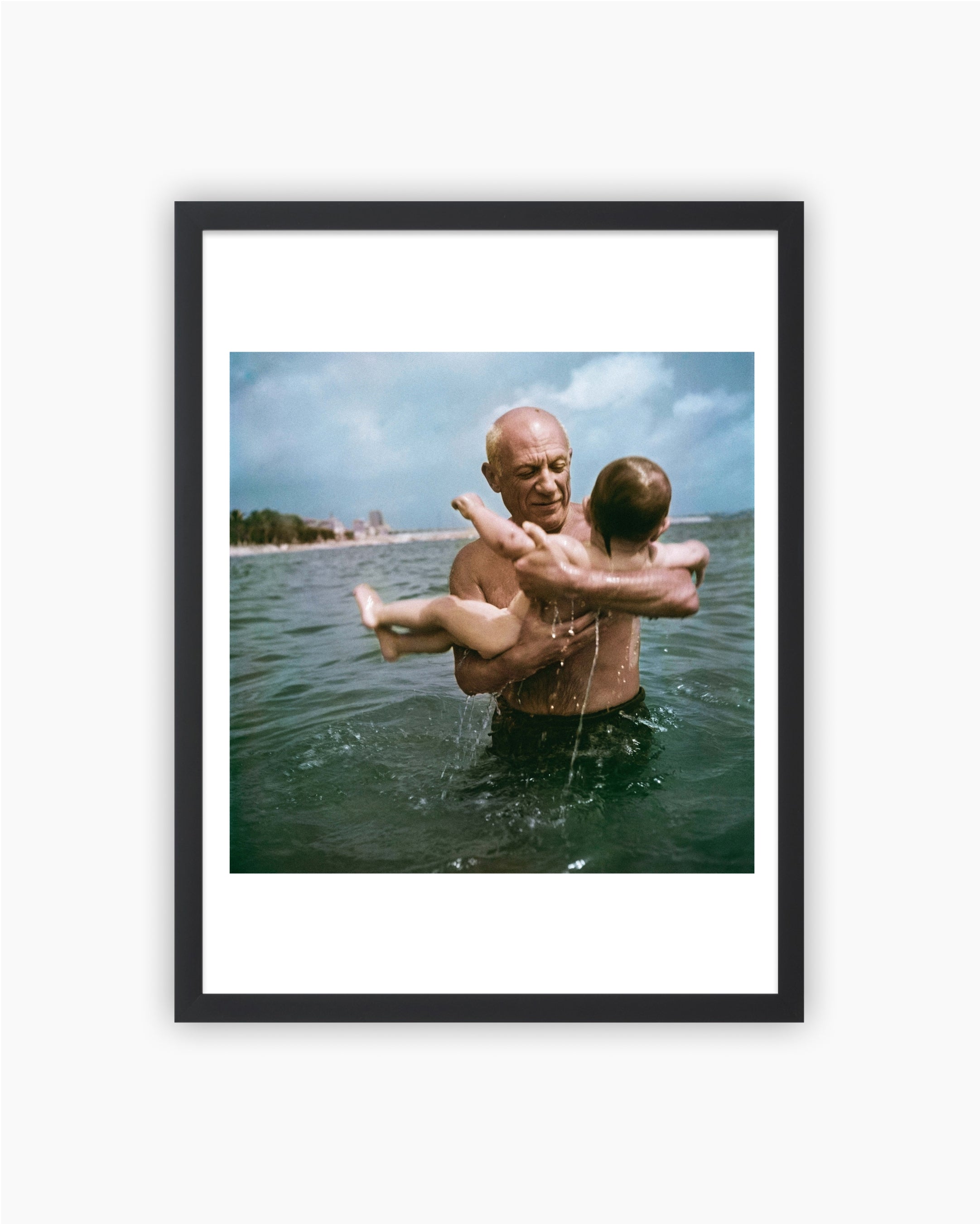 Vendor:Robert Capa
Vendor:Robert CapaMagnum Editions Poster: Pablo Picasso playing with his son. Vallauris, France, 1948
- Regular price
- $100.00 - $300.00
- Sale price
- $100.00 - $300.00
- Regular price
-
-
Magnum Editions Poster: Ernest Hemingway and his son. Sun Valley, USA, 1941
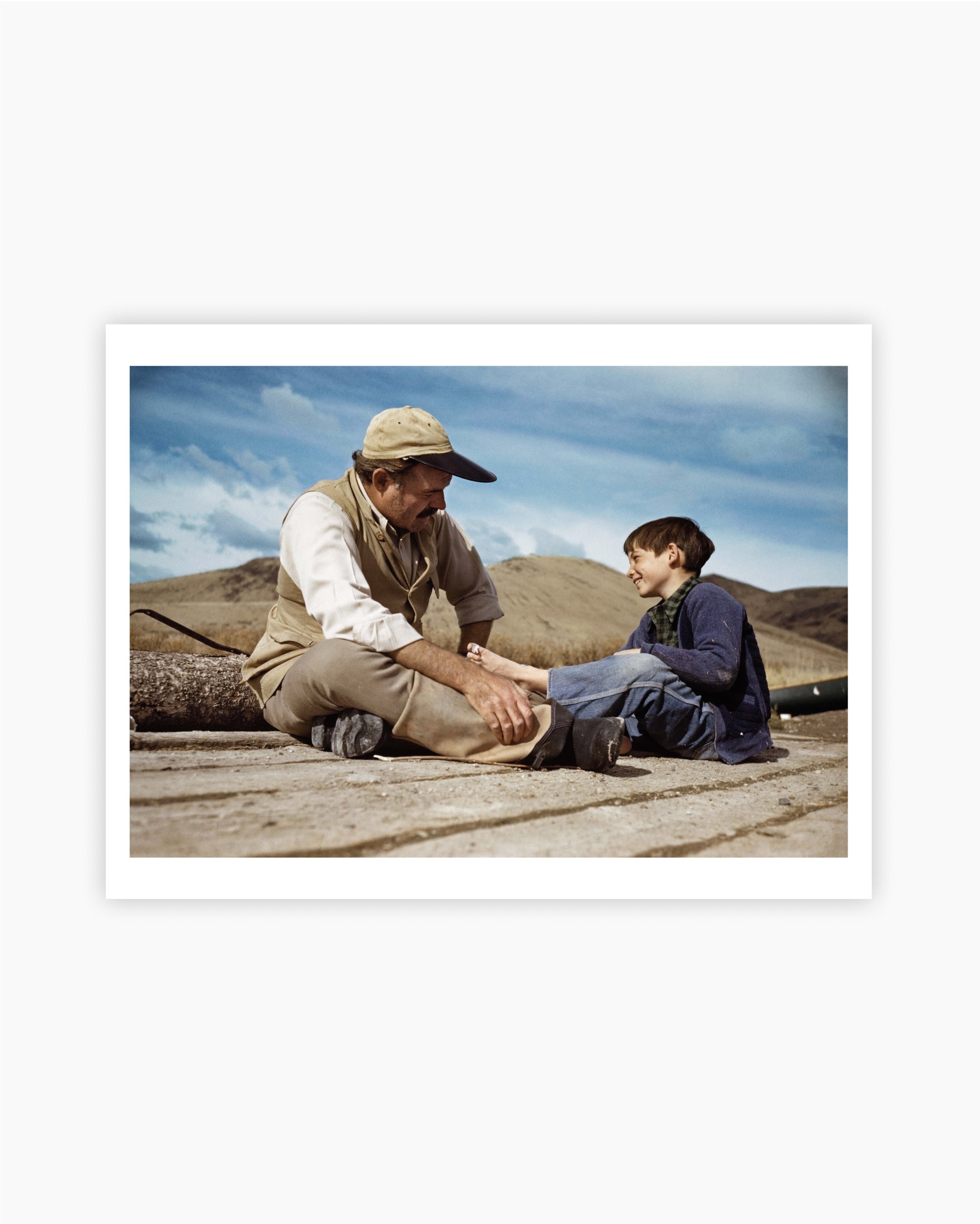
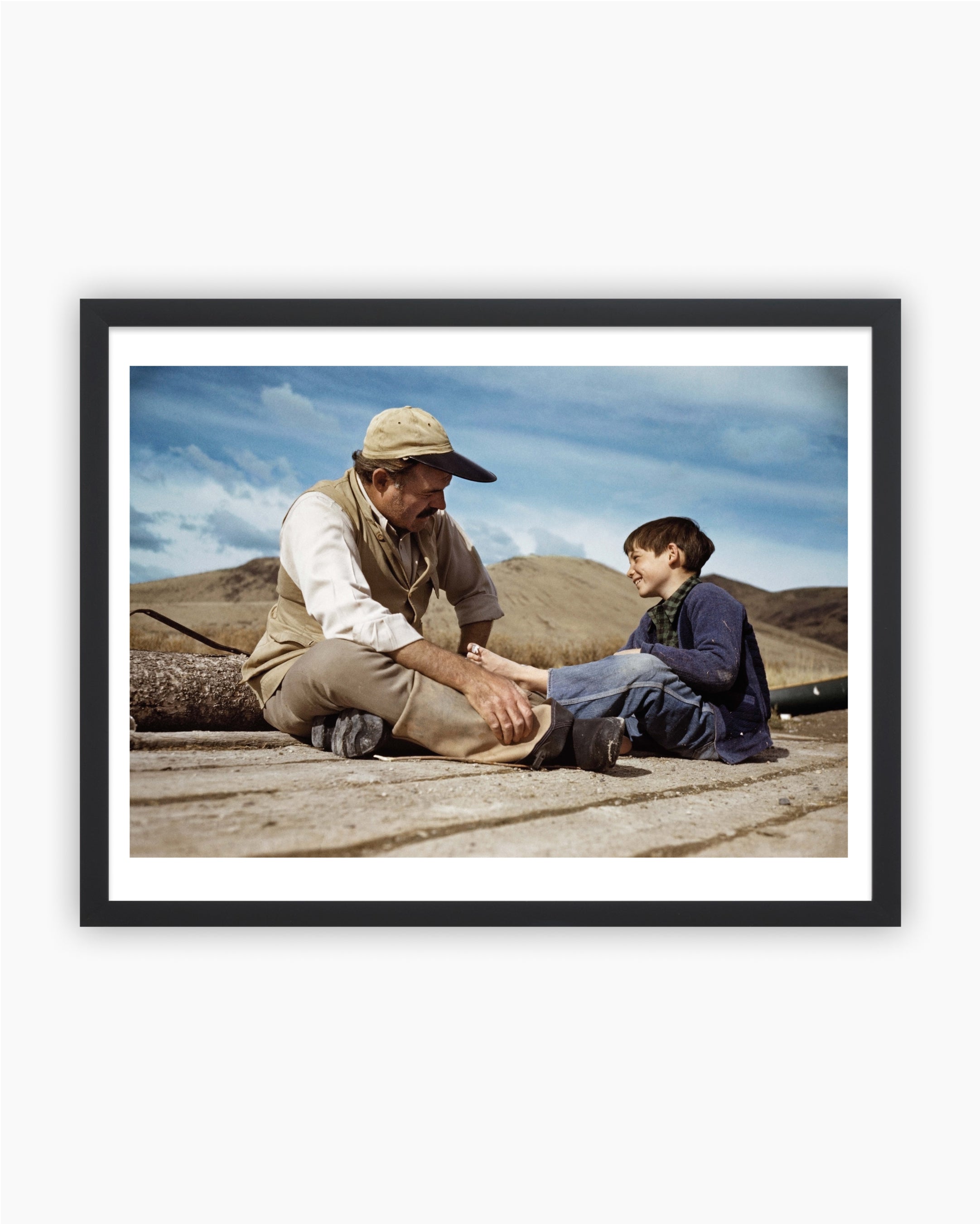 Vendor:Robert Capa
Vendor:Robert CapaMagnum Editions Poster: Ernest Hemingway and his son. Sun Valley, USA, 1941
- Regular price
- $100.00 - $300.00
- Sale price
- $100.00 - $300.00
- Regular price
-
-
Magnum Editions Poster: Audrey Hepburn in New York, 1954
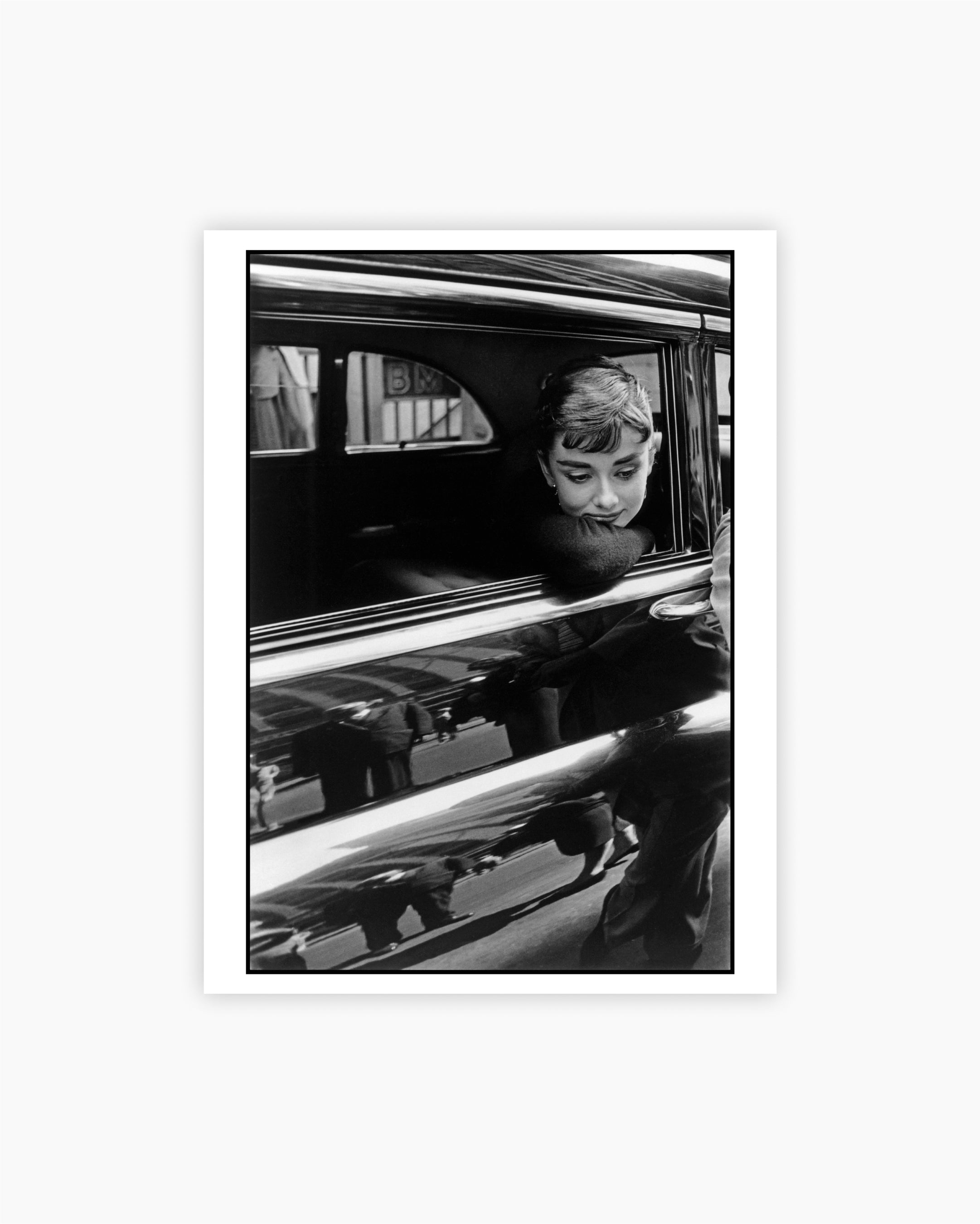
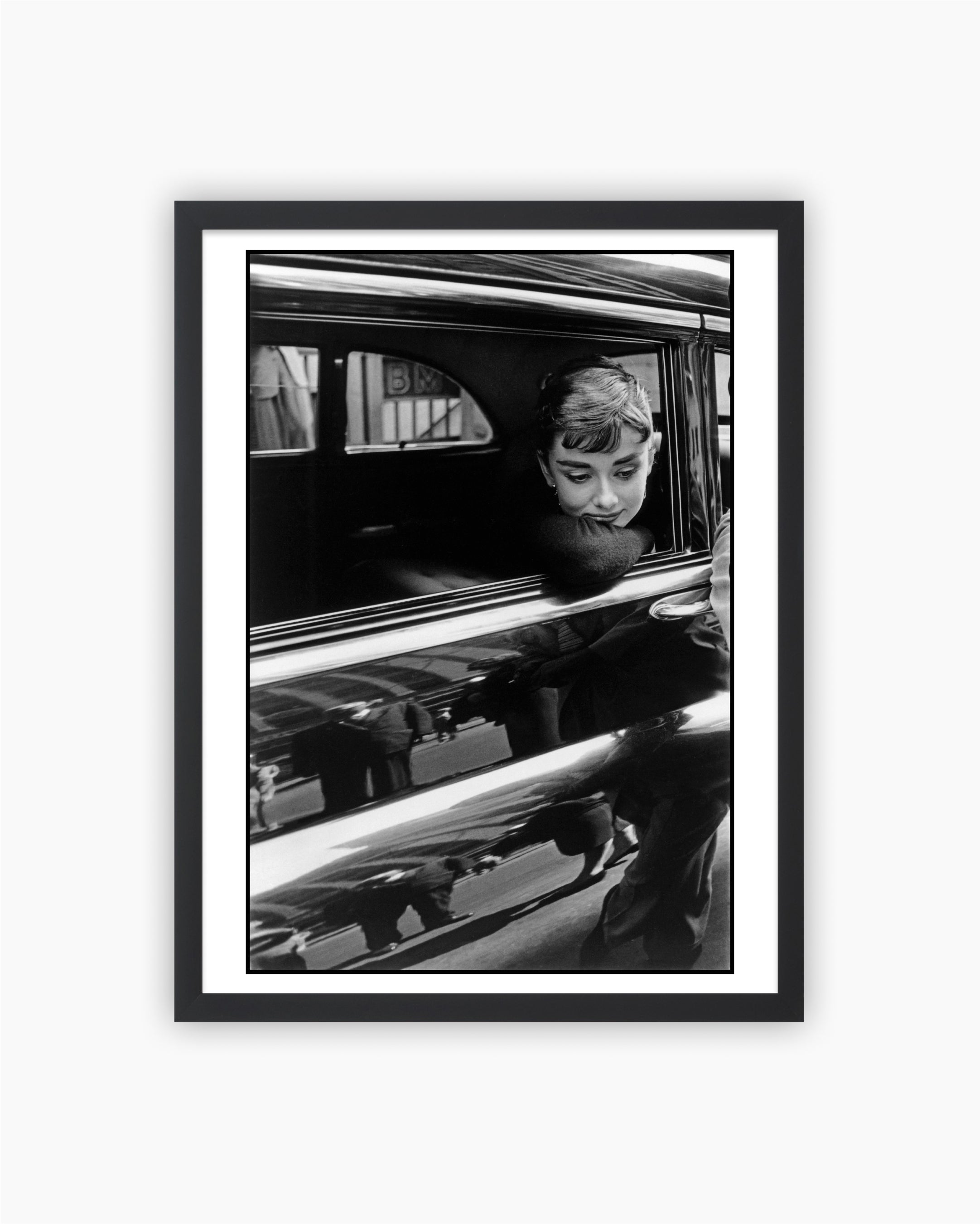 Vendor:Dennis Stock
Vendor:Dennis StockMagnum Editions Poster: Audrey Hepburn in New York, 1954
- Regular price
- $100.00 - $300.00
- Sale price
- $100.00 - $300.00
- Regular price
-
-
Magnum Editions Poster: San Diego Coastline, 1968

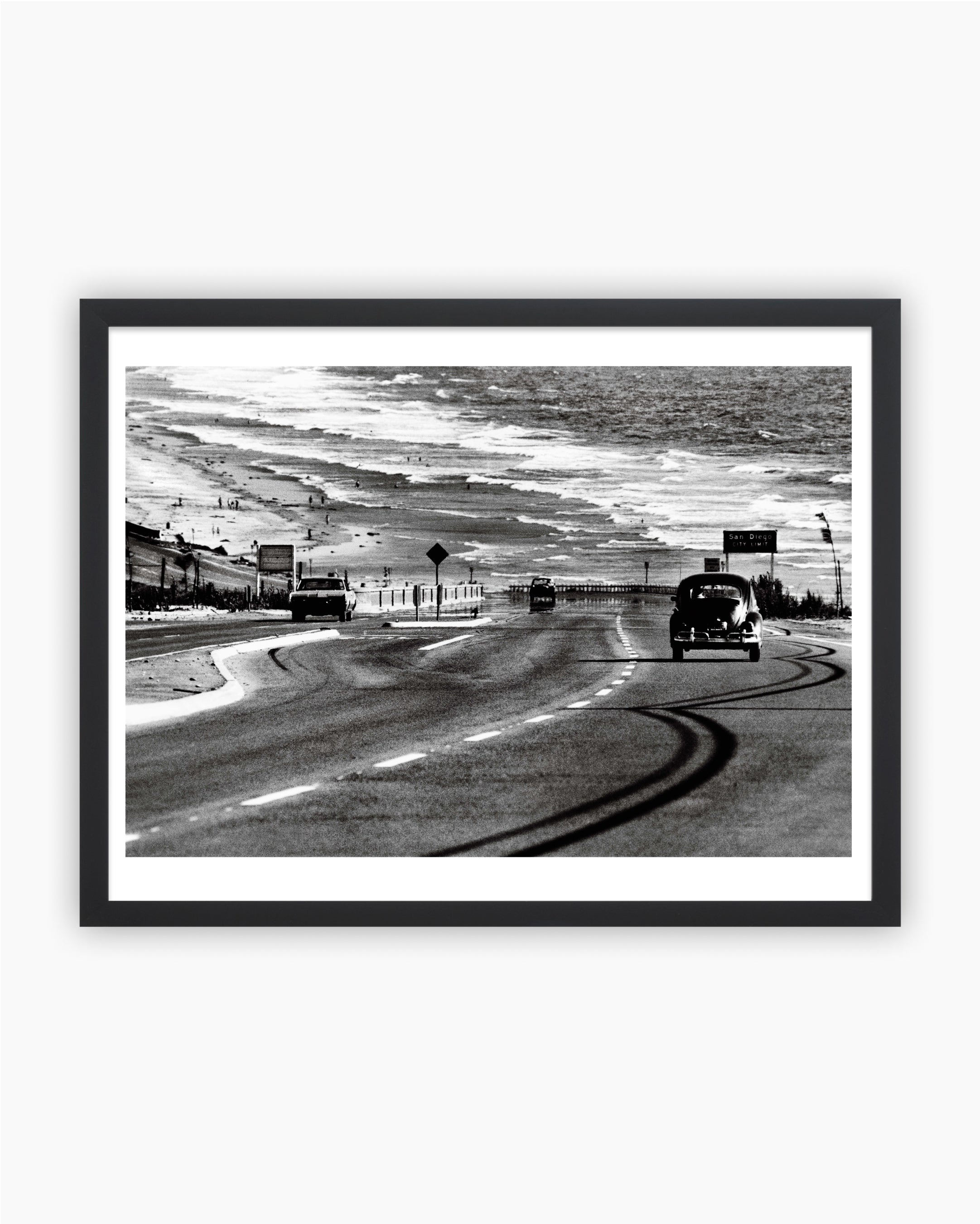 Vendor:Dennis Stock
Vendor:Dennis StockMagnum Editions Poster: San Diego Coastline, 1968
- Regular price
- $100.00 - $300.00
- Sale price
- $100.00 - $300.00
- Regular price
-
-
Magnum Editions Poster: Los Angeles, California, 1968
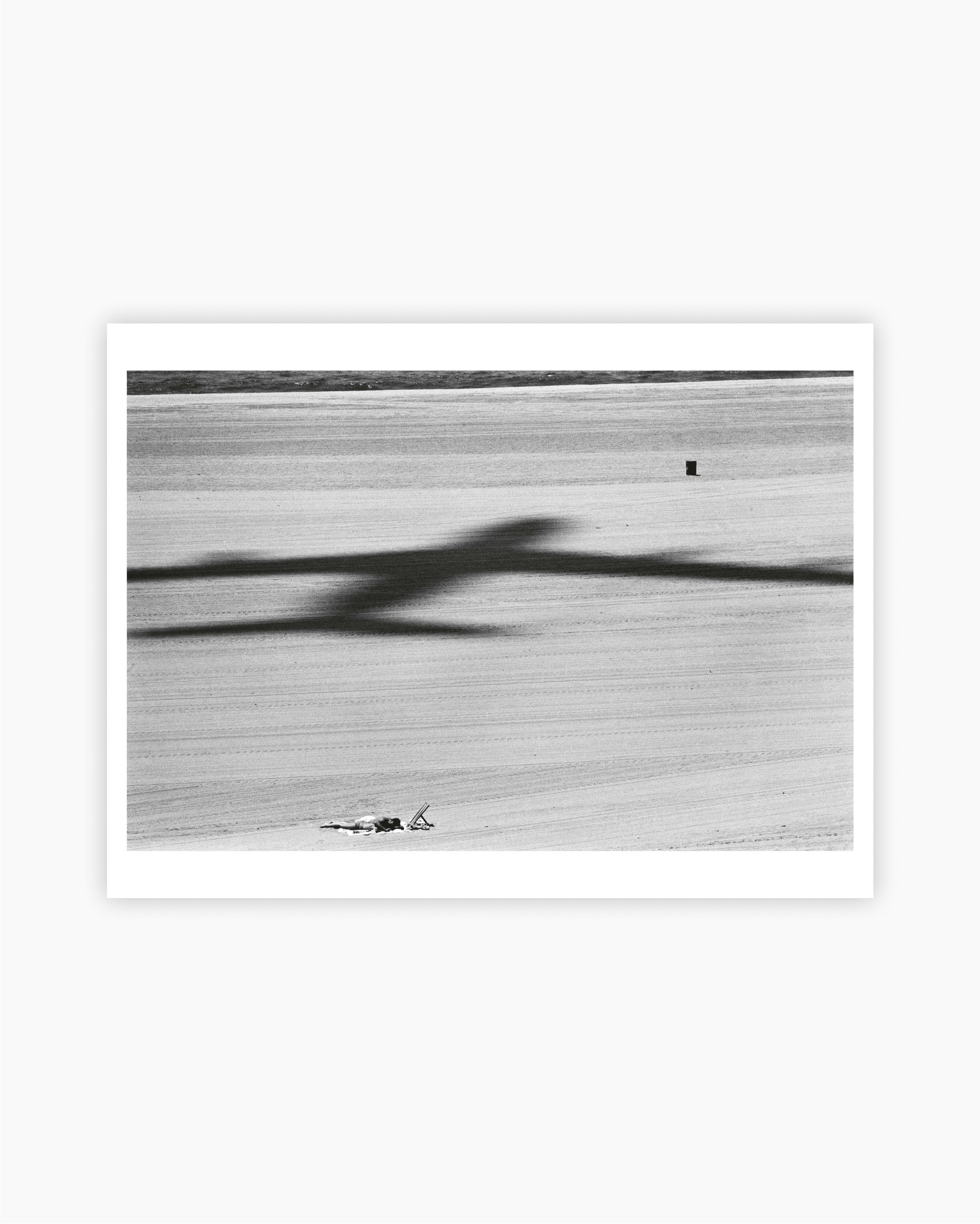
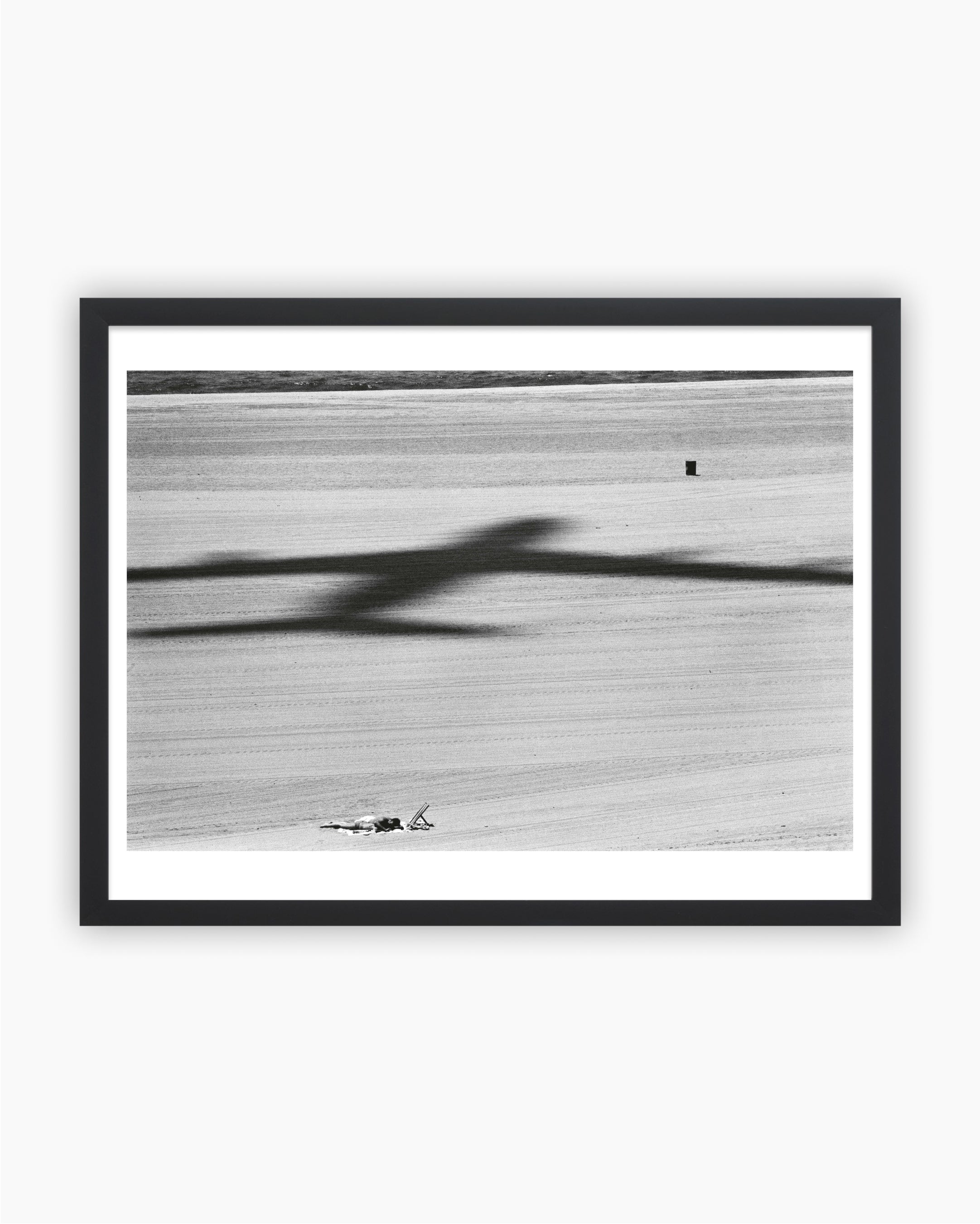 Vendor:Dennis Stock
Vendor:Dennis StockMagnum Editions Poster: Los Angeles, California, 1968
- Regular price
- $100.00 - $300.00
- Sale price
- $100.00 - $300.00
- Regular price
-
-
Magnum Editions Poster: James Dean in New York City, 1955
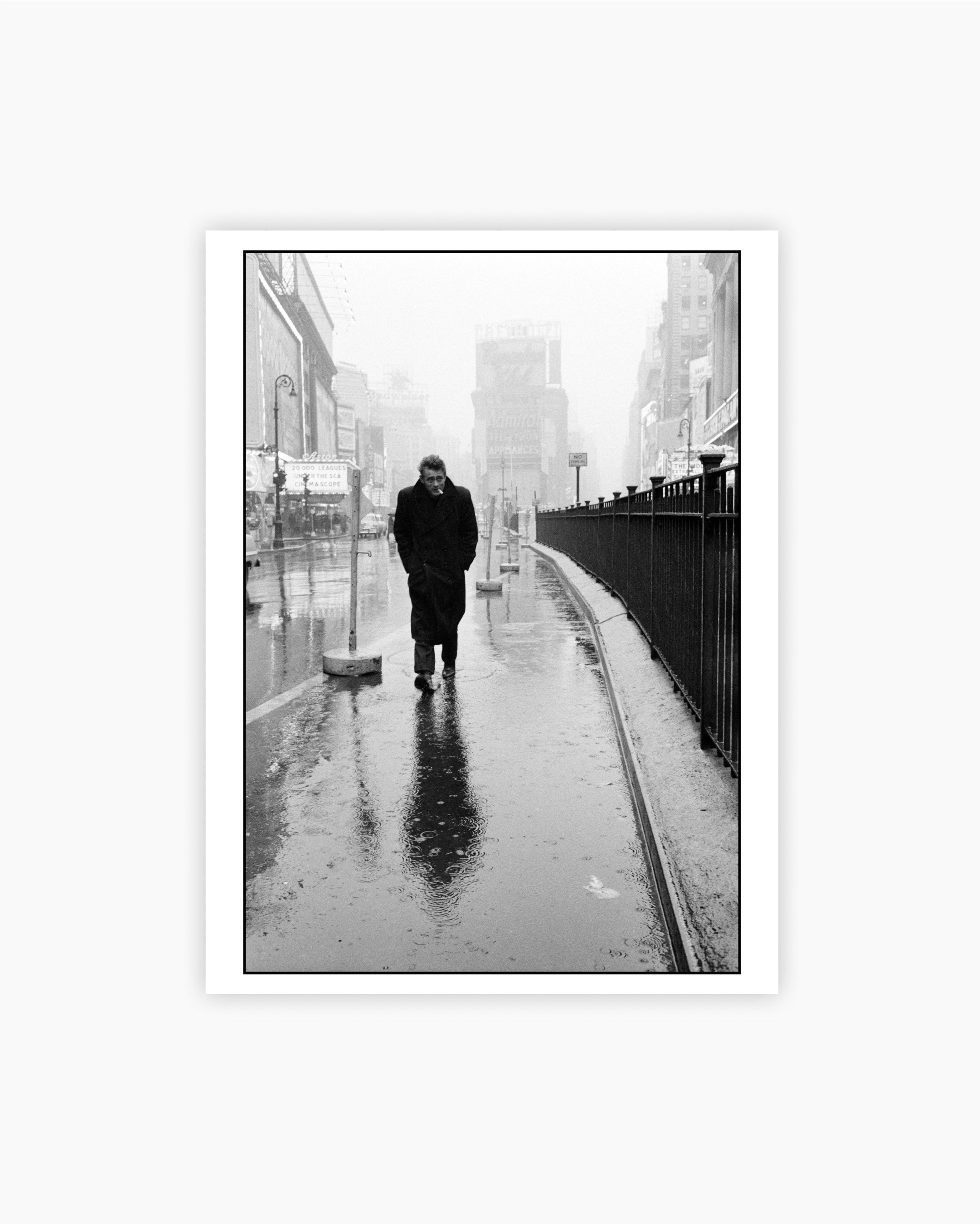
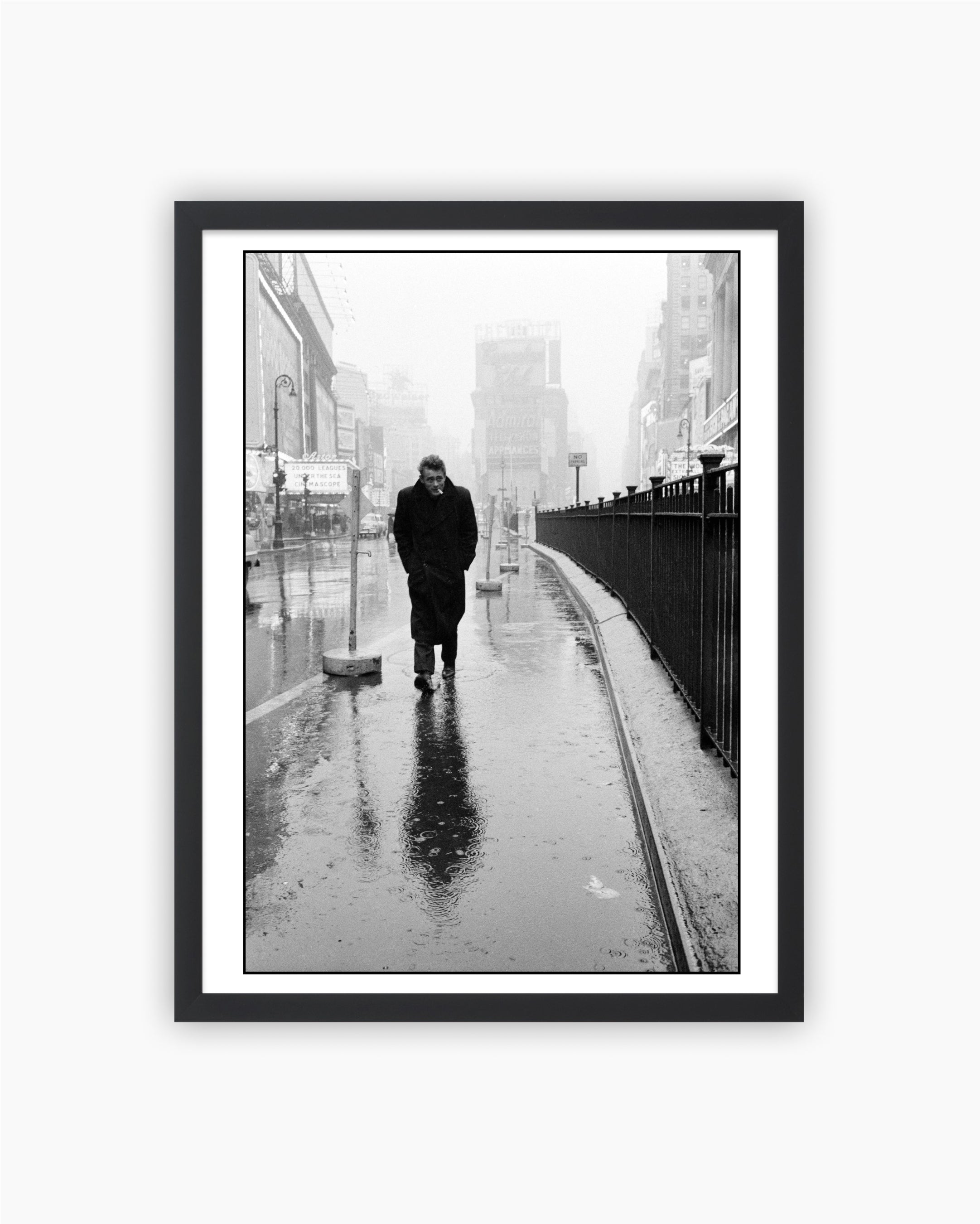 Vendor:Dennis Stock
Vendor:Dennis StockMagnum Editions Poster: James Dean in New York City, 1955
- Regular price
- $100.00 - $300.00
- Sale price
- $100.00 - $300.00
- Regular price
-
-
Magnum Editions Poster: James Dean in Fairmount, Indiana, 1955
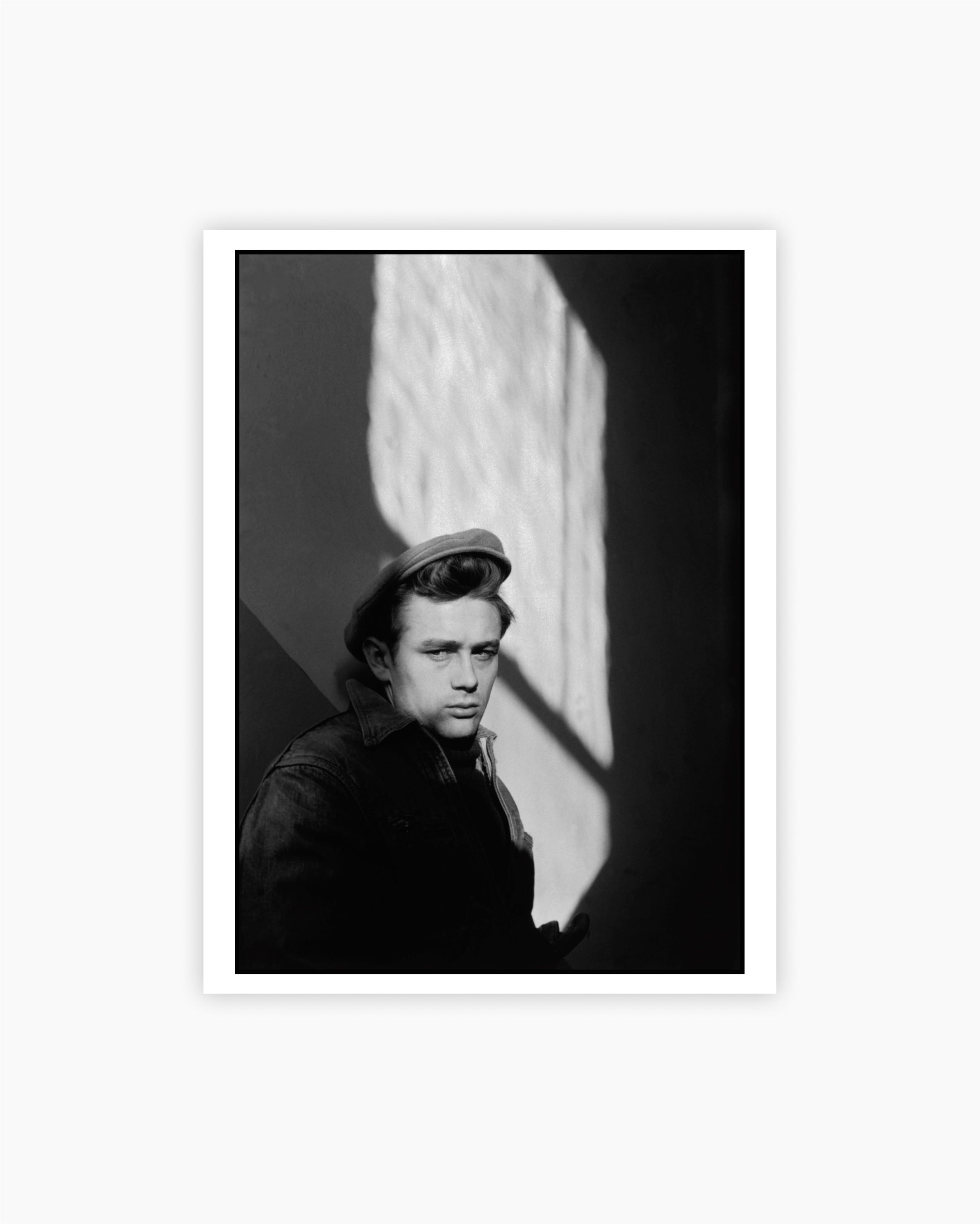
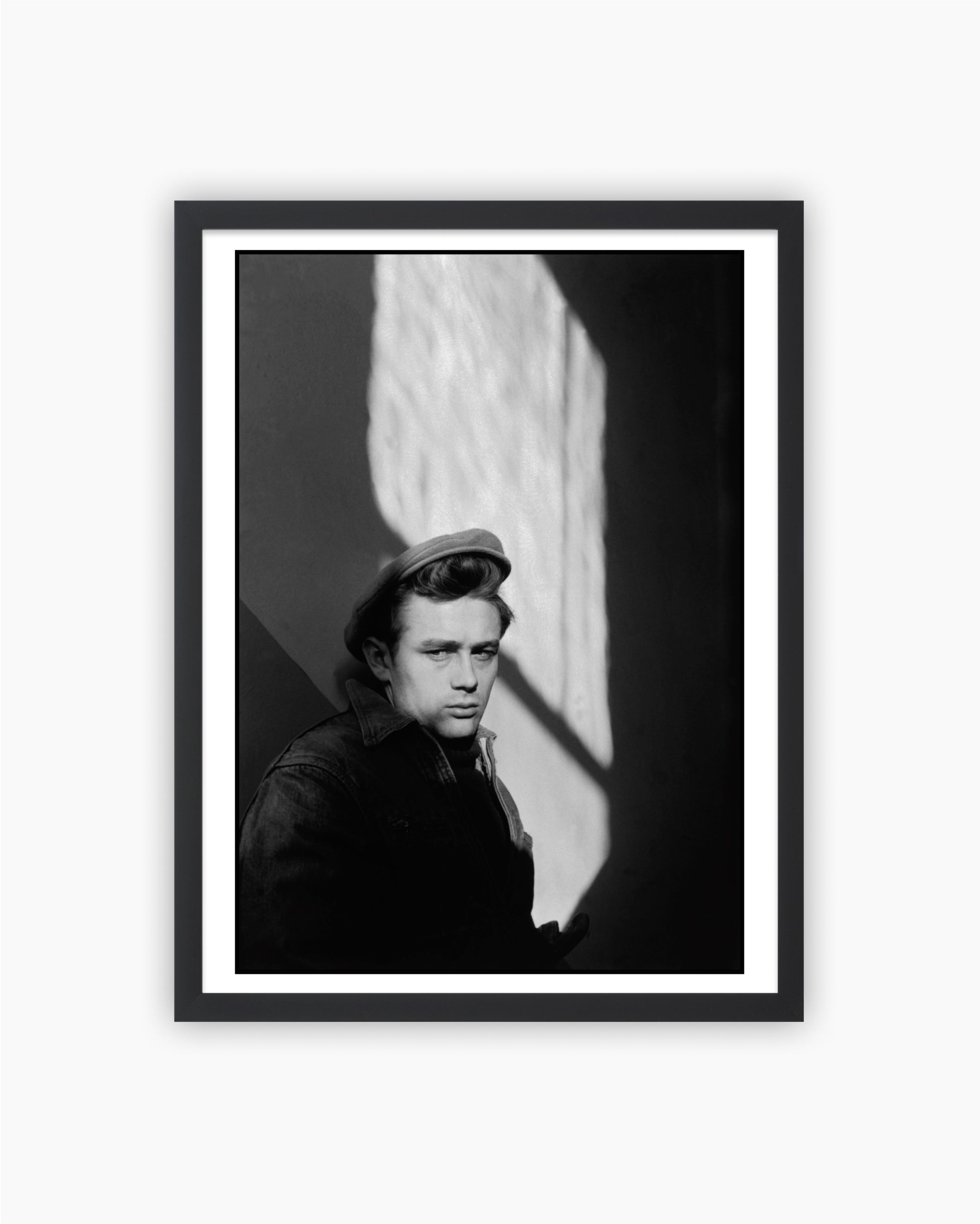 Vendor:Dennis Stock
Vendor:Dennis StockMagnum Editions Poster: James Dean in Fairmount, Indiana, 1955
- Regular price
- $100.00 - $300.00
- Sale price
- $100.00 - $300.00
- Regular price
-
-
Magnum Editions Poster: Kid Punch Miller in New Orleans, Louisianna, 1958
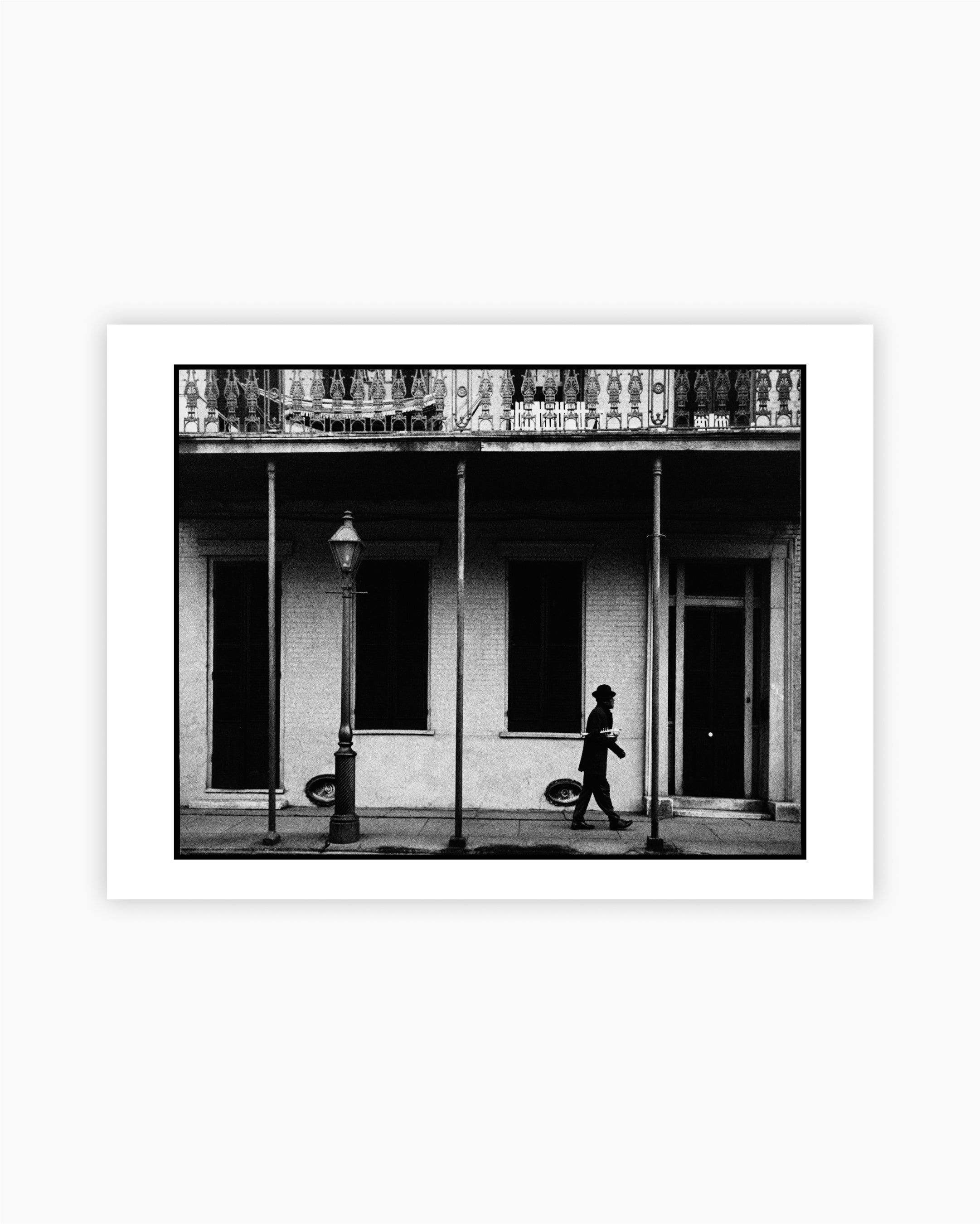
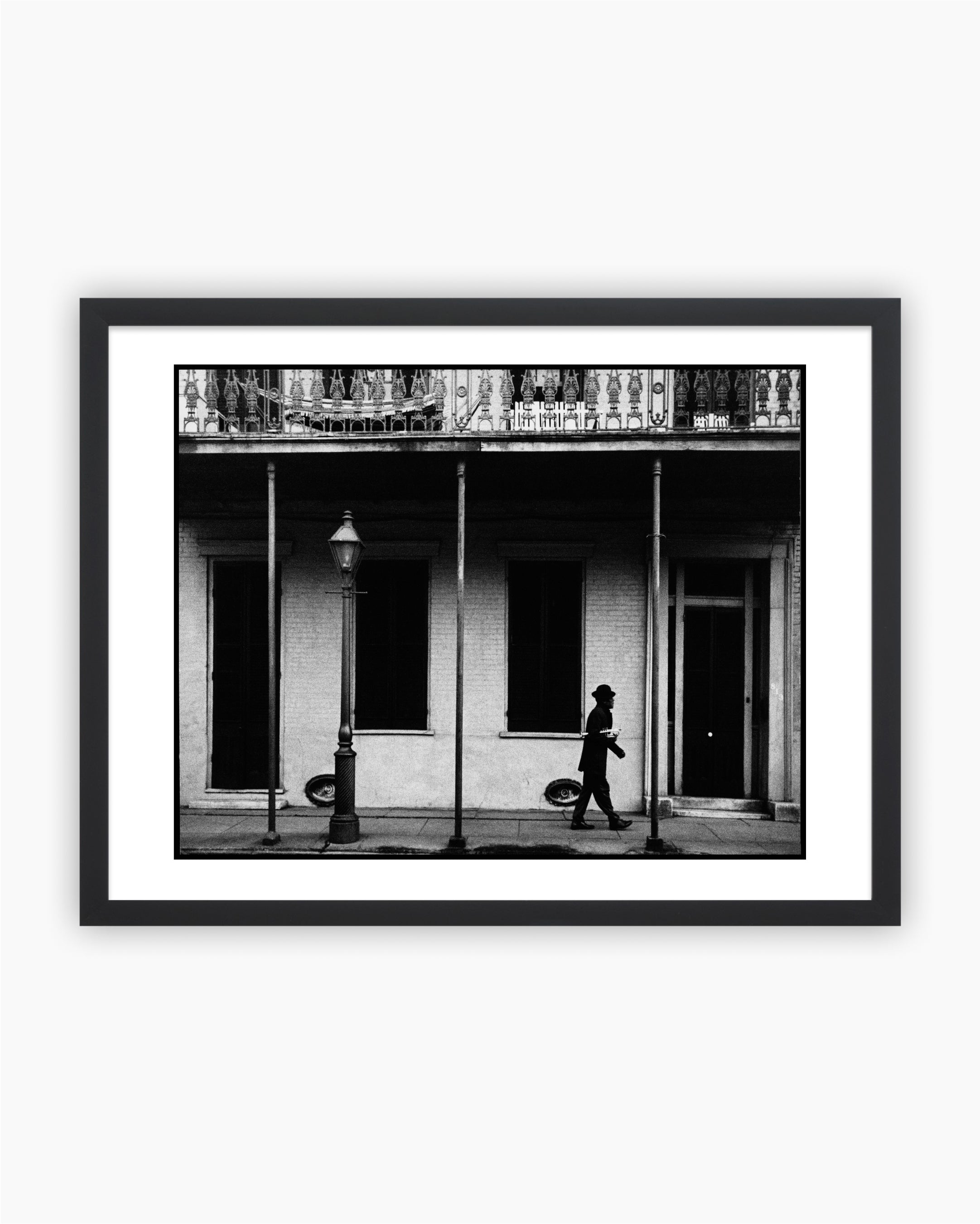 Vendor:Dennis Stock
Vendor:Dennis StockMagnum Editions Poster: Kid Punch Miller in New Orleans, Louisianna, 1958
- Regular price
- $100.00 - $300.00
- Sale price
- $100.00 - $300.00
- Regular price
-
-
Magnum Editions Poster: Marilyn Monroe, 1954
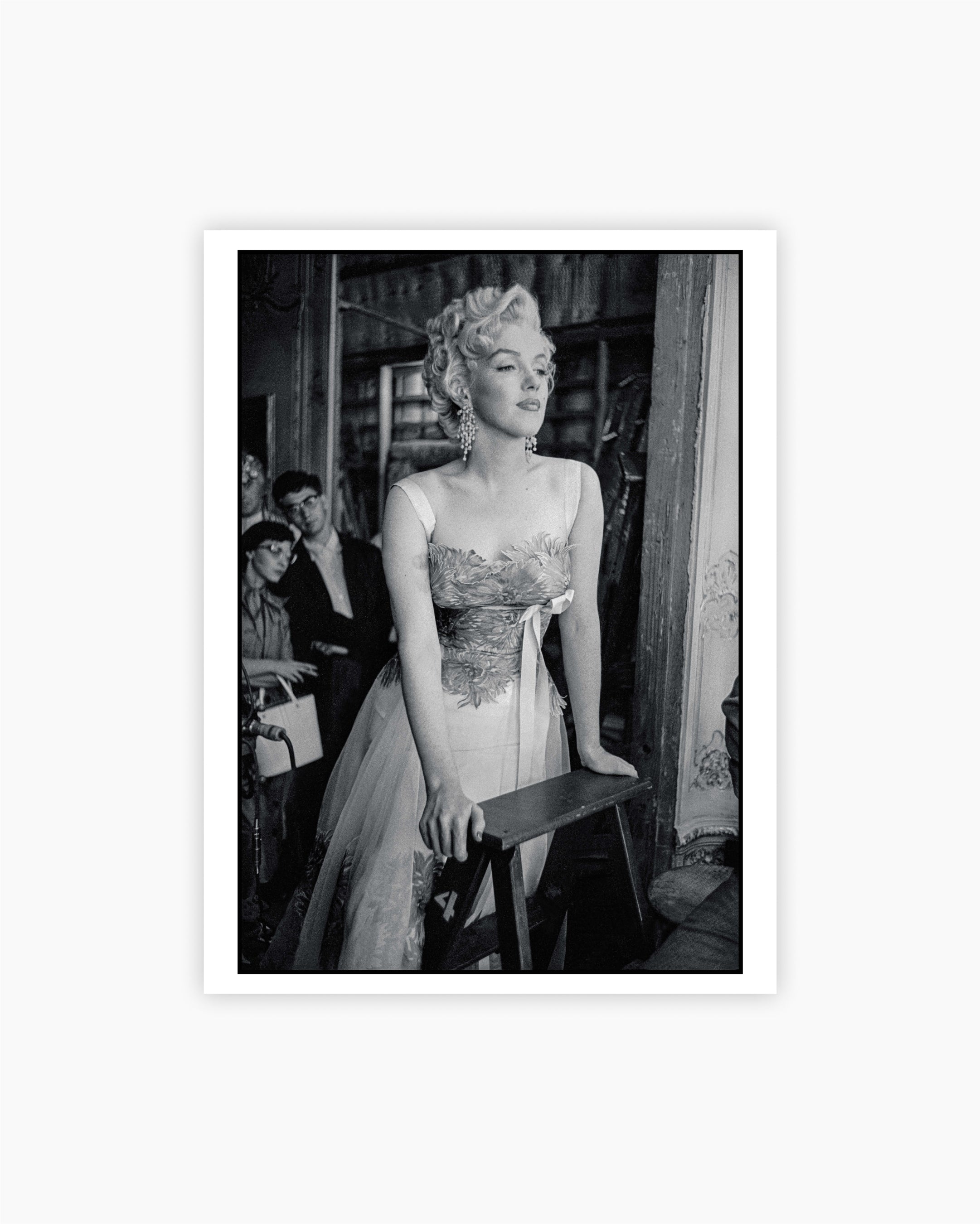
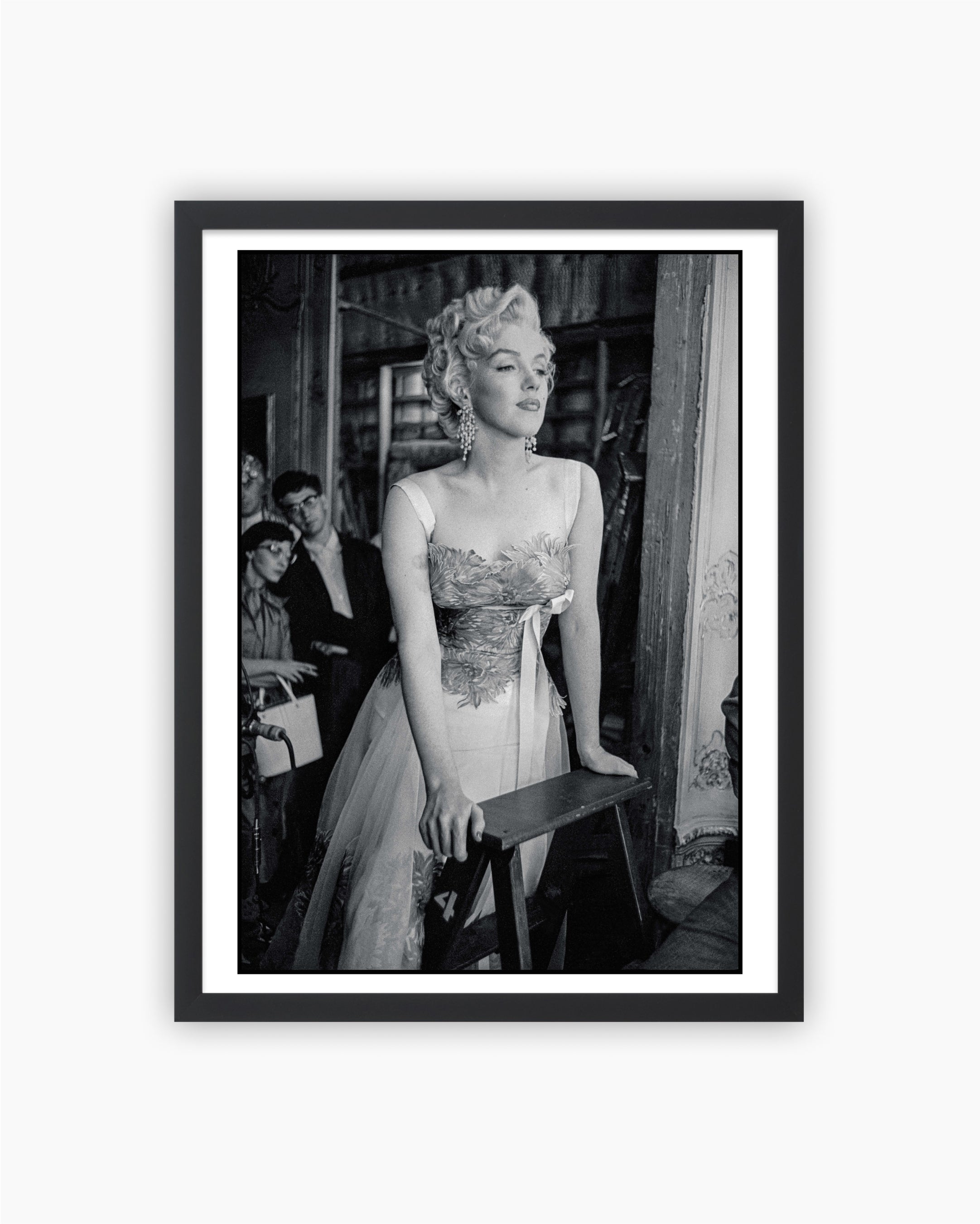 Vendor:Dennis Stock
Vendor:Dennis StockMagnum Editions Poster: Marilyn Monroe, 1954
- Regular price
- $100.00 - $300.00
- Sale price
- $100.00 - $300.00
- Regular price
-
-
Magnum Editions Poster: Audrey Hepburn in New York, 1954
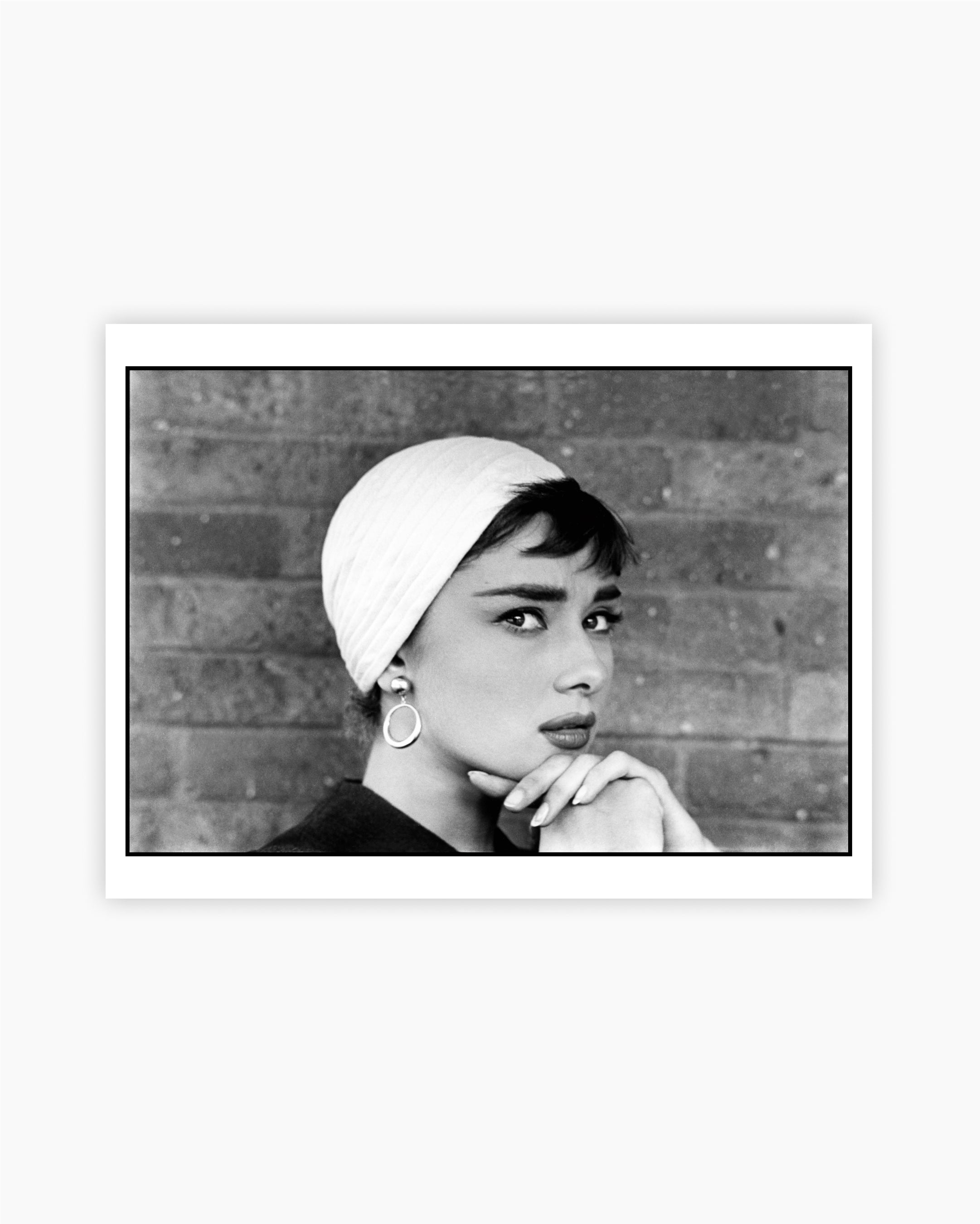
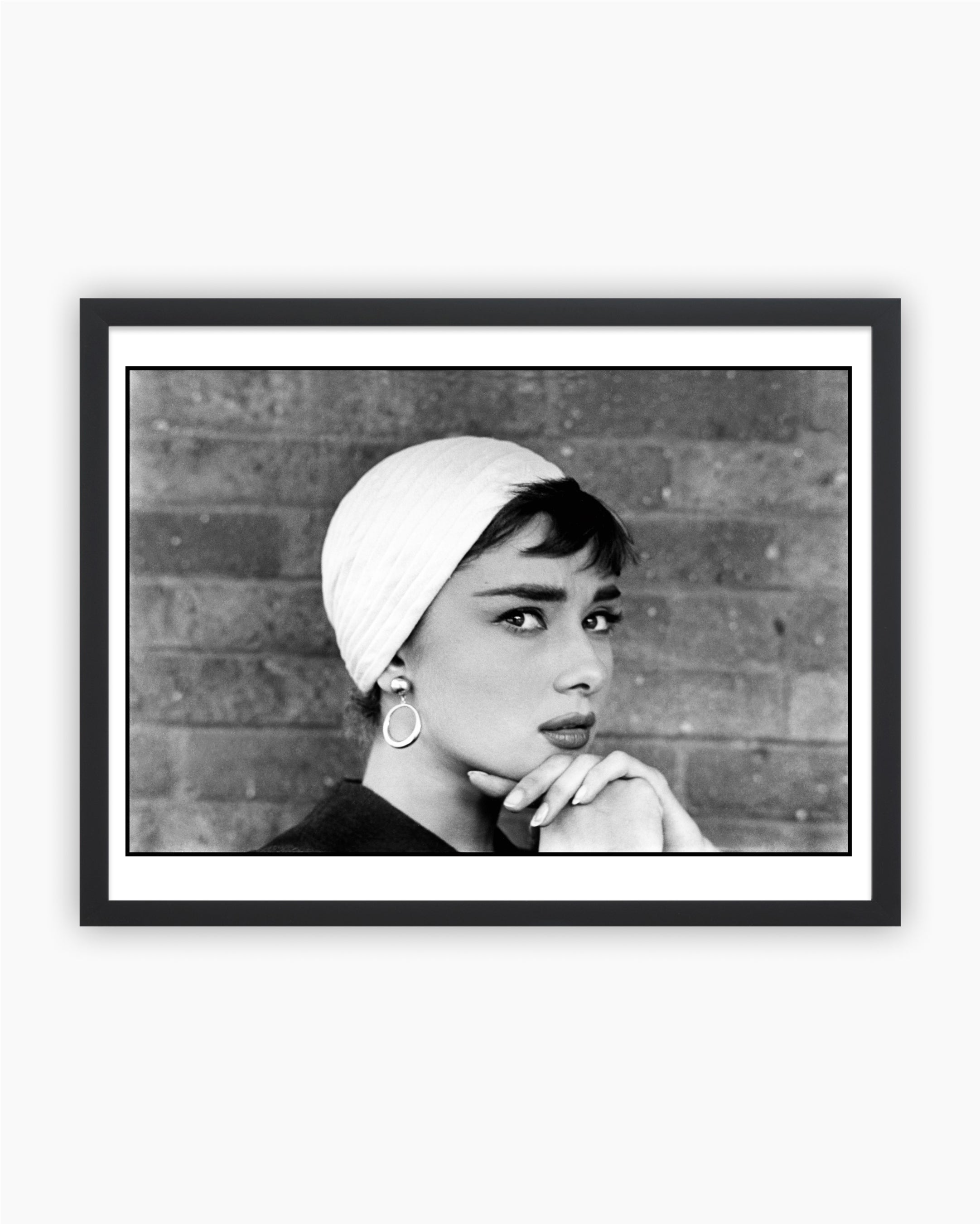 Vendor:Dennis Stock
Vendor:Dennis StockMagnum Editions Poster: Audrey Hepburn in New York, 1954
- Regular price
- $100.00 - $300.00
- Sale price
- $100.00 - $300.00
- Regular price
-
-
Magnum Editions Poster: Audrey Hepburn in New York, 1954
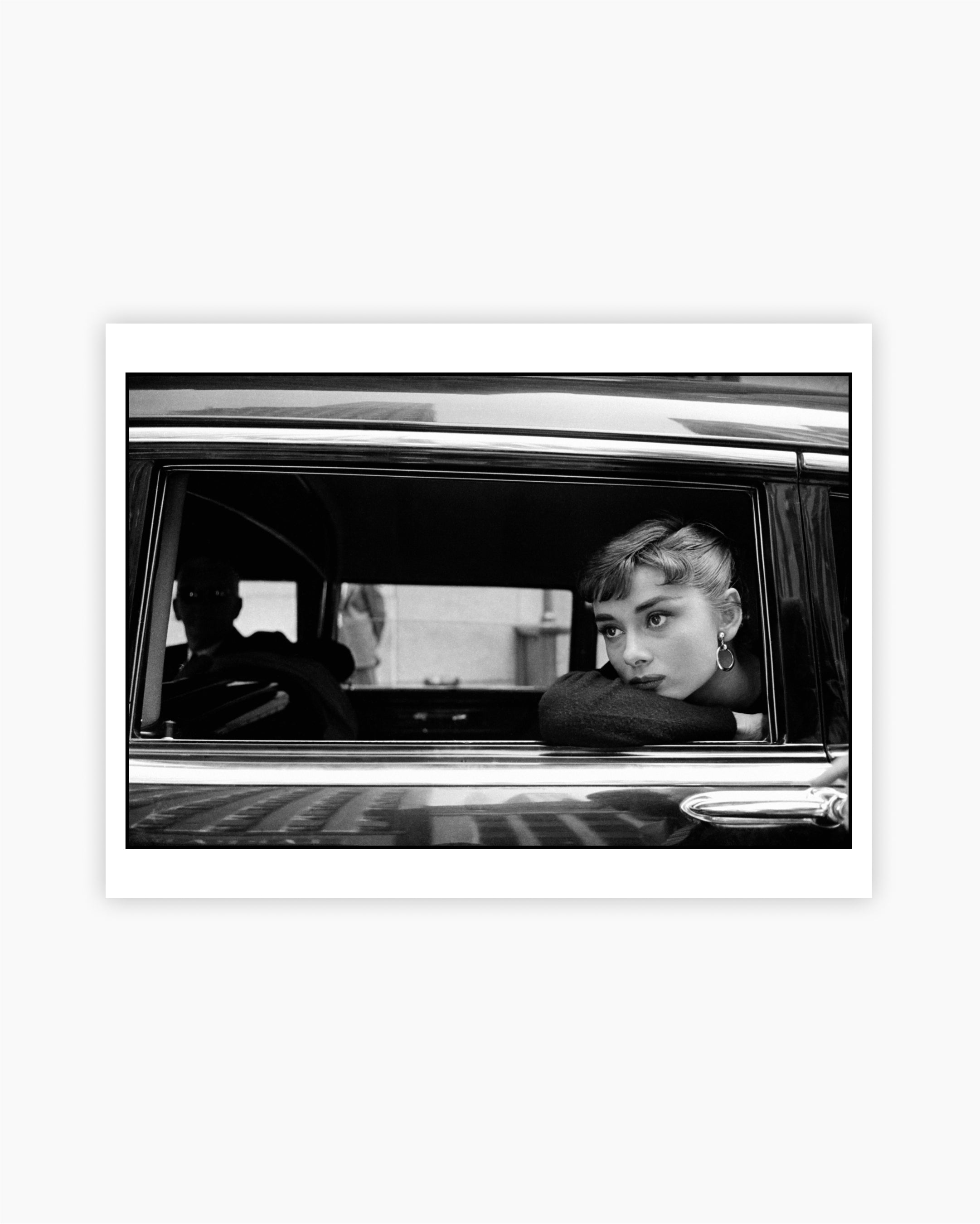
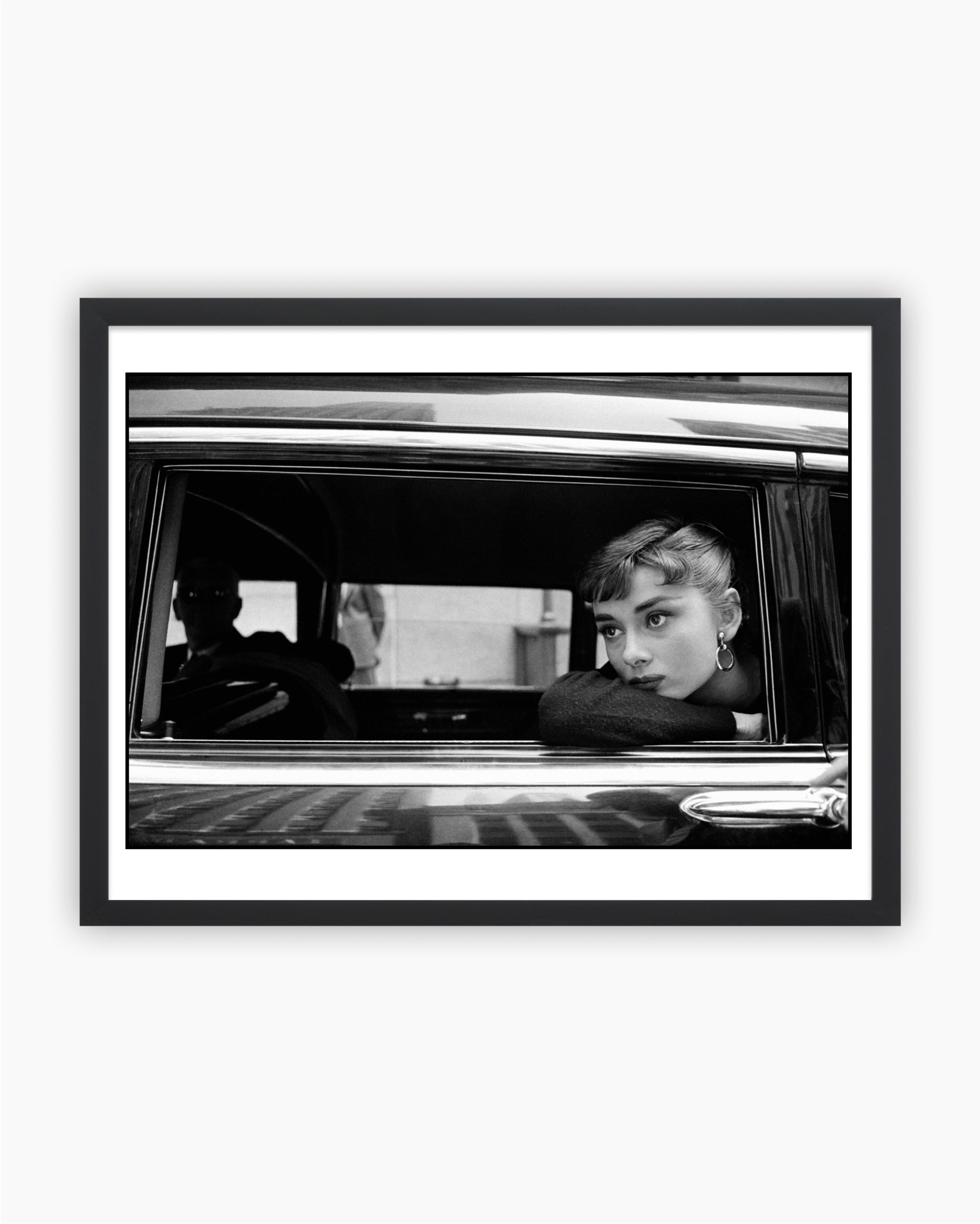 Vendor:Dennis Stock
Vendor:Dennis StockMagnum Editions Poster: Audrey Hepburn in New York, 1954
- Regular price
- $100.00 - $300.00
- Sale price
- $100.00 - $300.00
- Regular price
-
-
Magnum Editions Poster: Sophia Loren, 1963
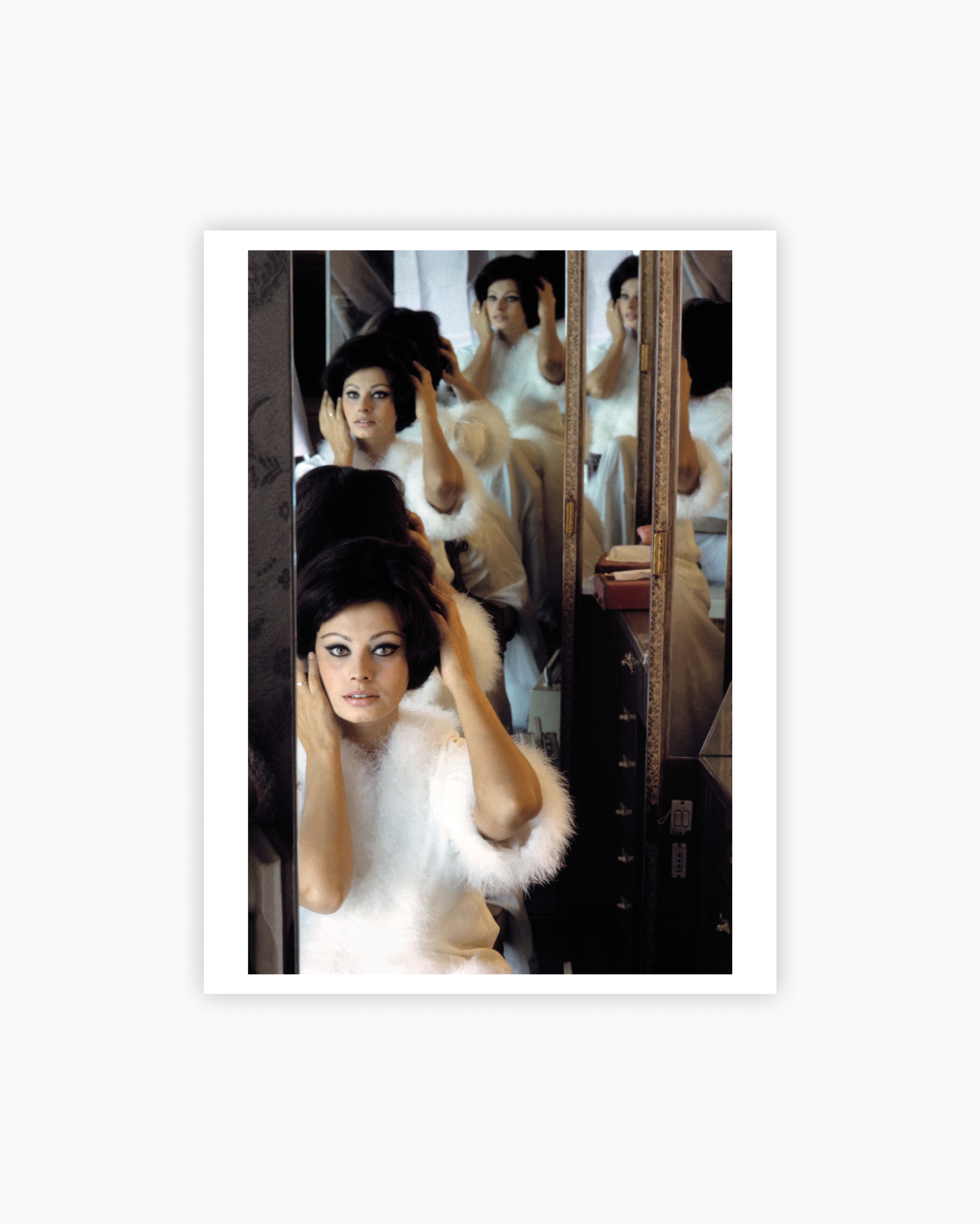
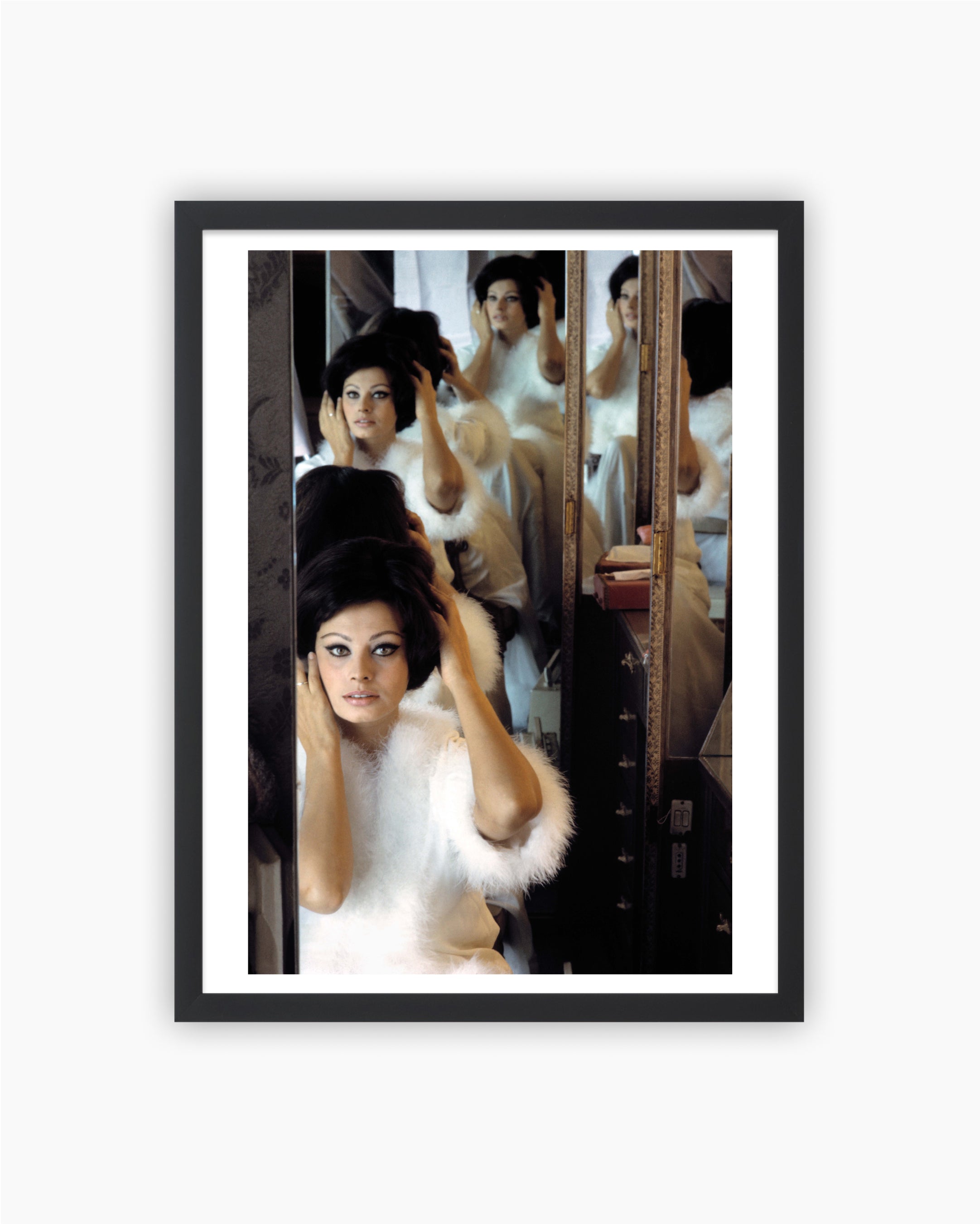 Vendor:Burt Glinn
Vendor:Burt GlinnMagnum Editions Poster: Sophia Loren, 1963
- Regular price
- $100.00 - $300.00
- Sale price
- $100.00 - $300.00
- Regular price
-
-
Magnum Editions Poster: Sammy Davis Jr Looks out a Manhattan Window, 1959
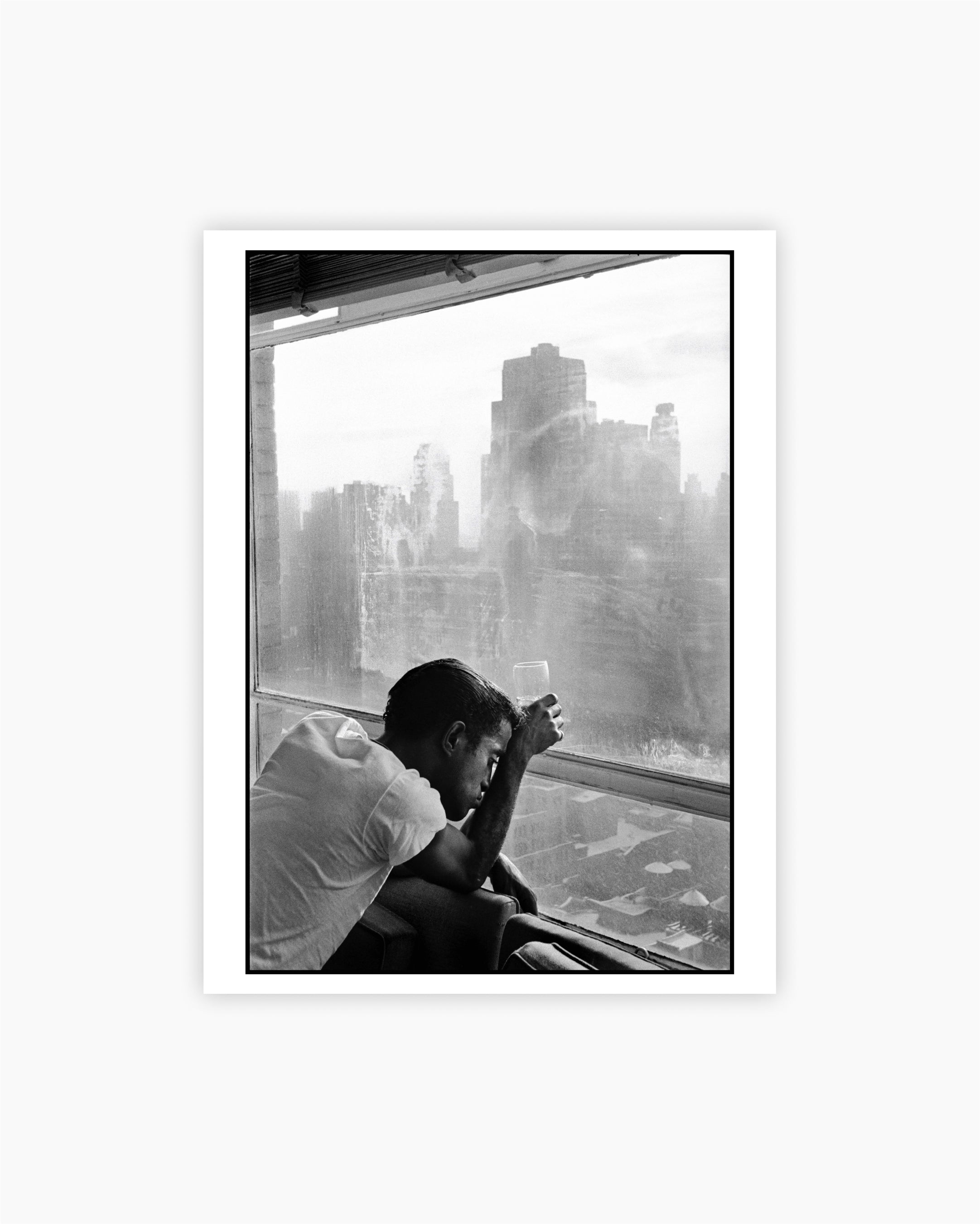
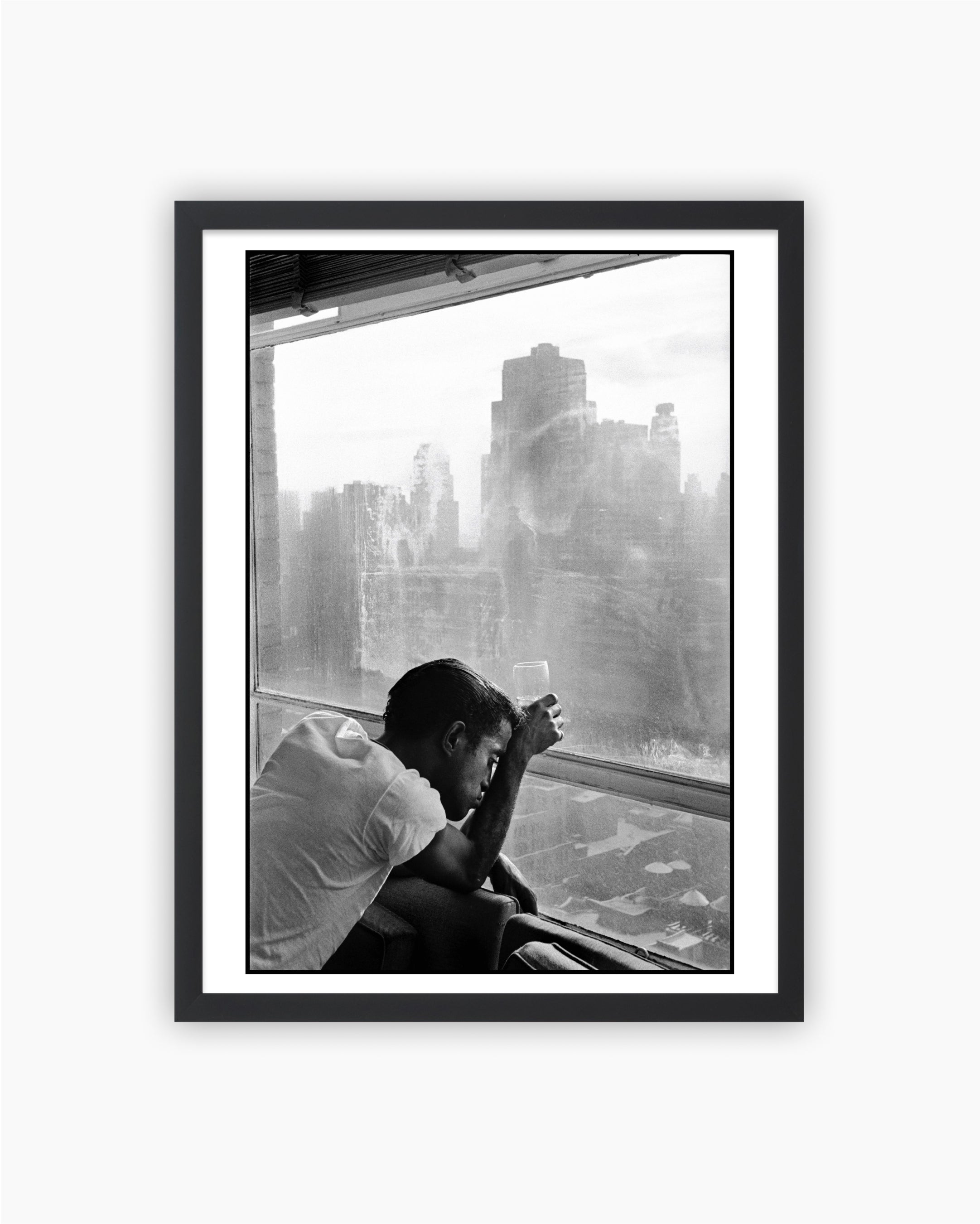 Vendor:Burt Glinn
Vendor:Burt GlinnMagnum Editions Poster: Sammy Davis Jr Looks out a Manhattan Window, 1959
- Regular price
- $100.00 - $300.00
- Sale price
- $100.00 - $300.00
- Regular price
-












































































